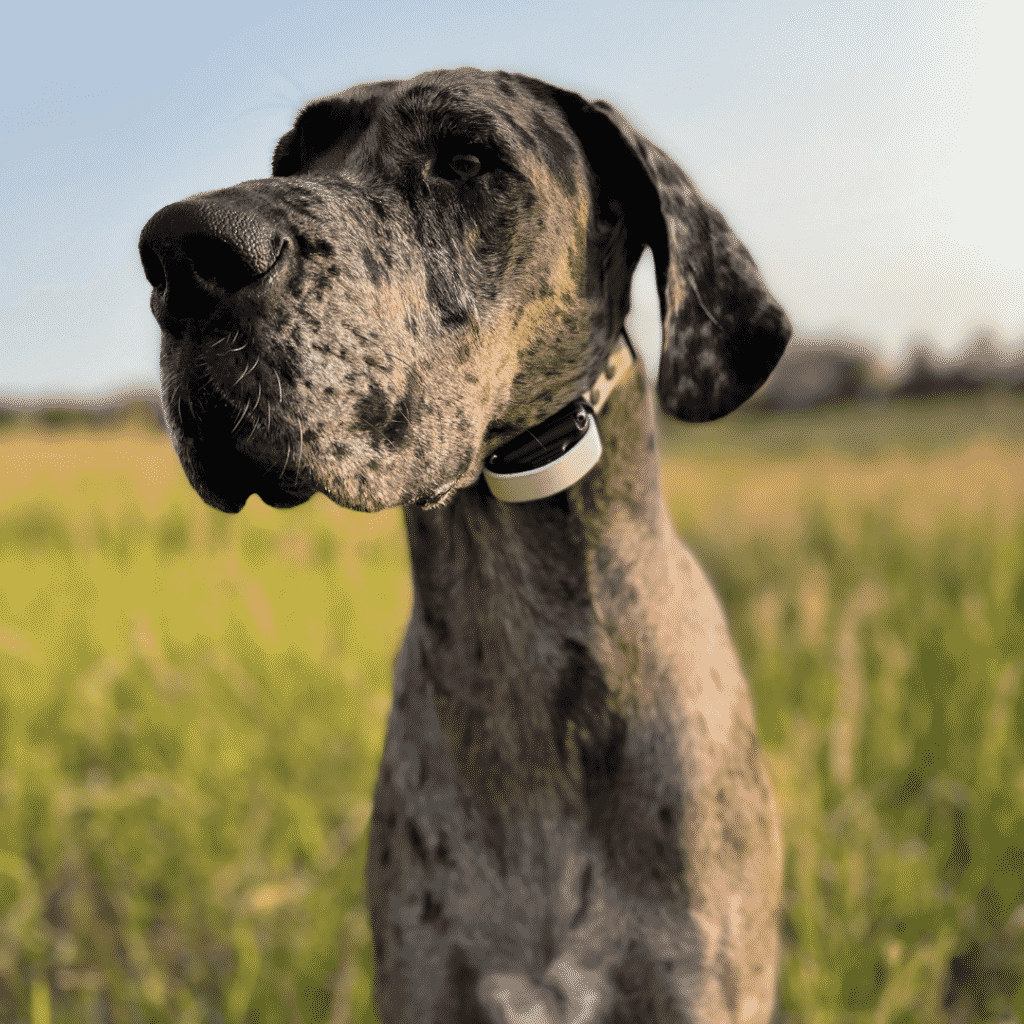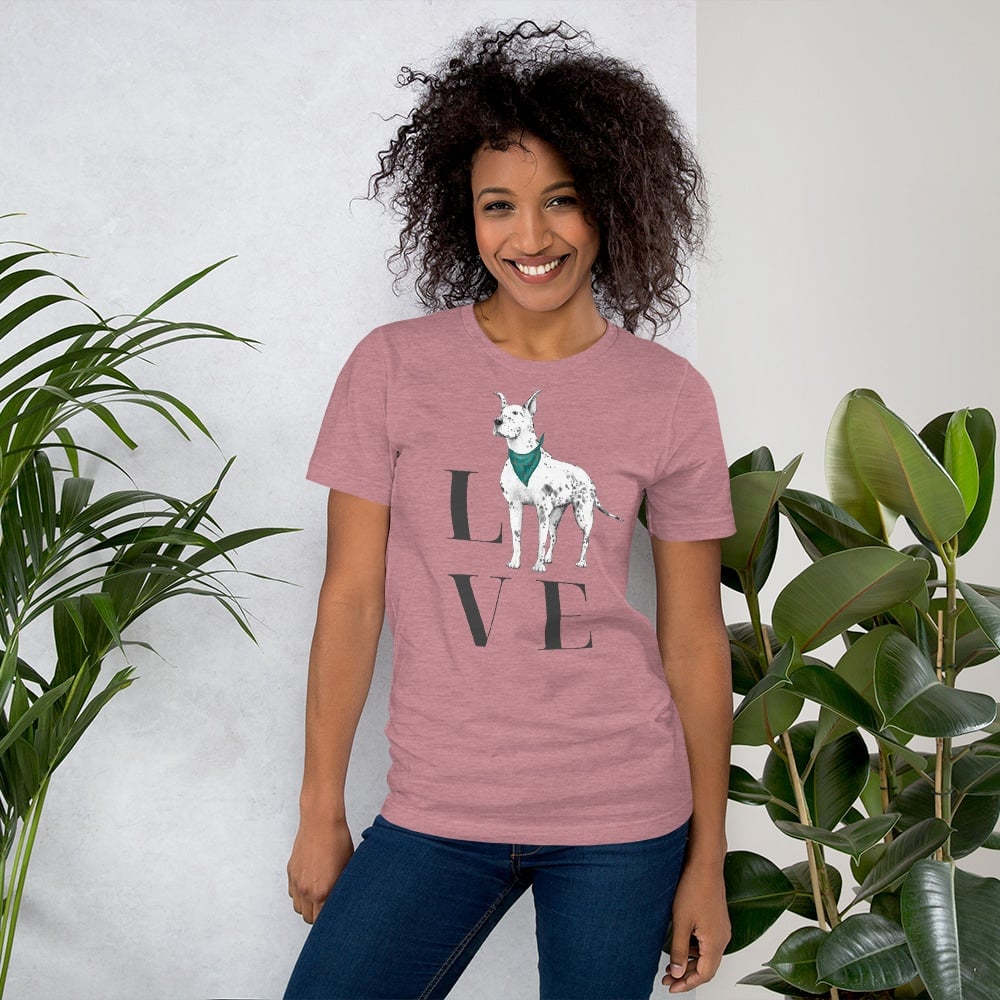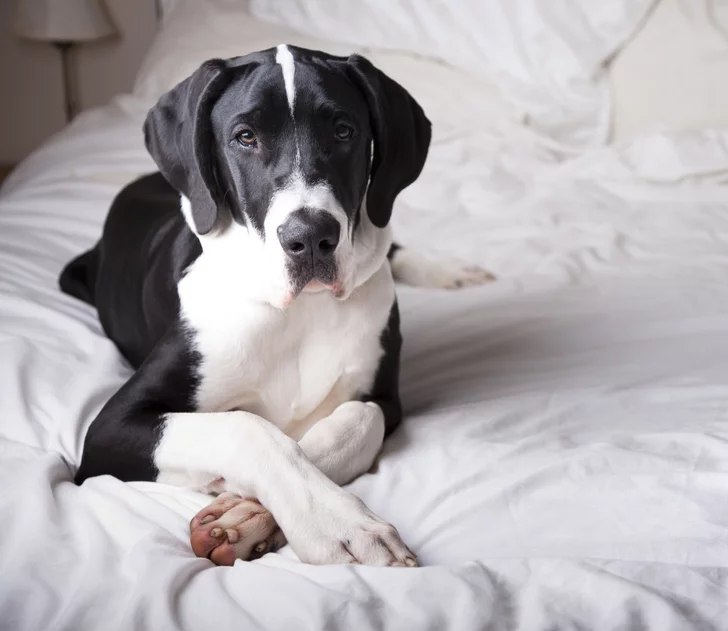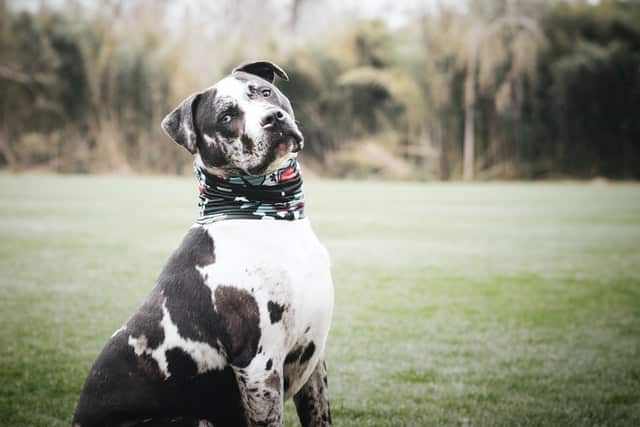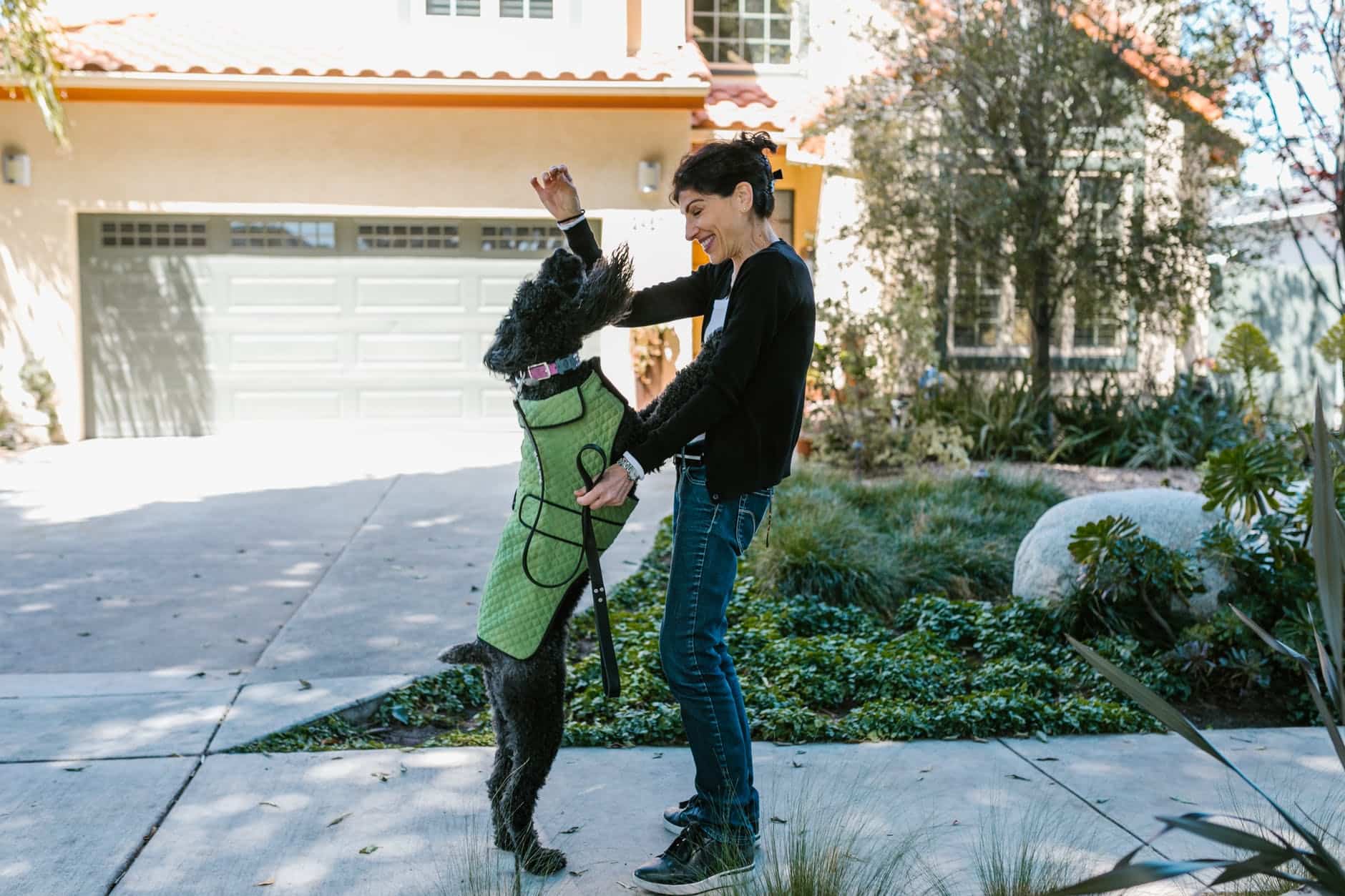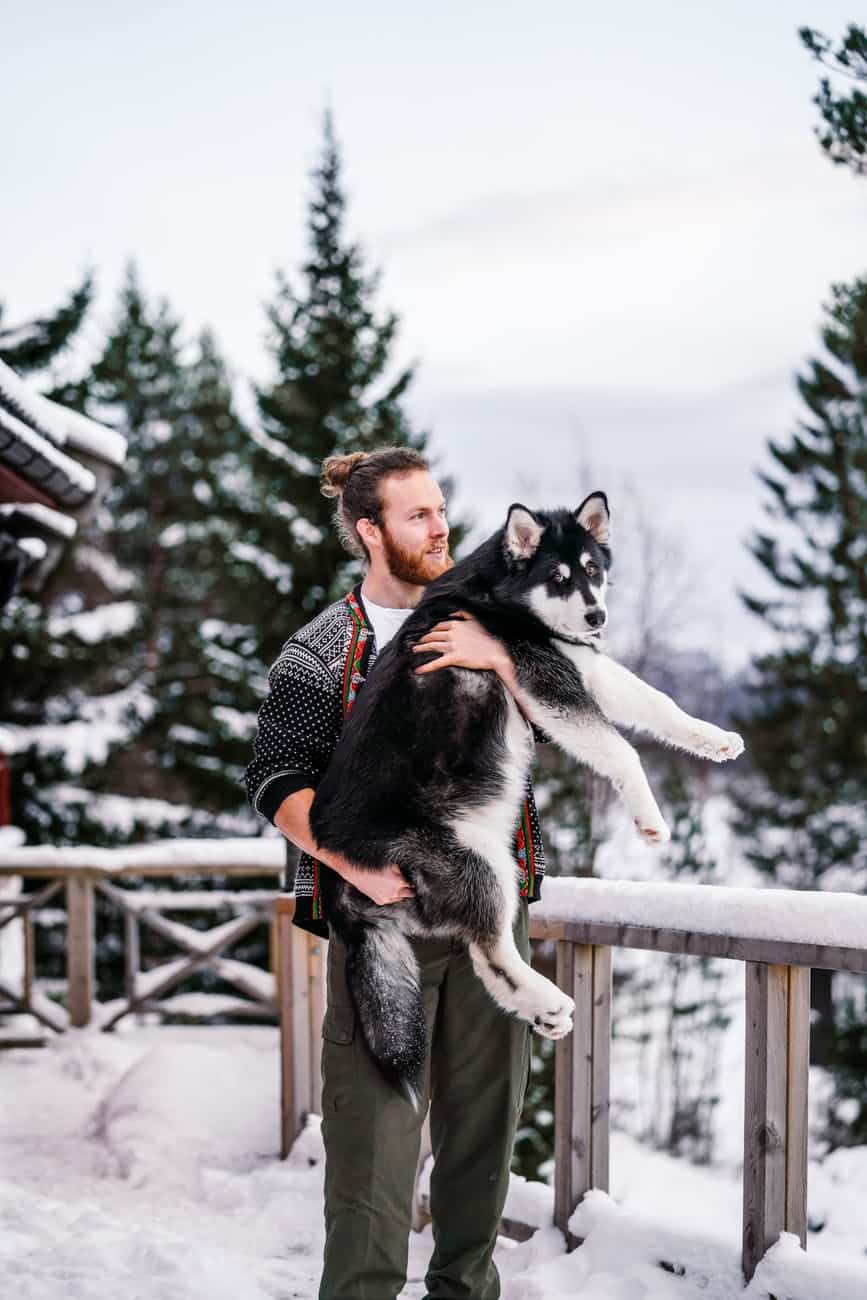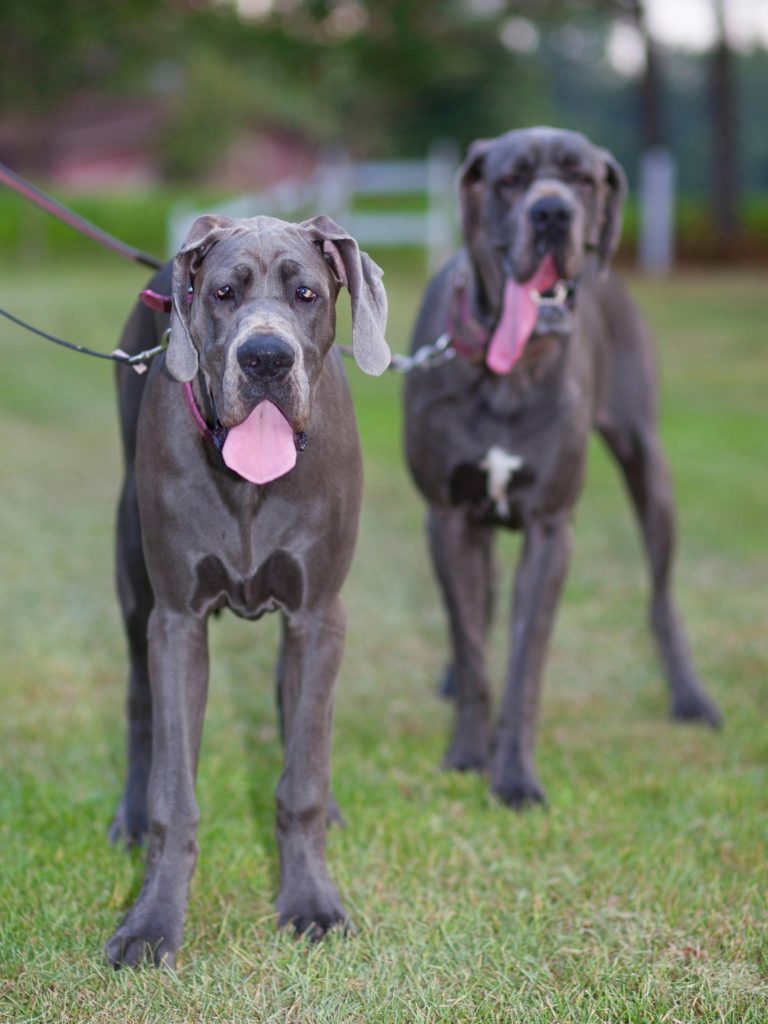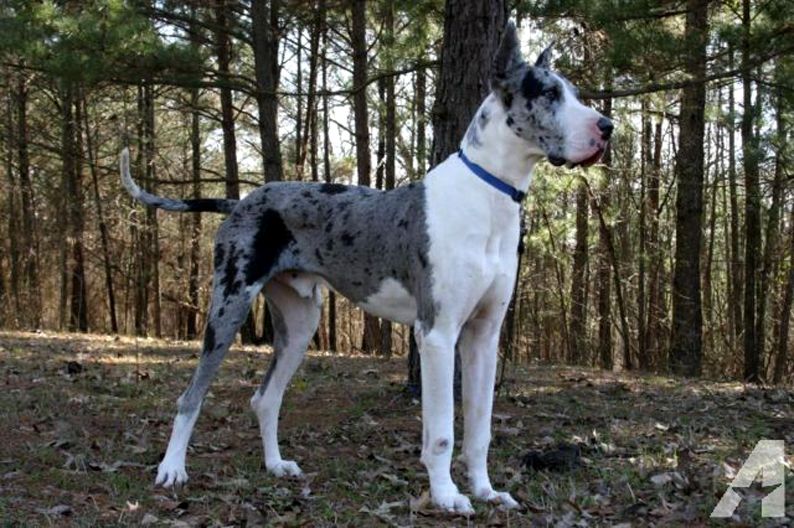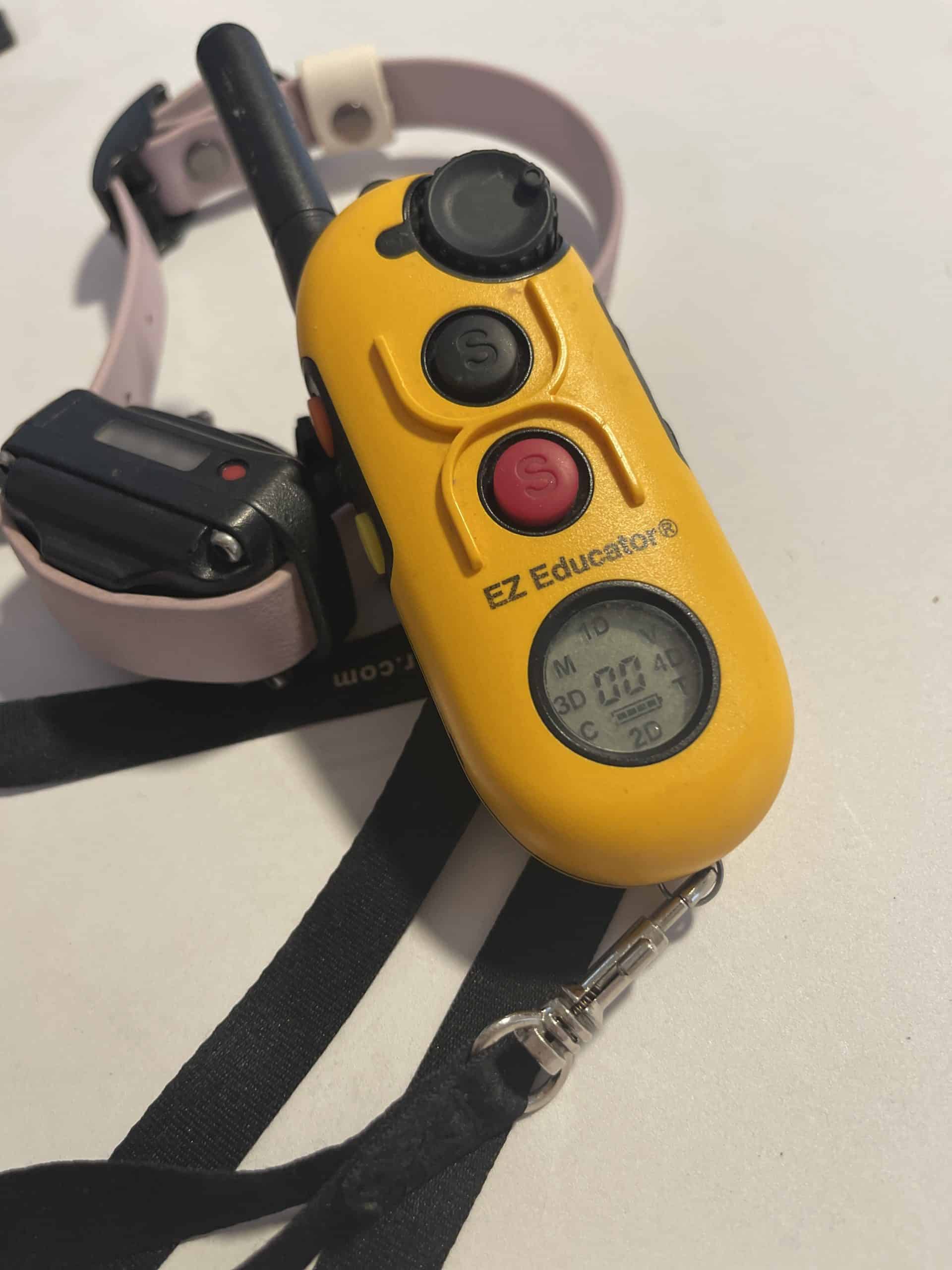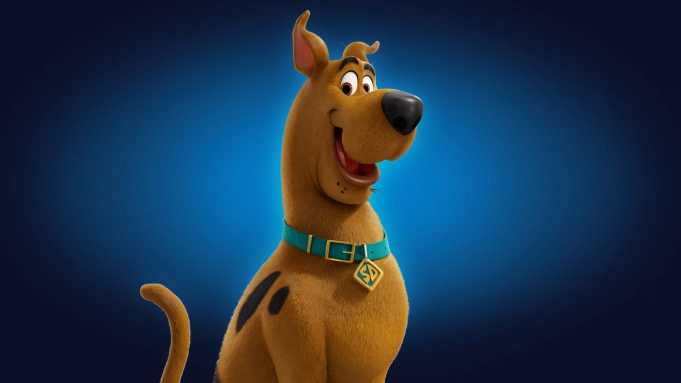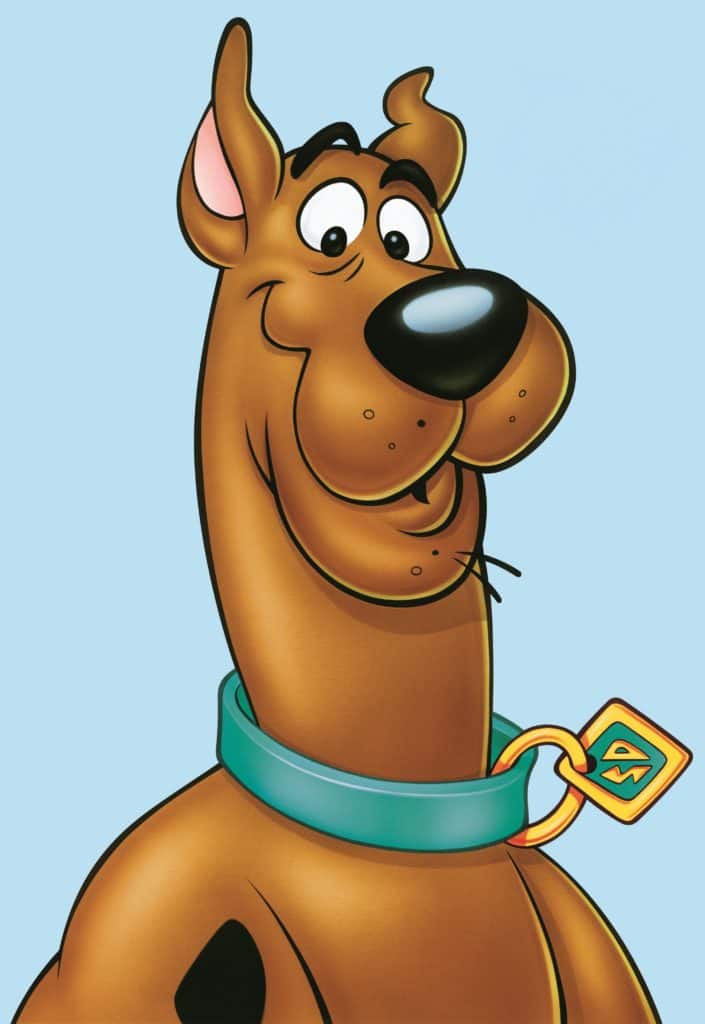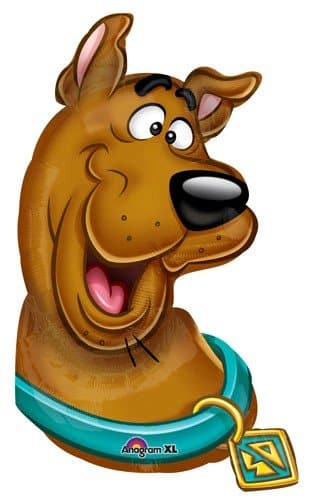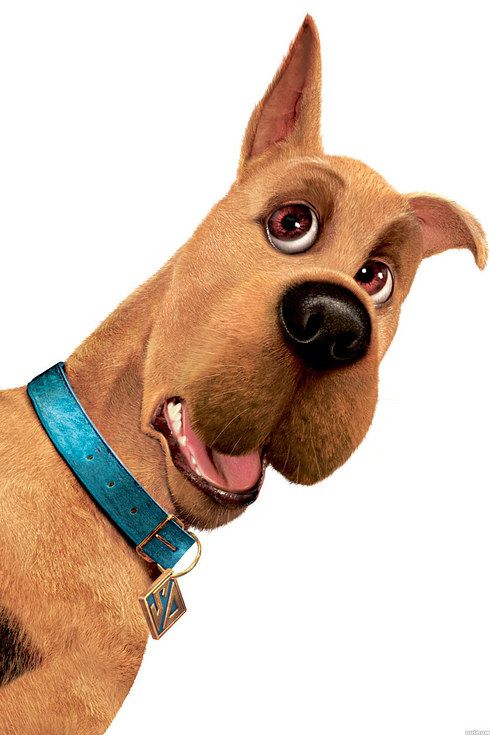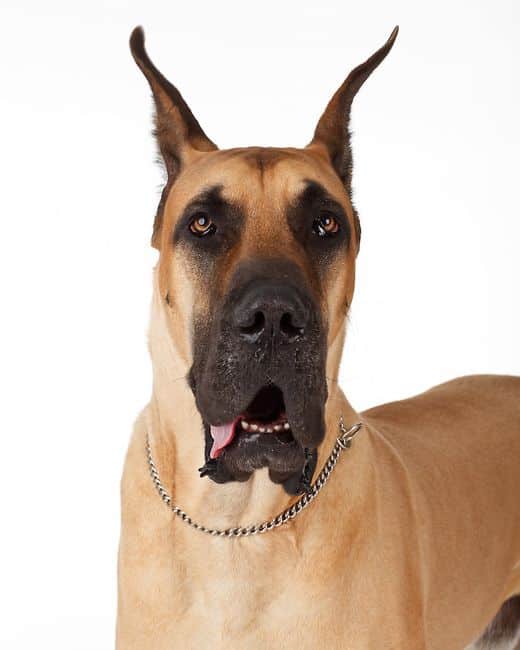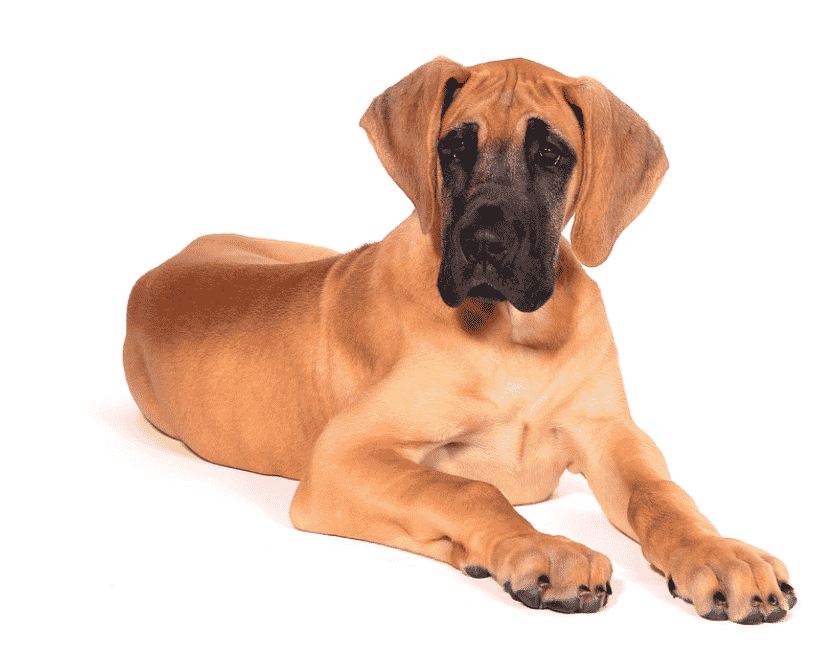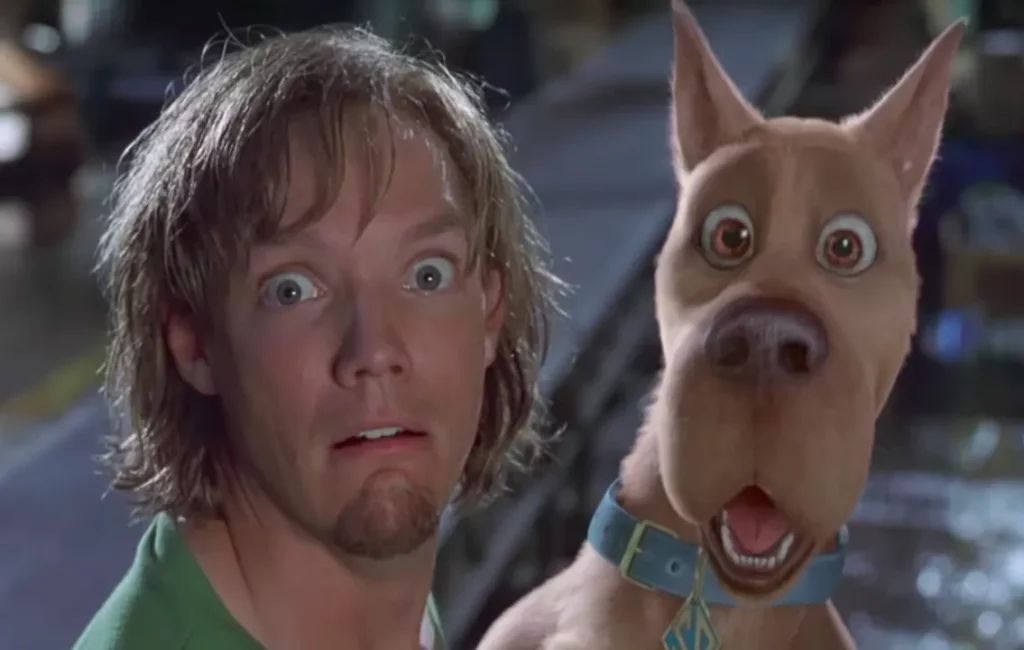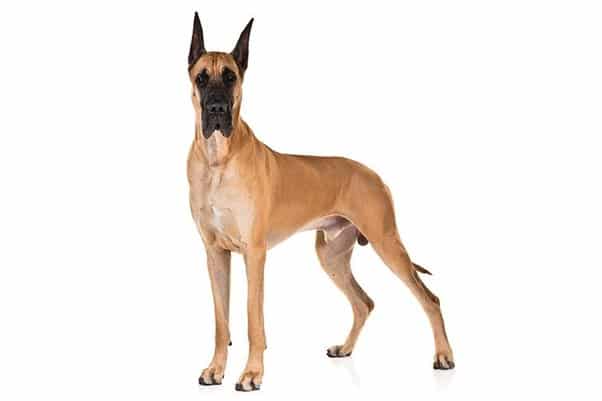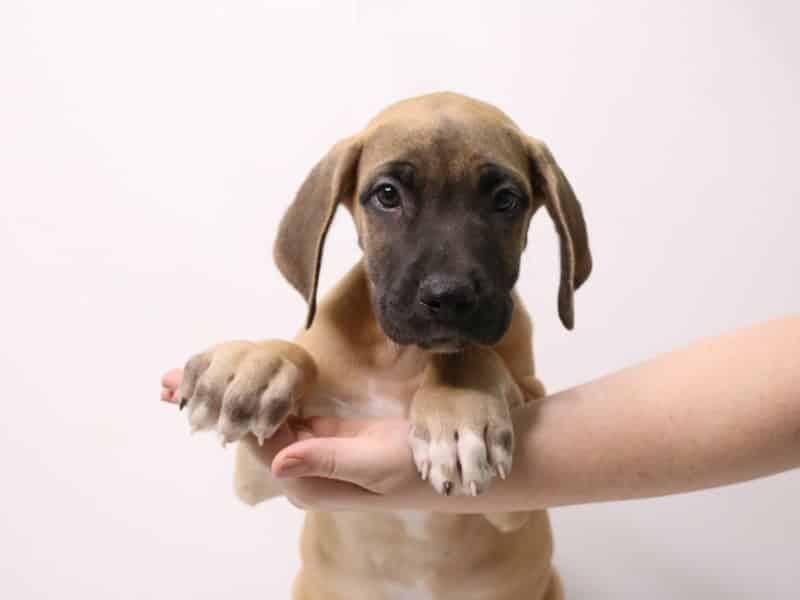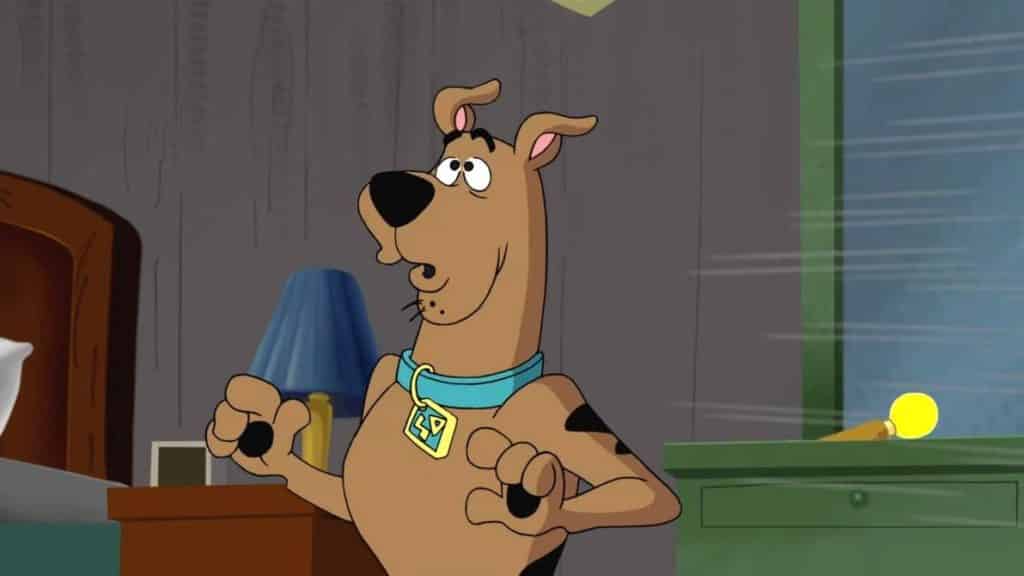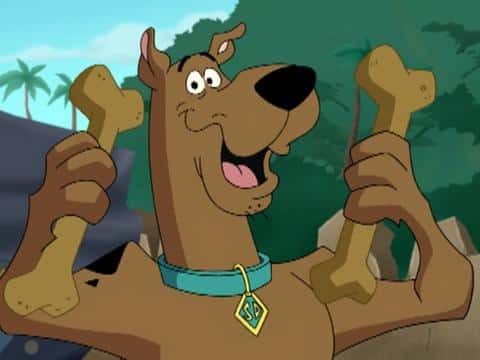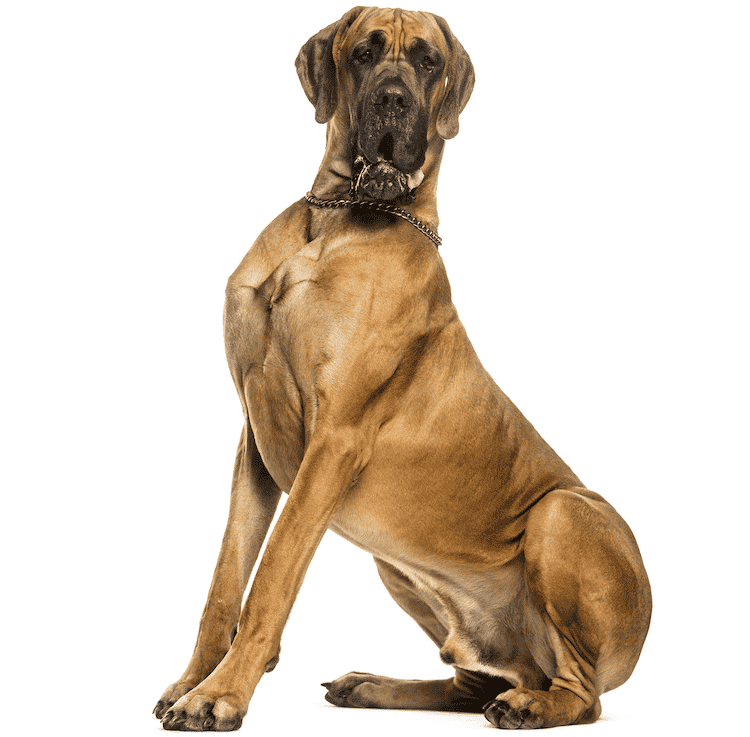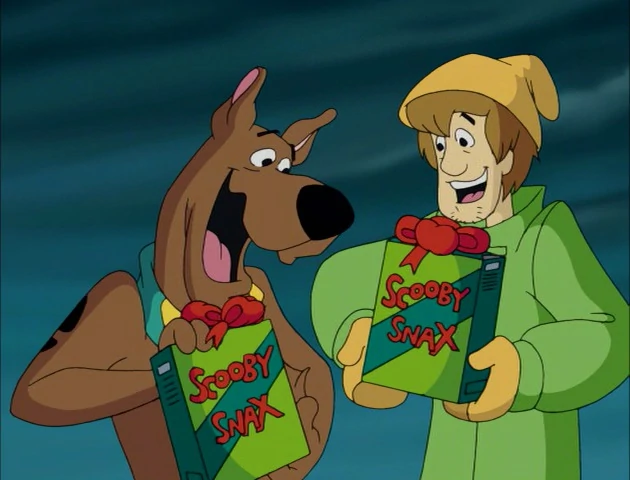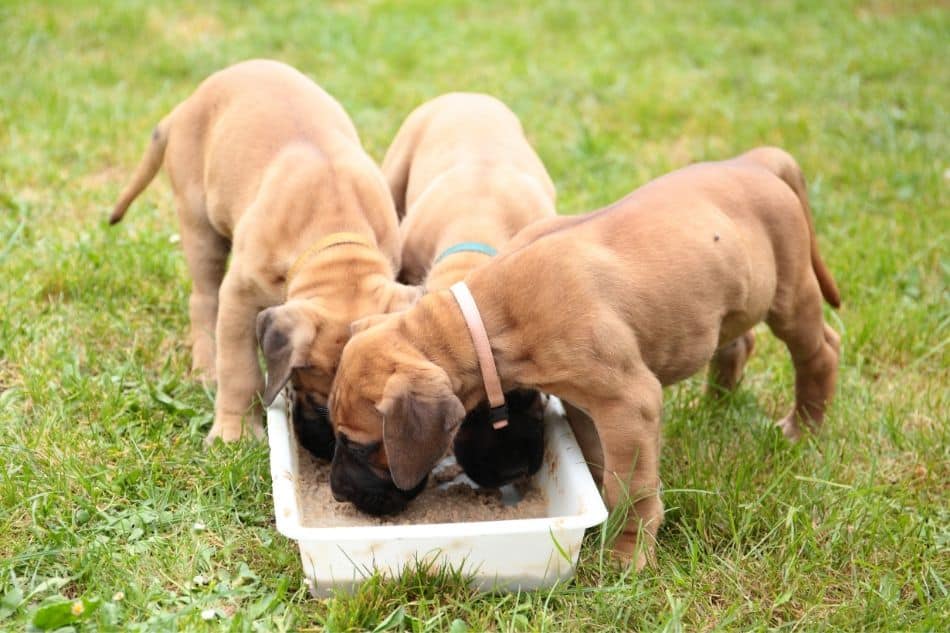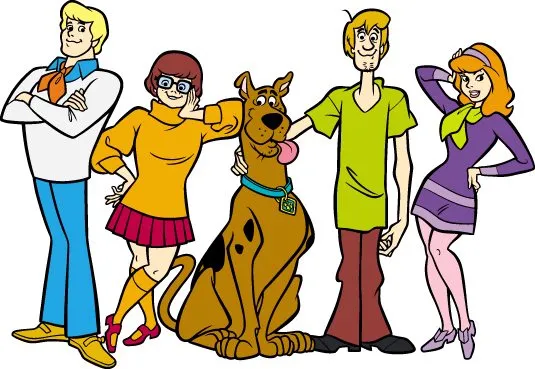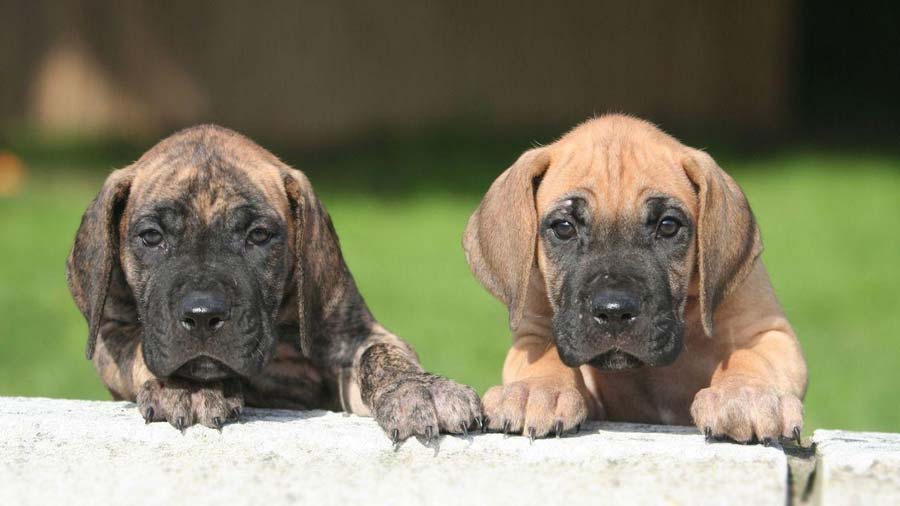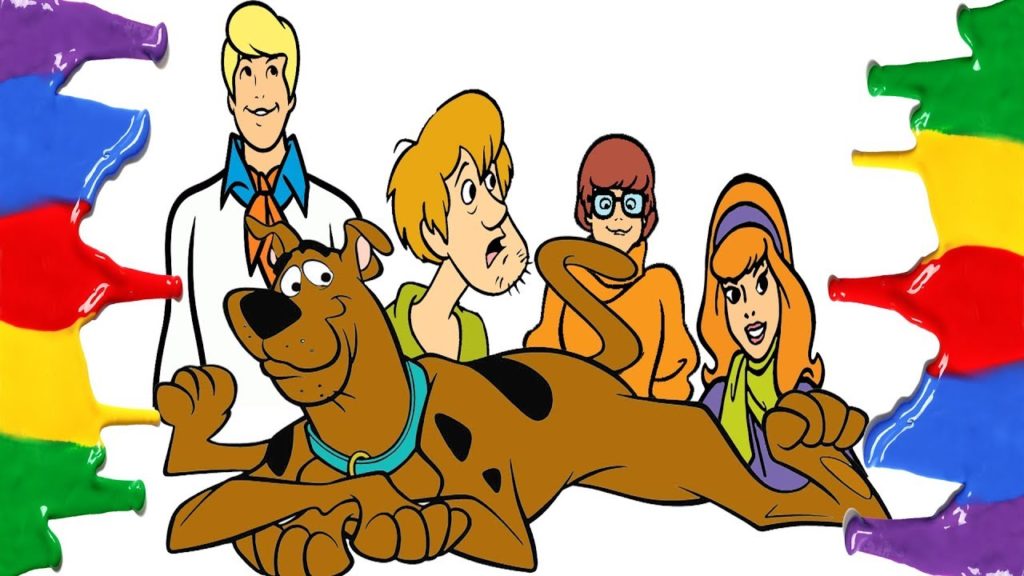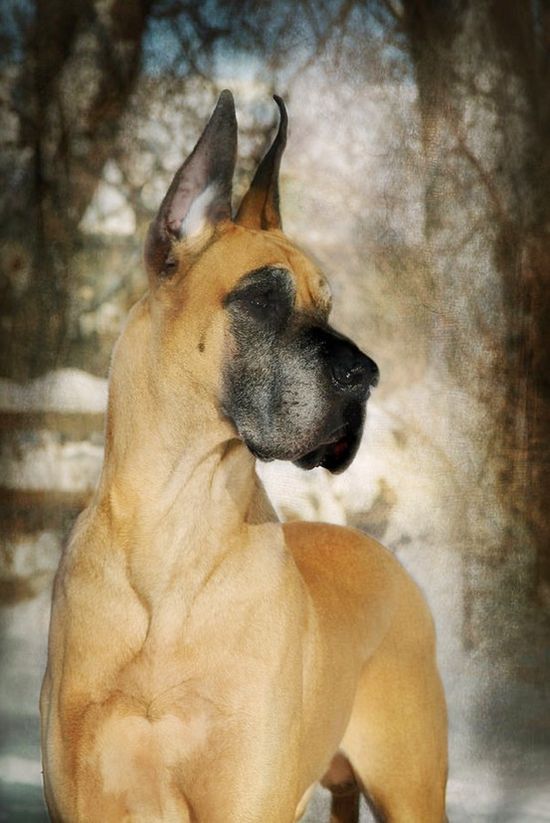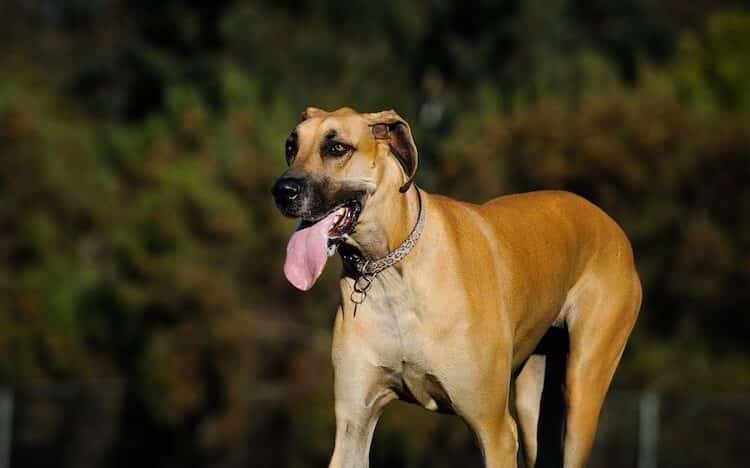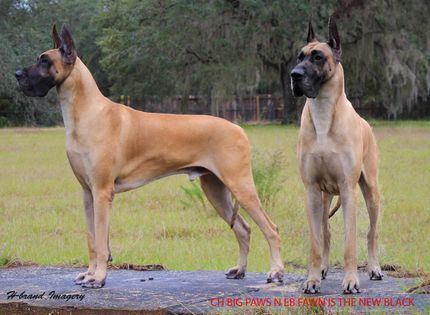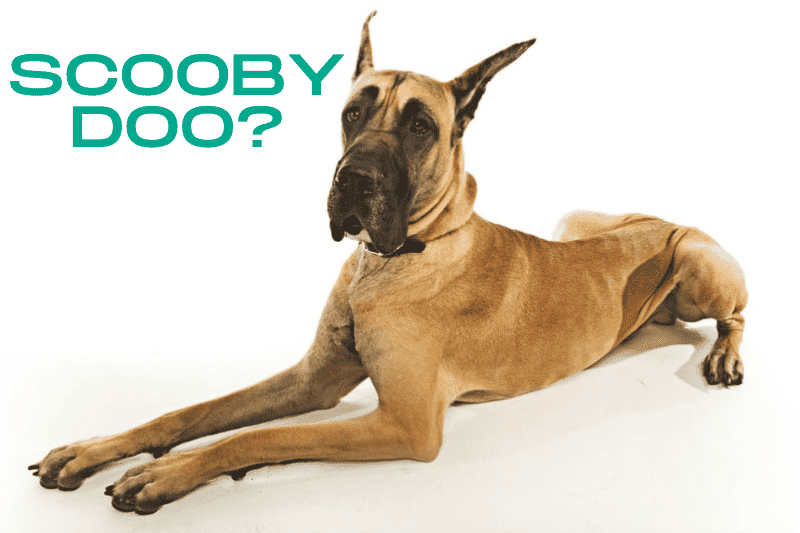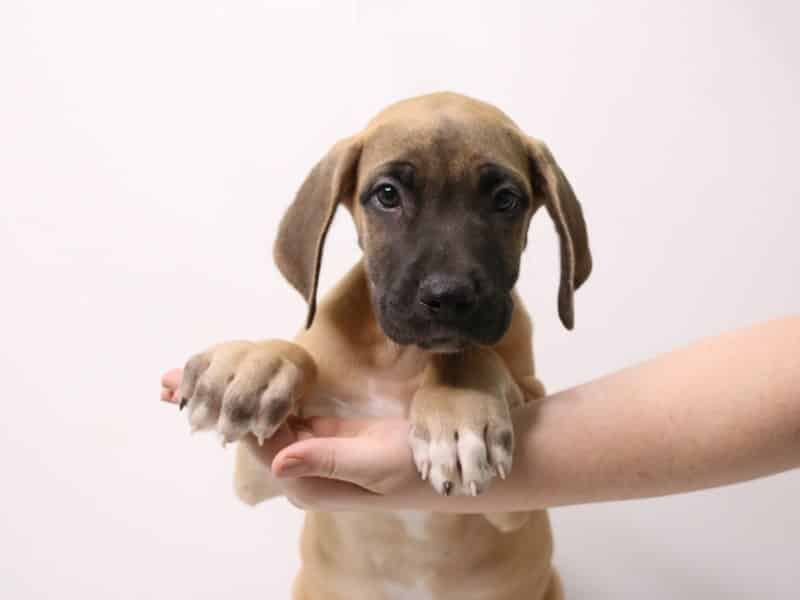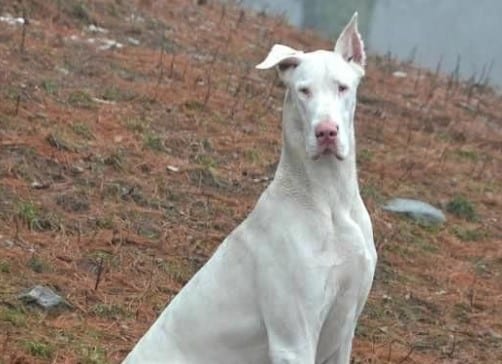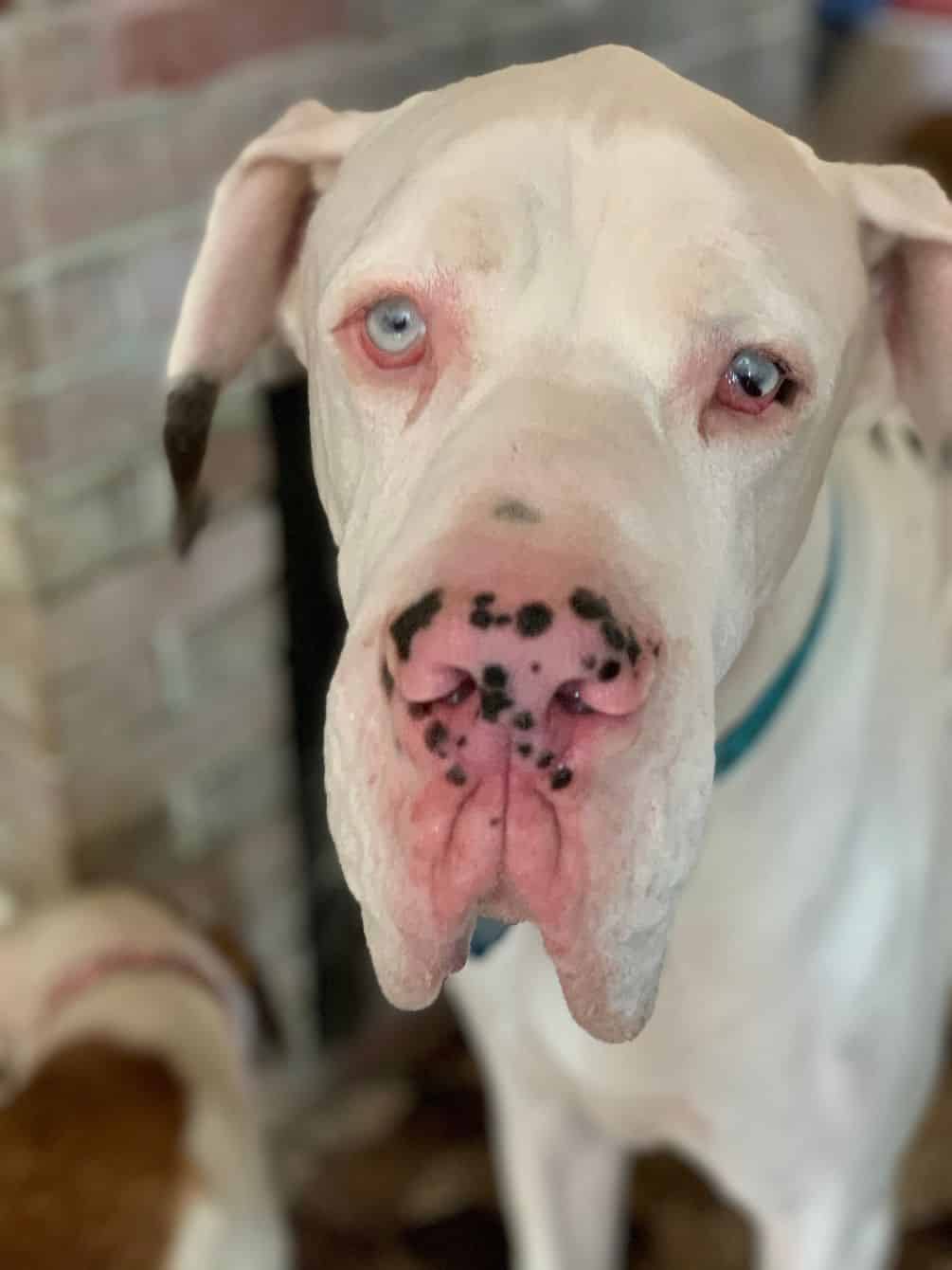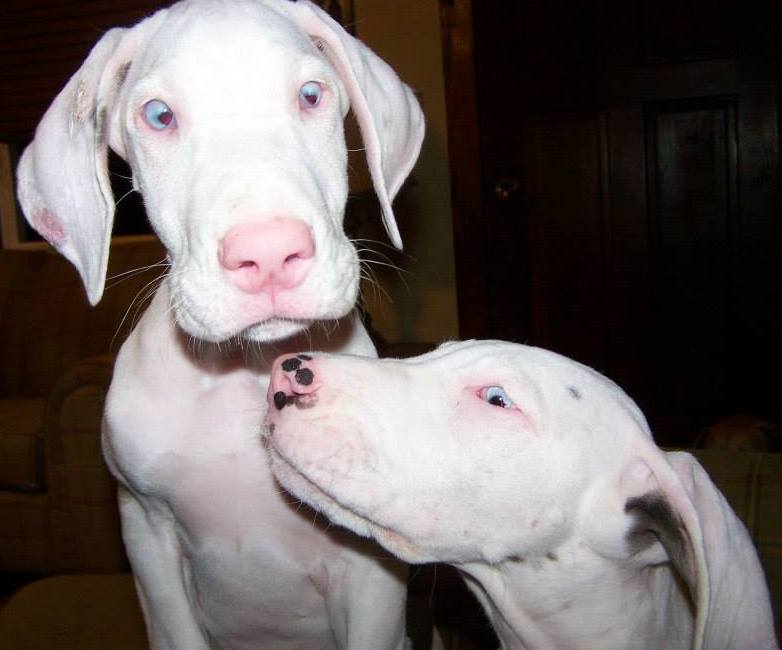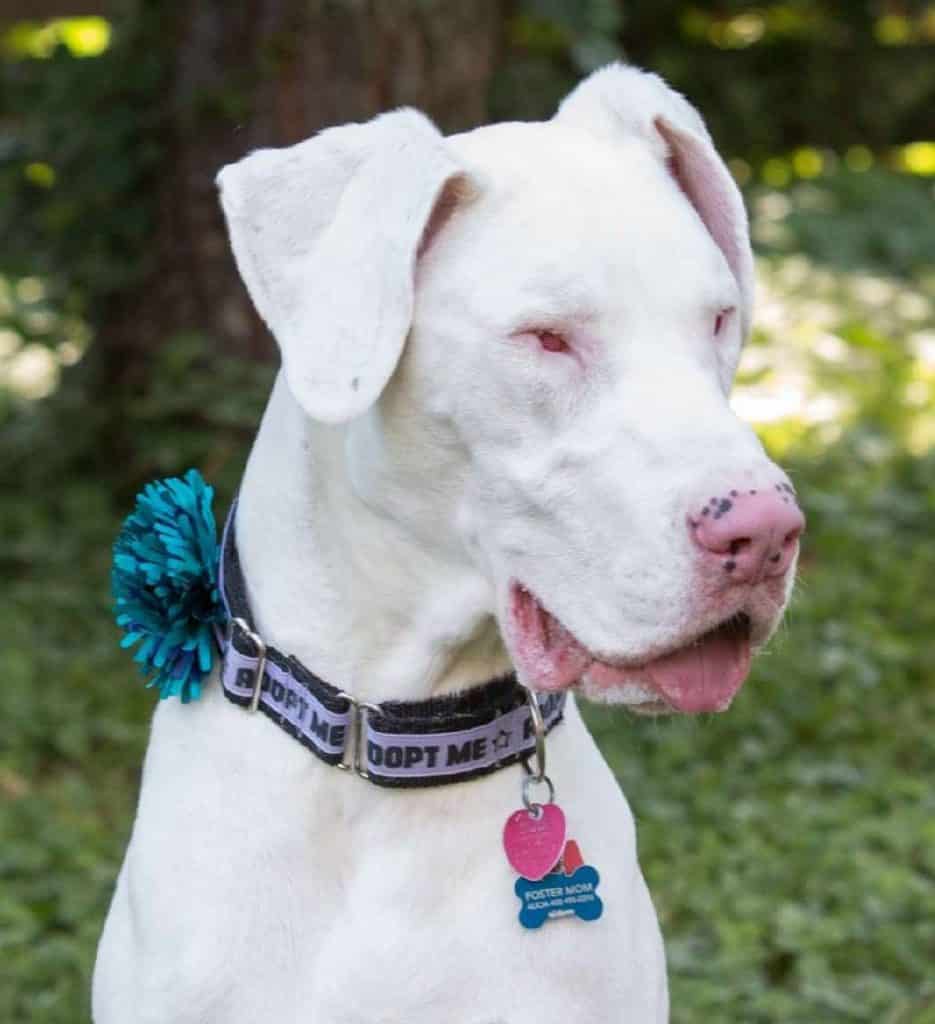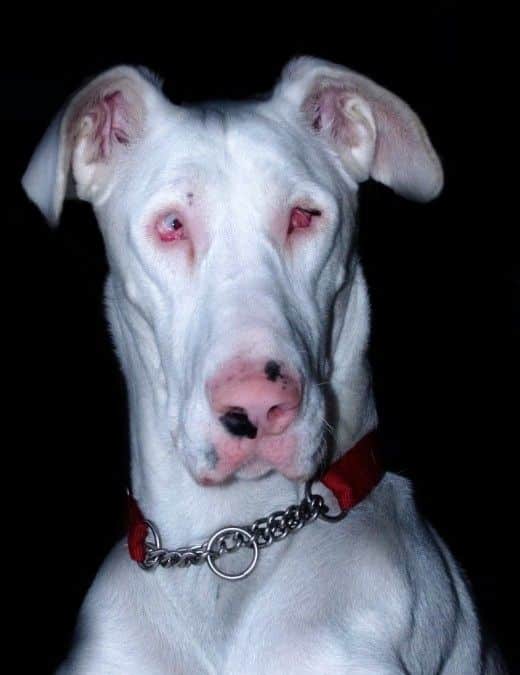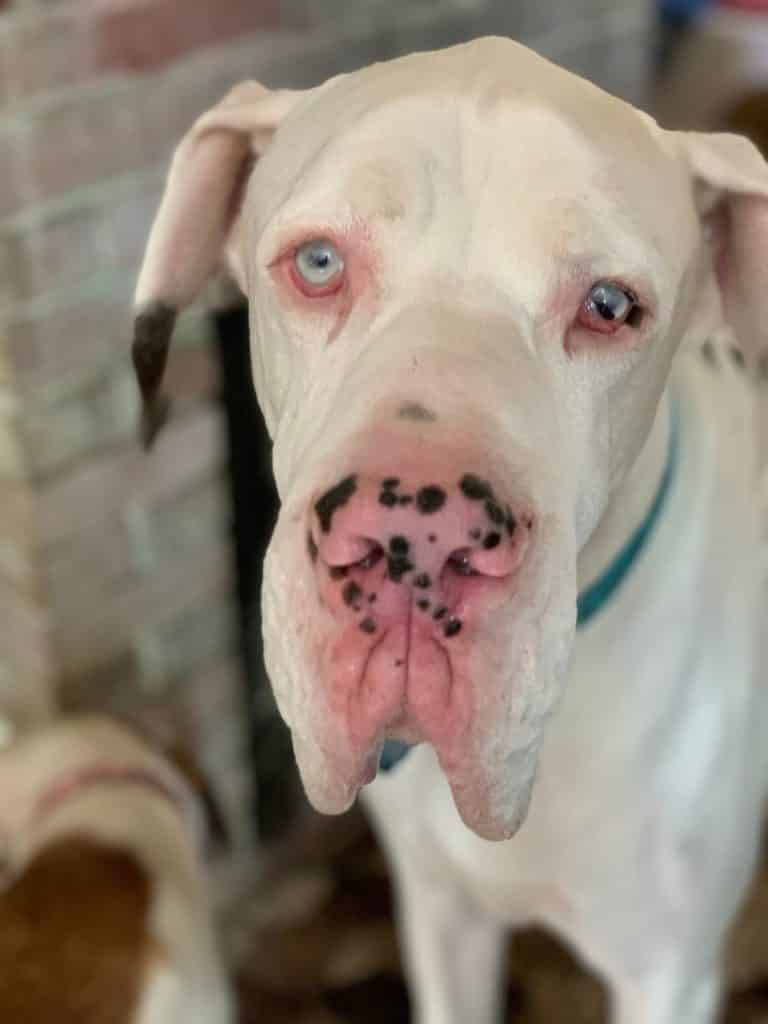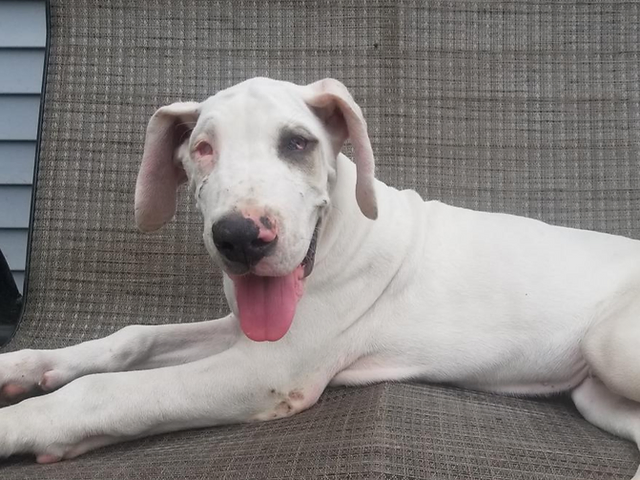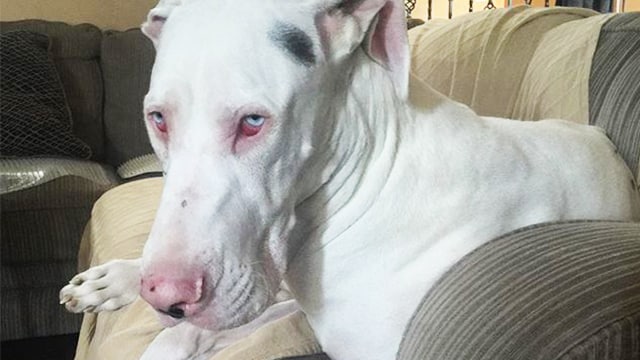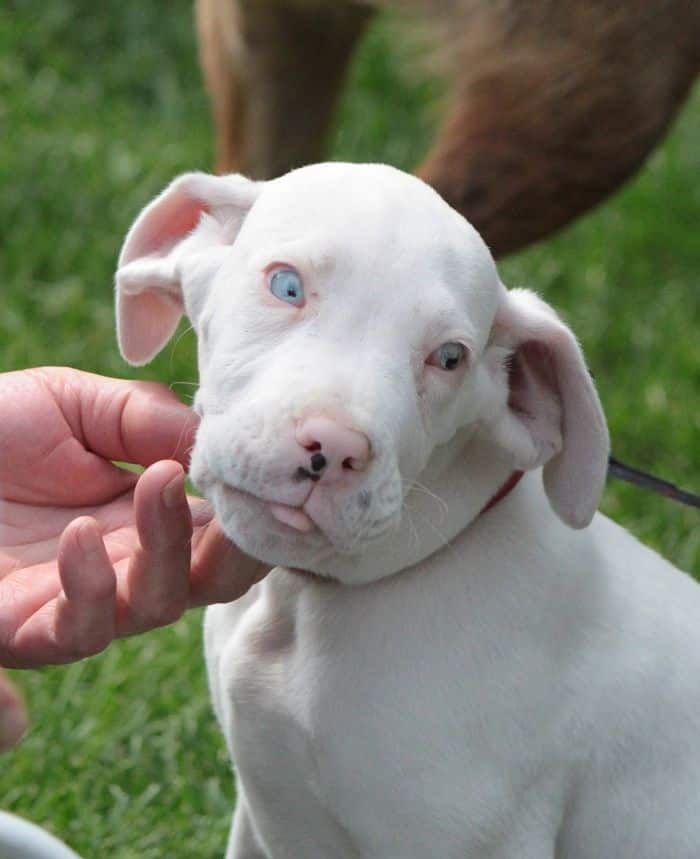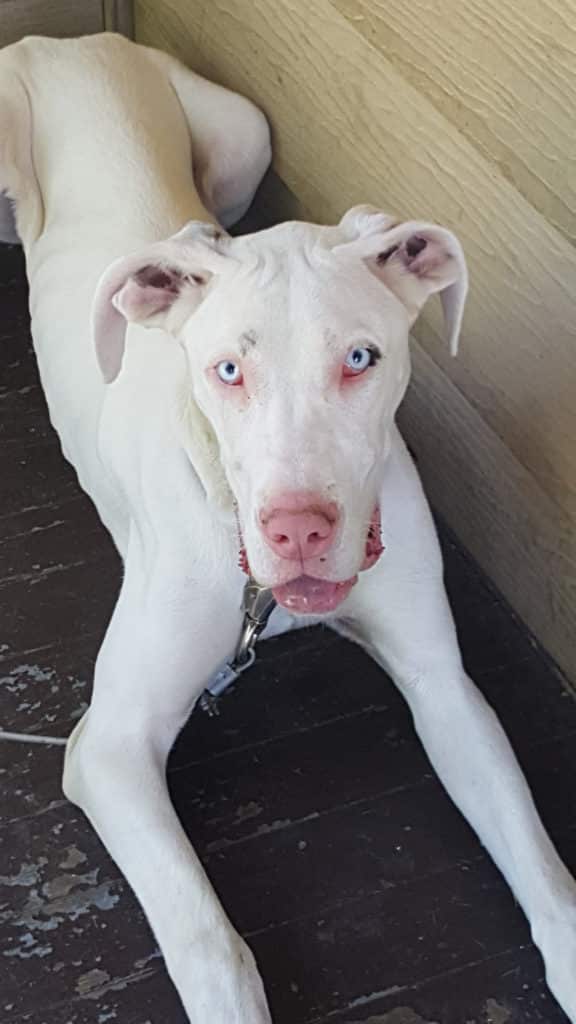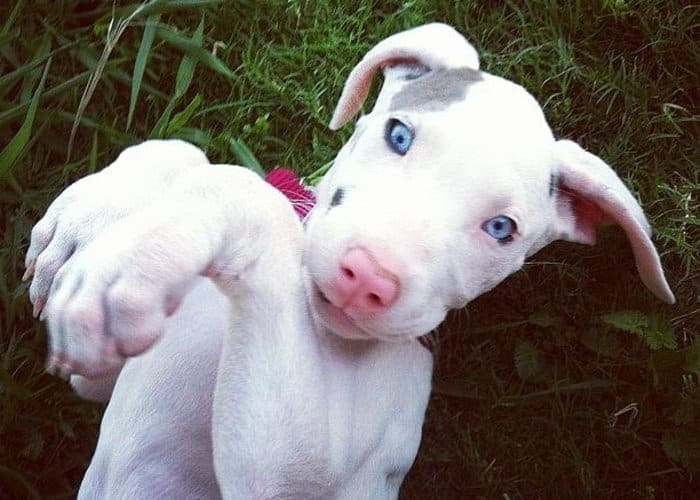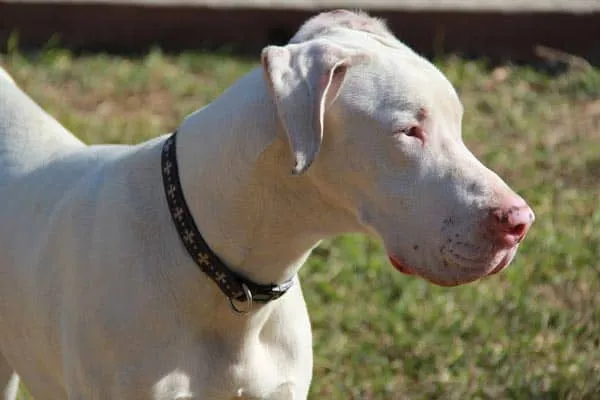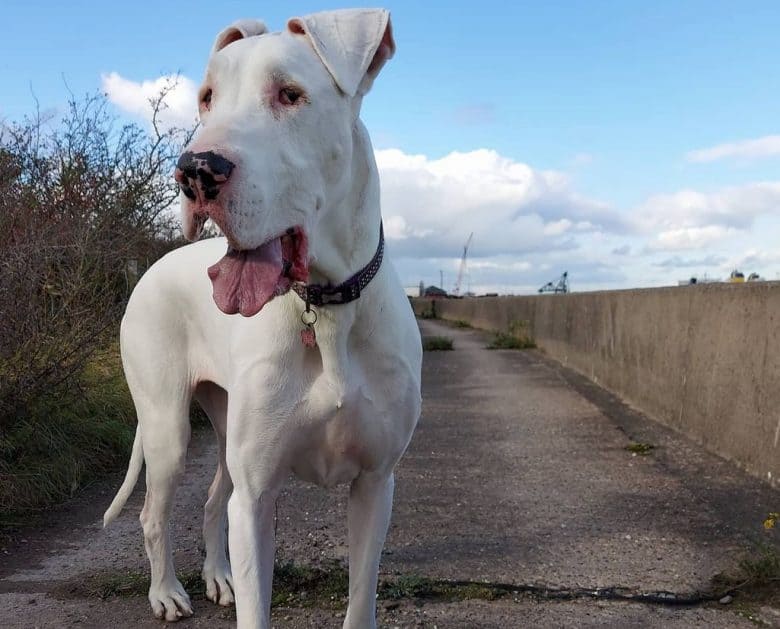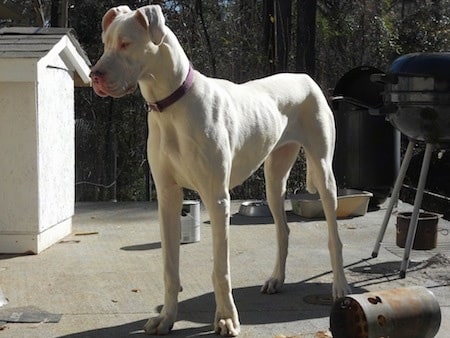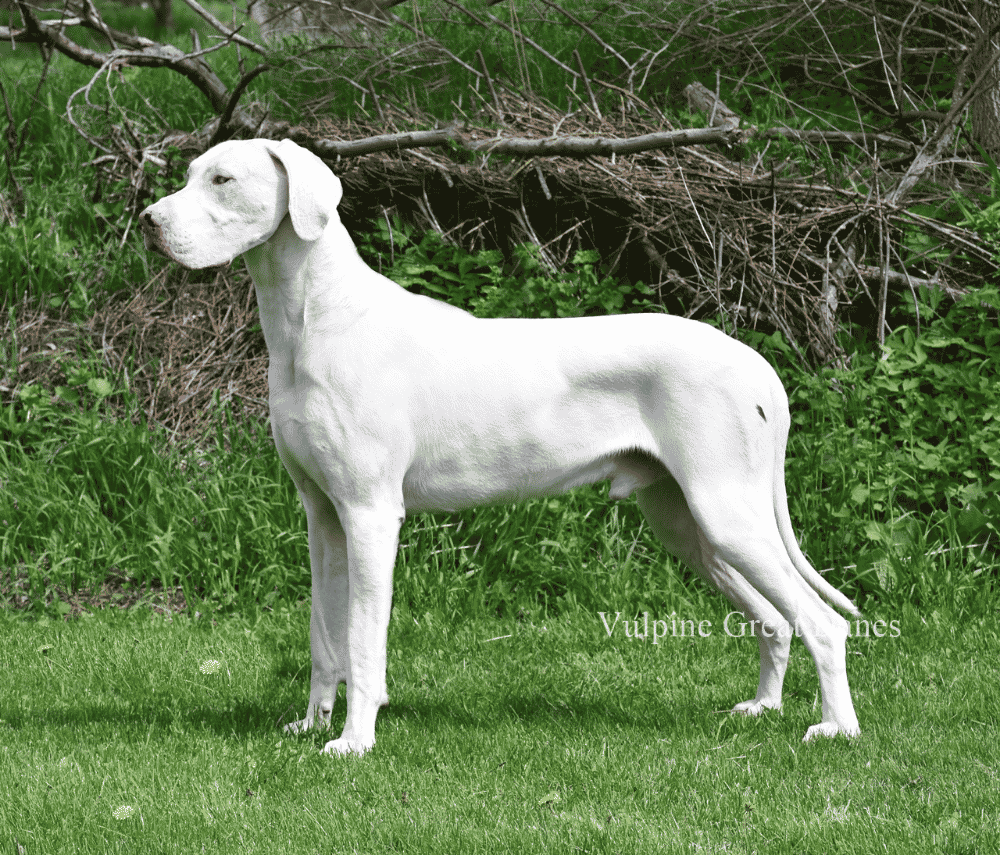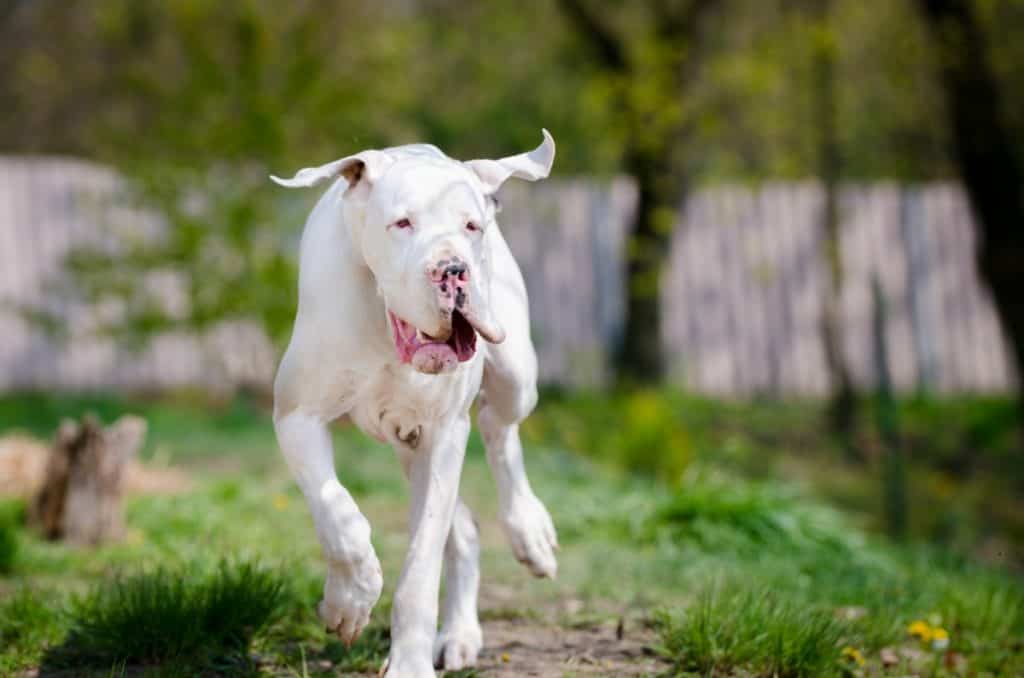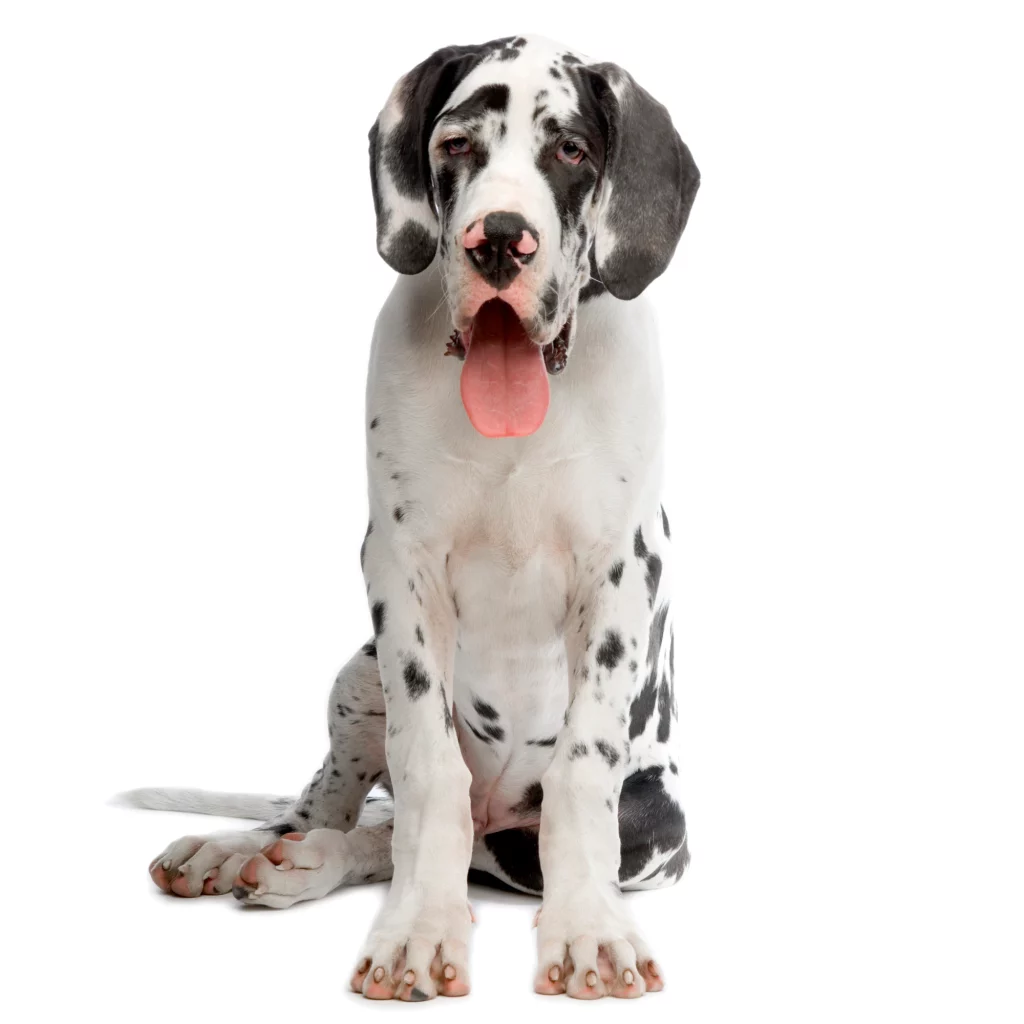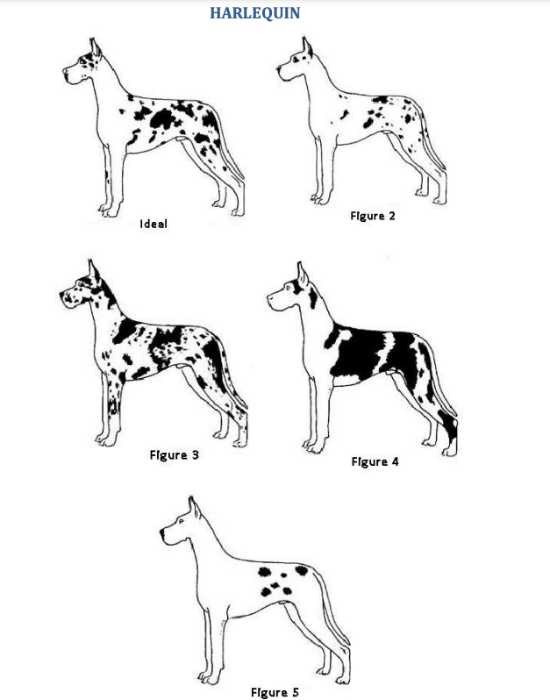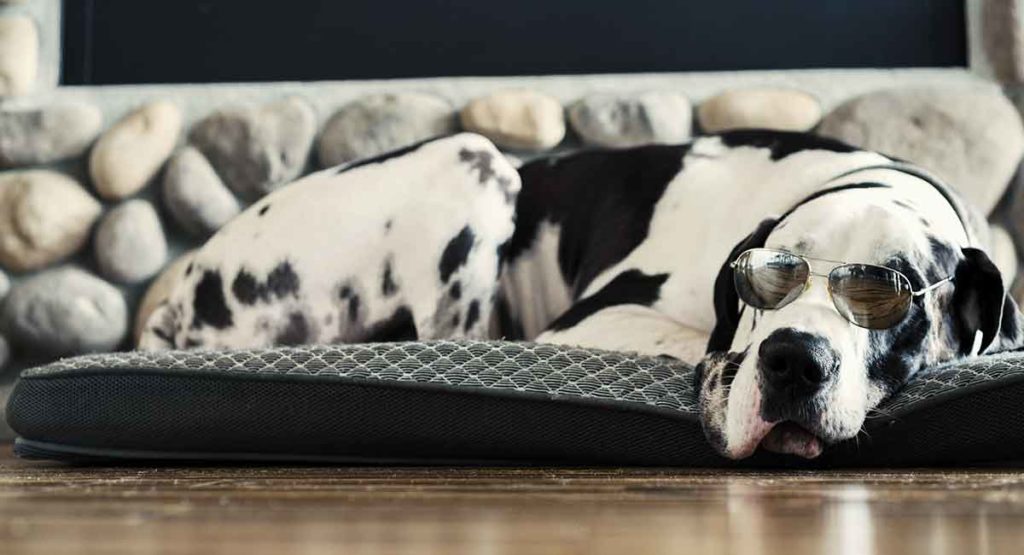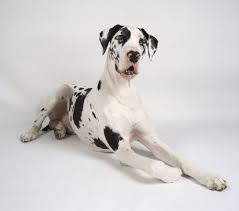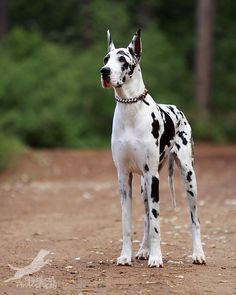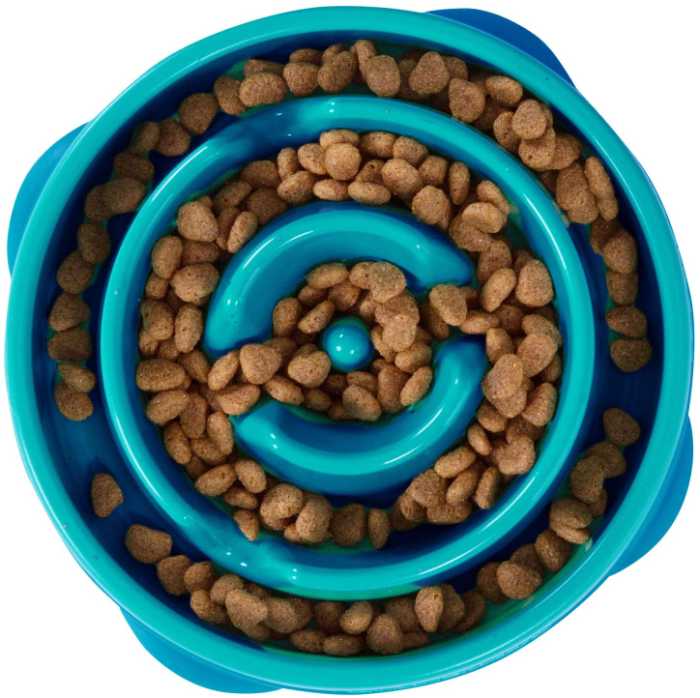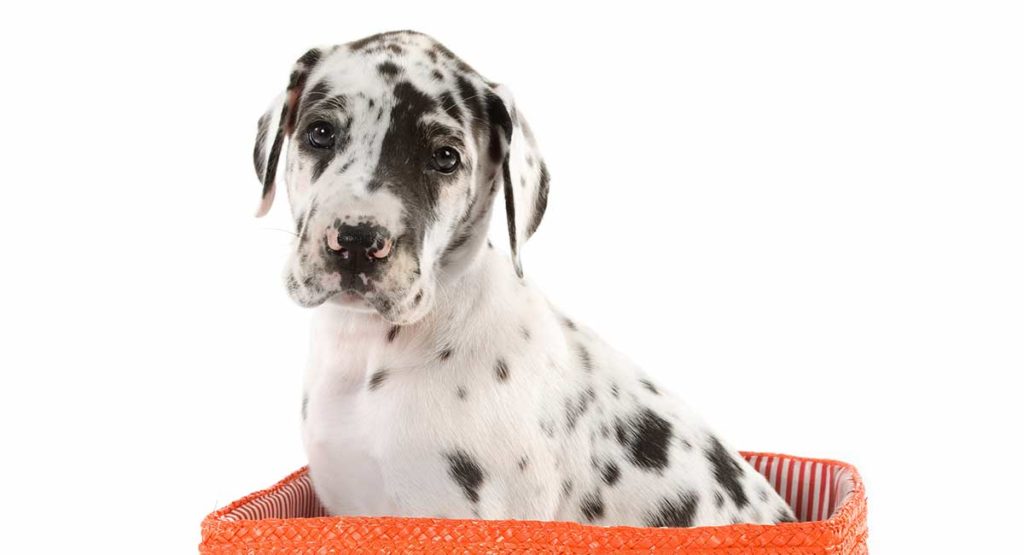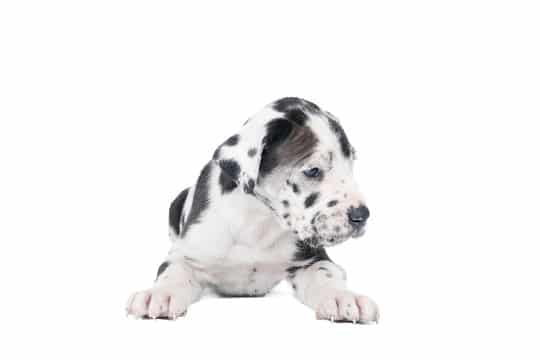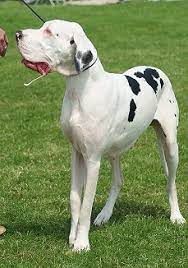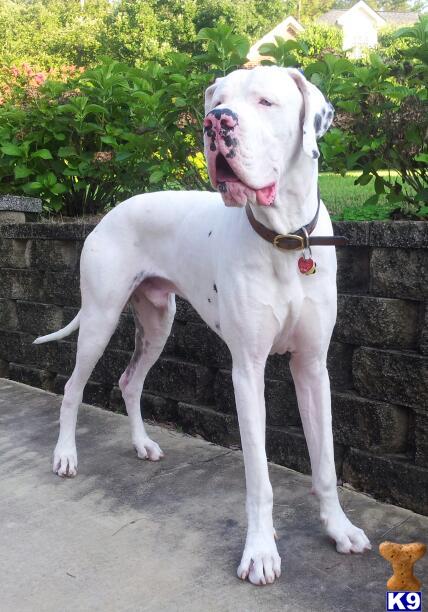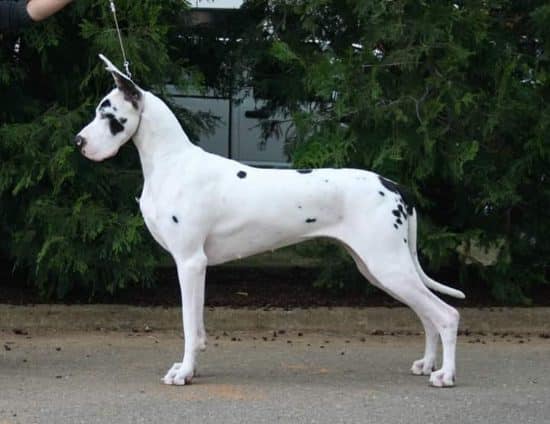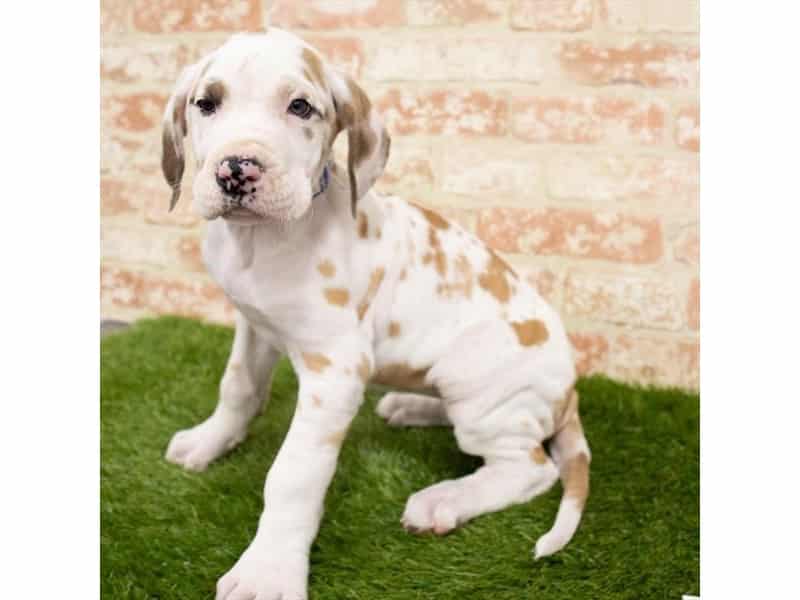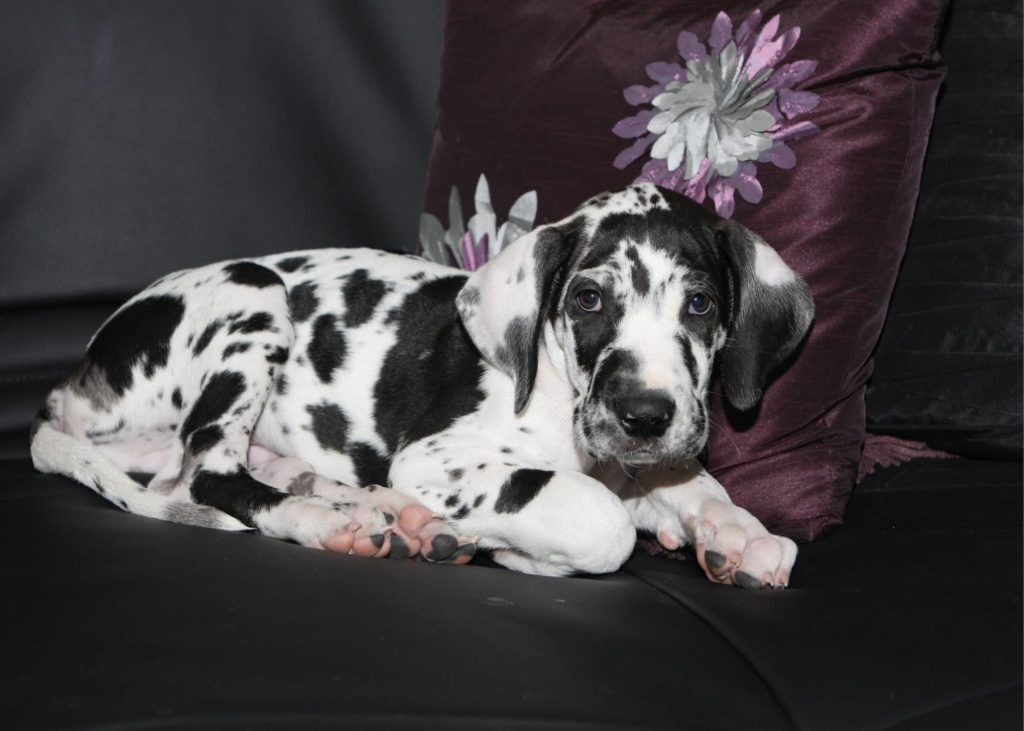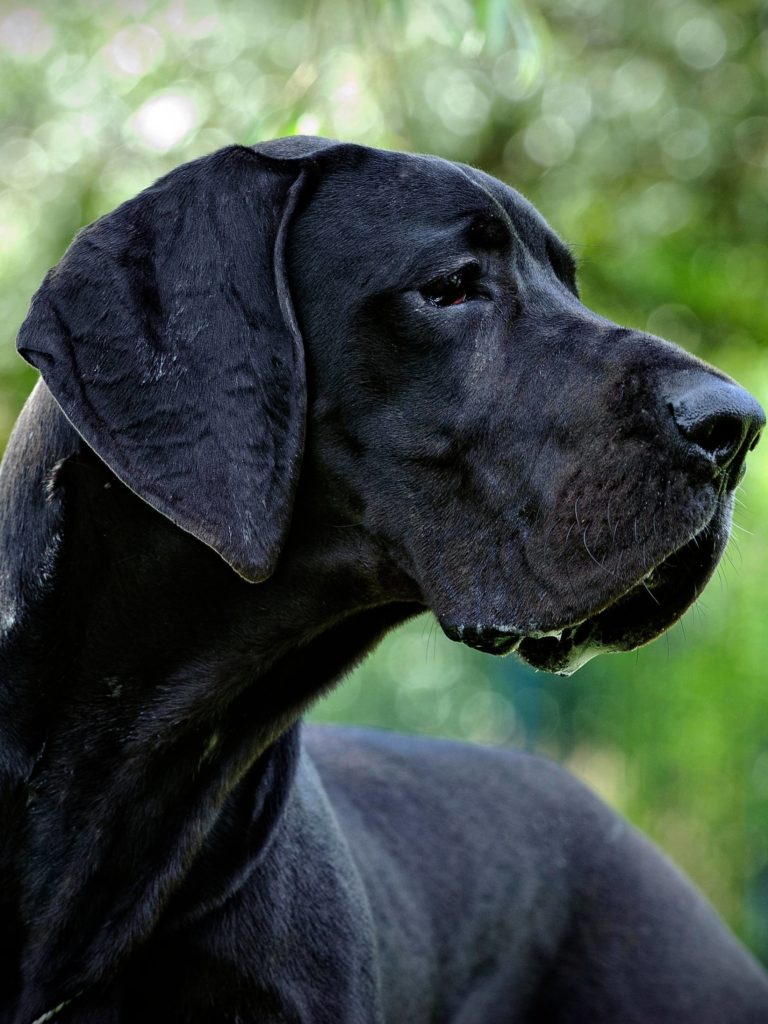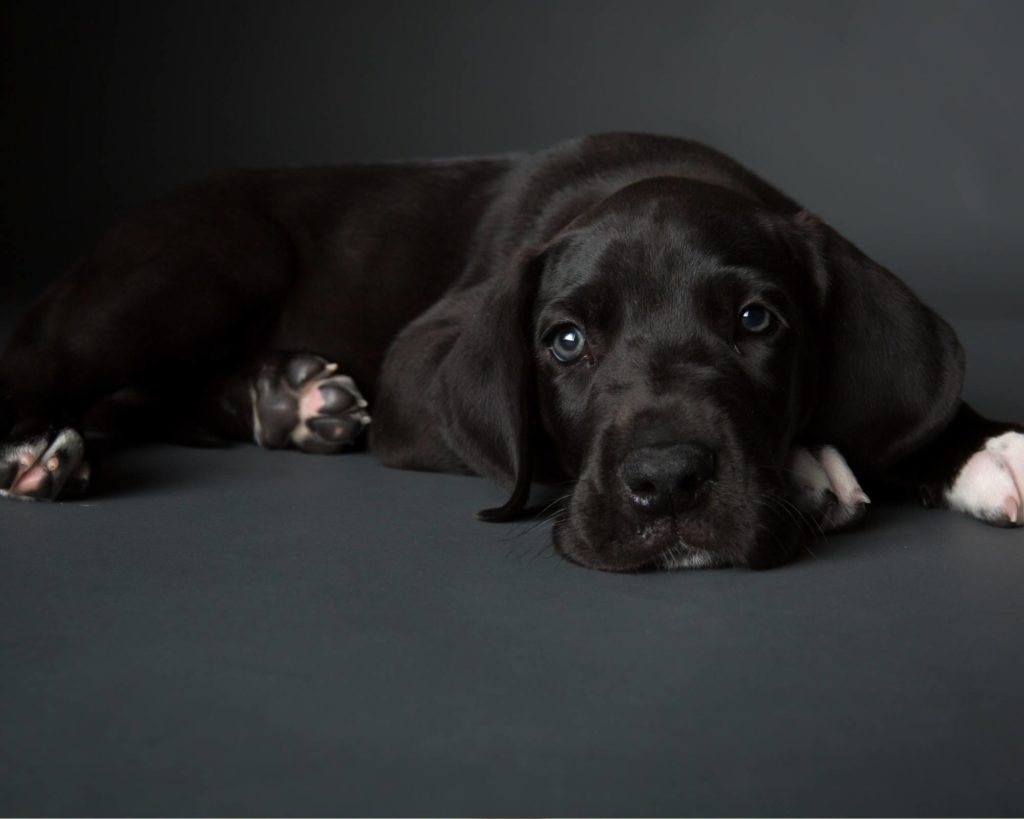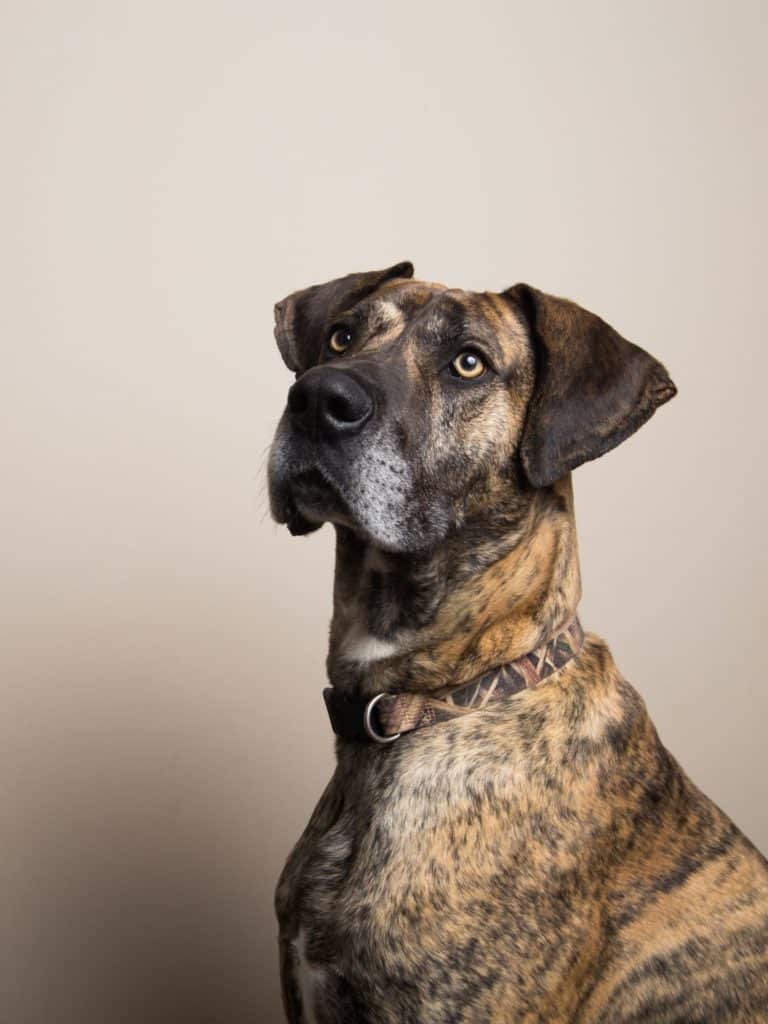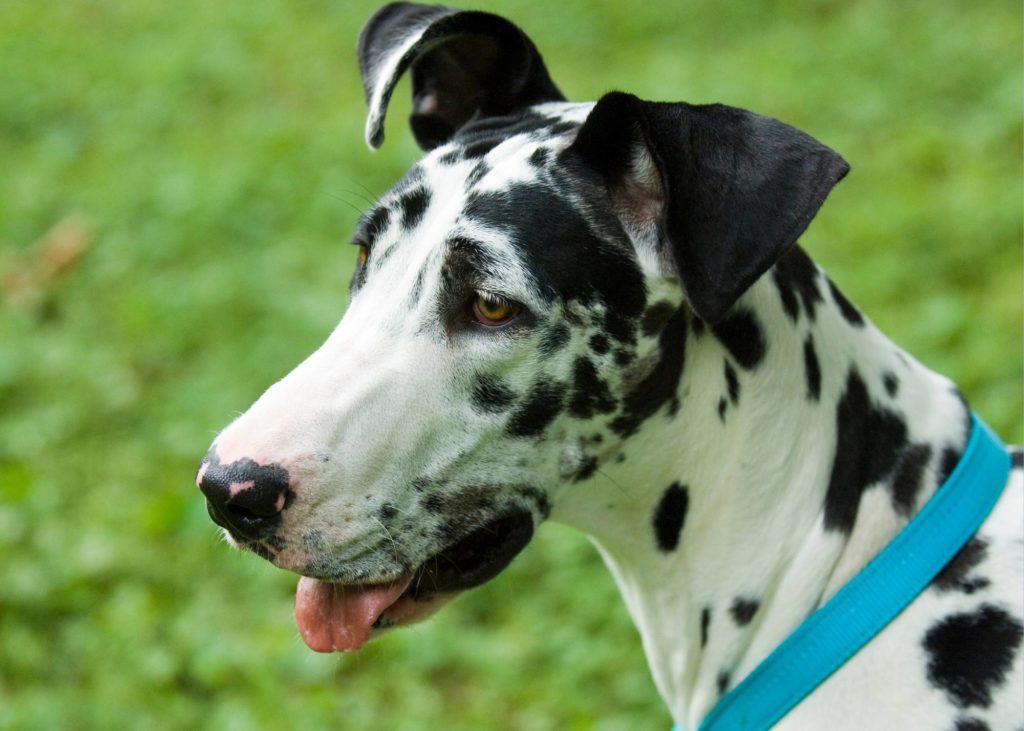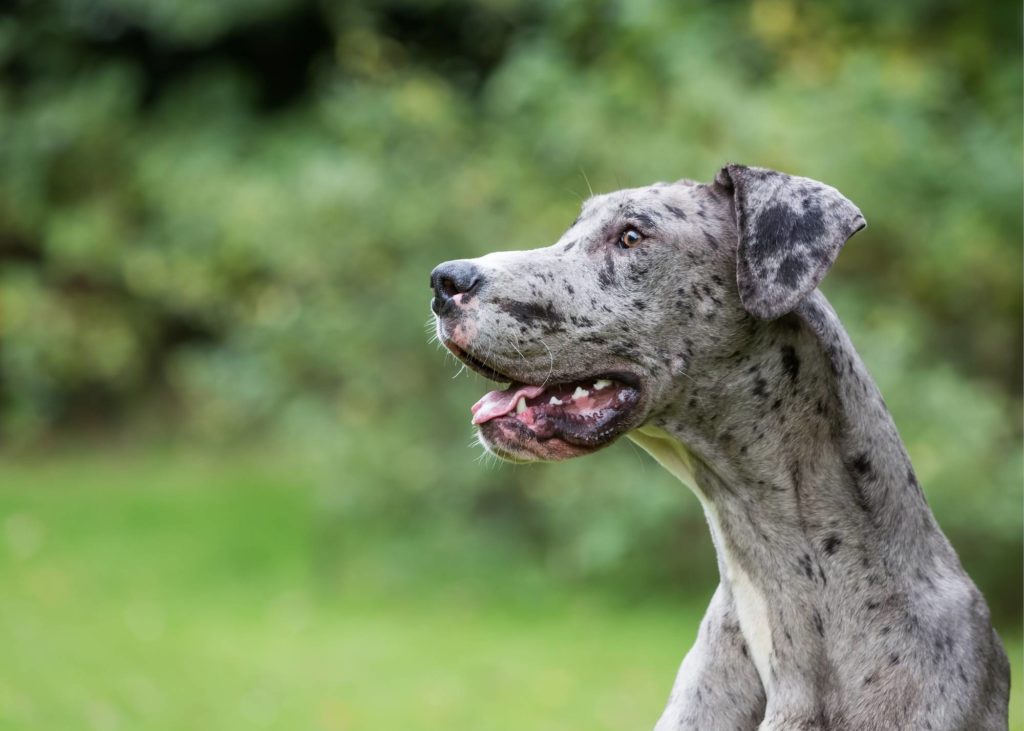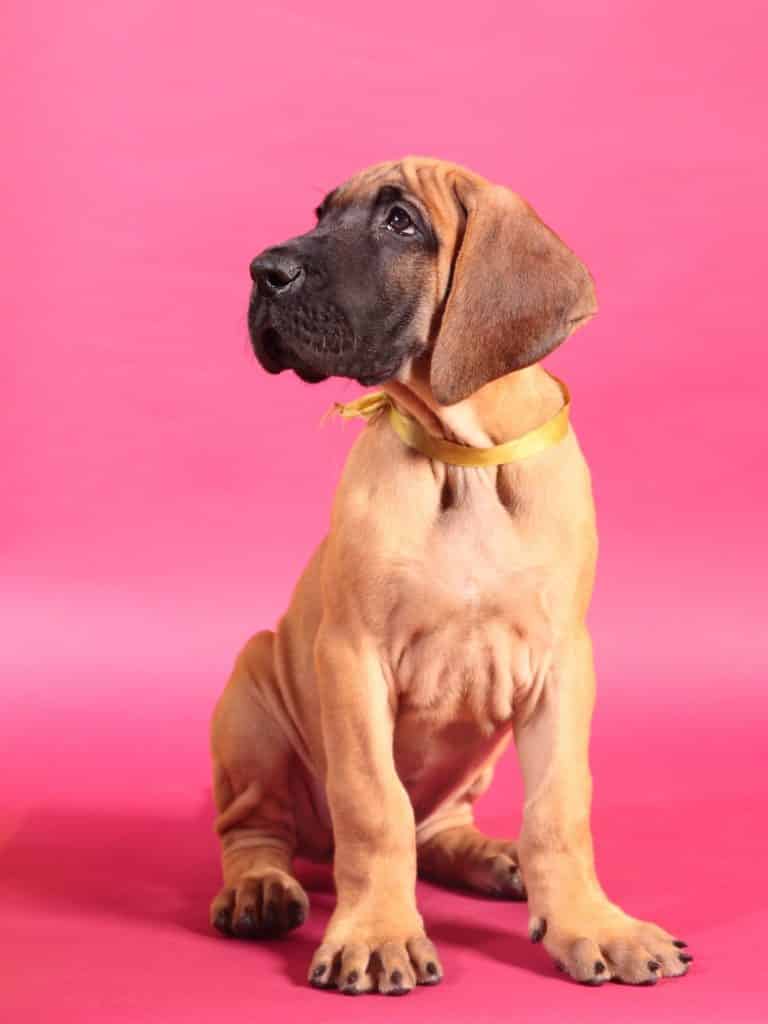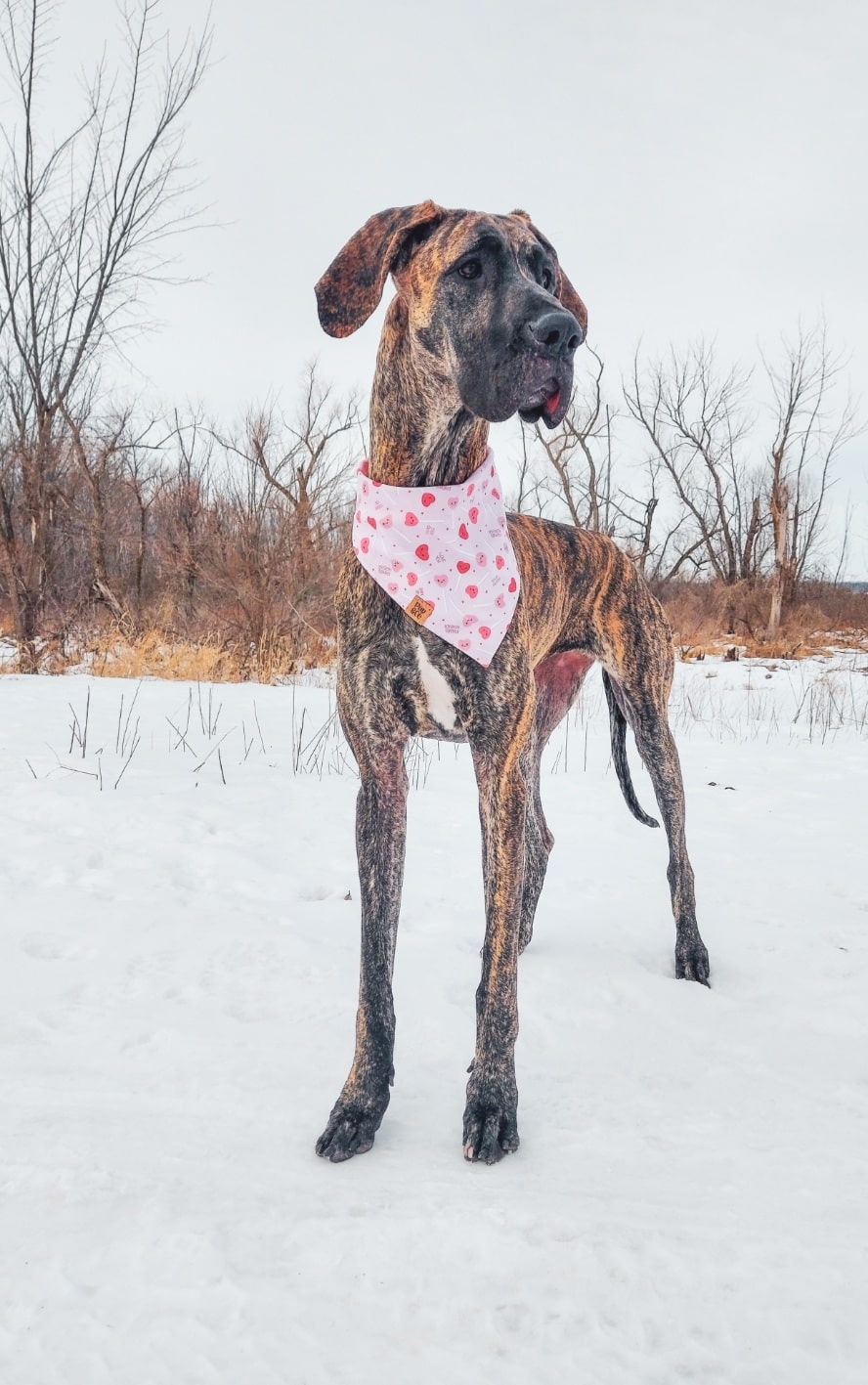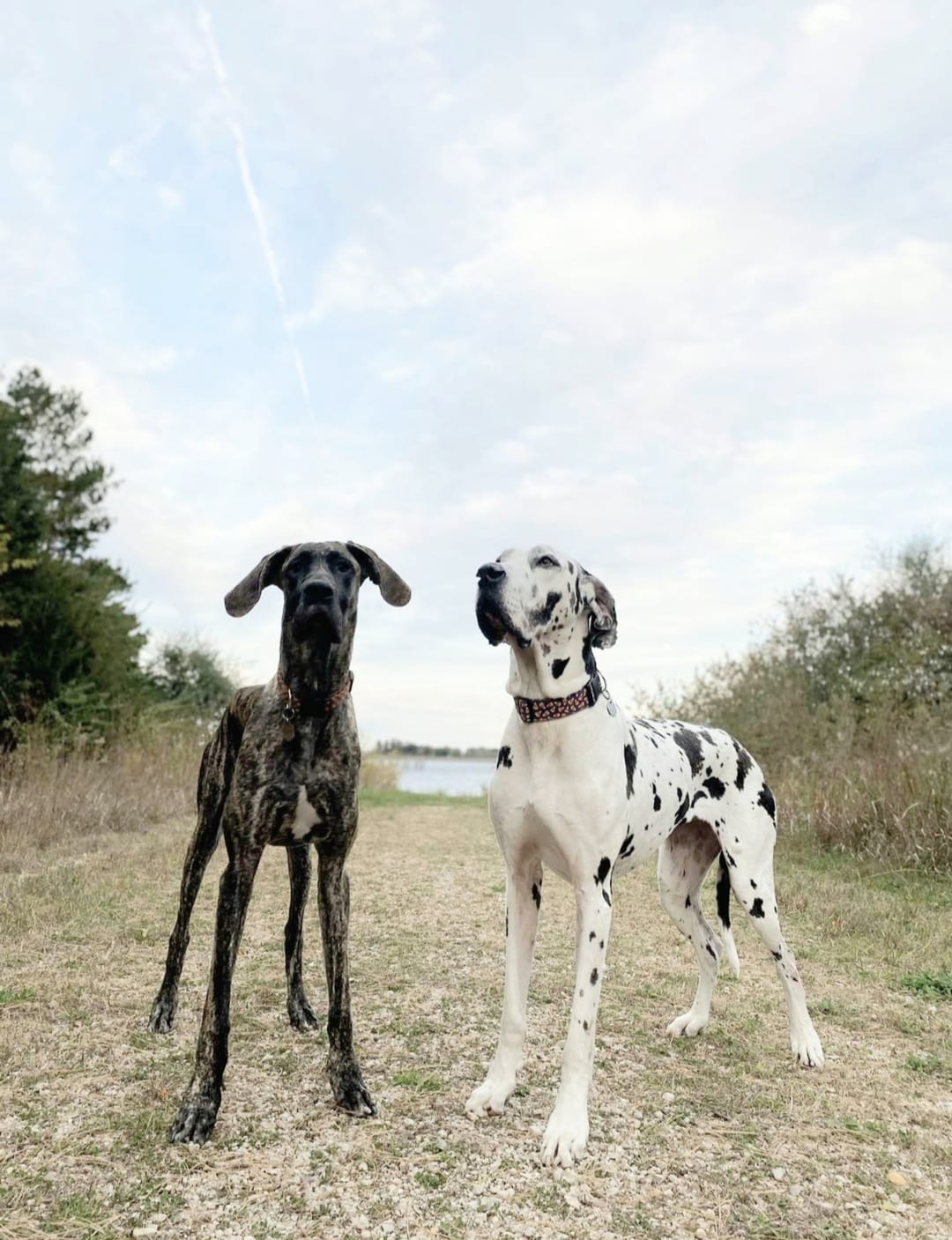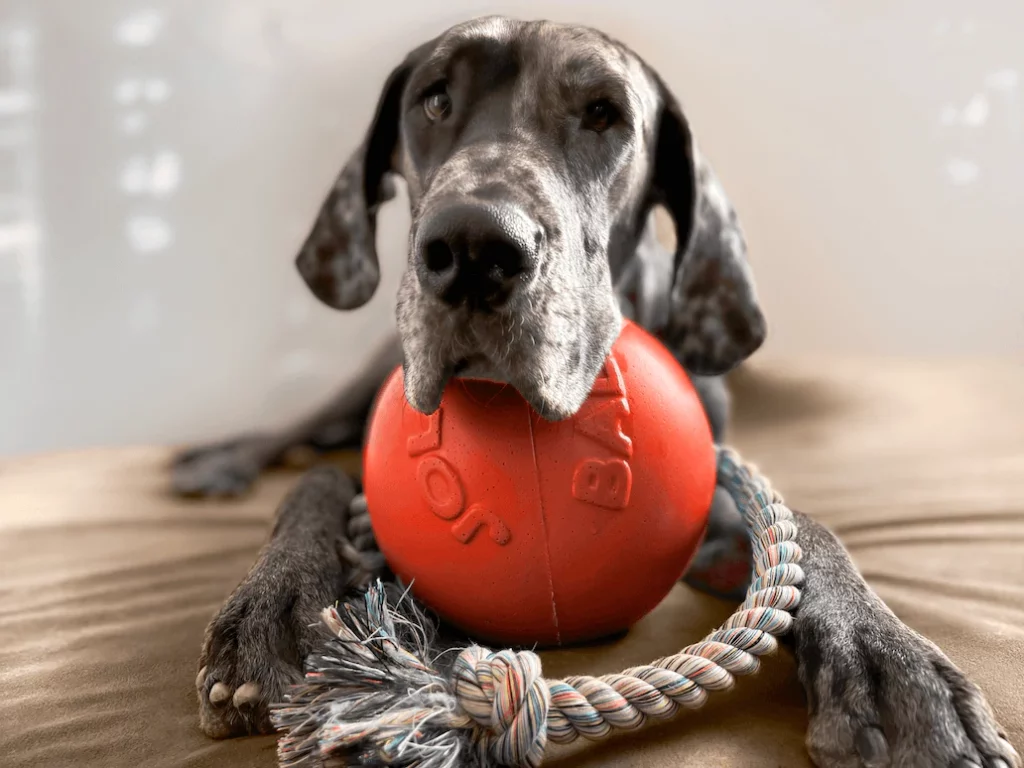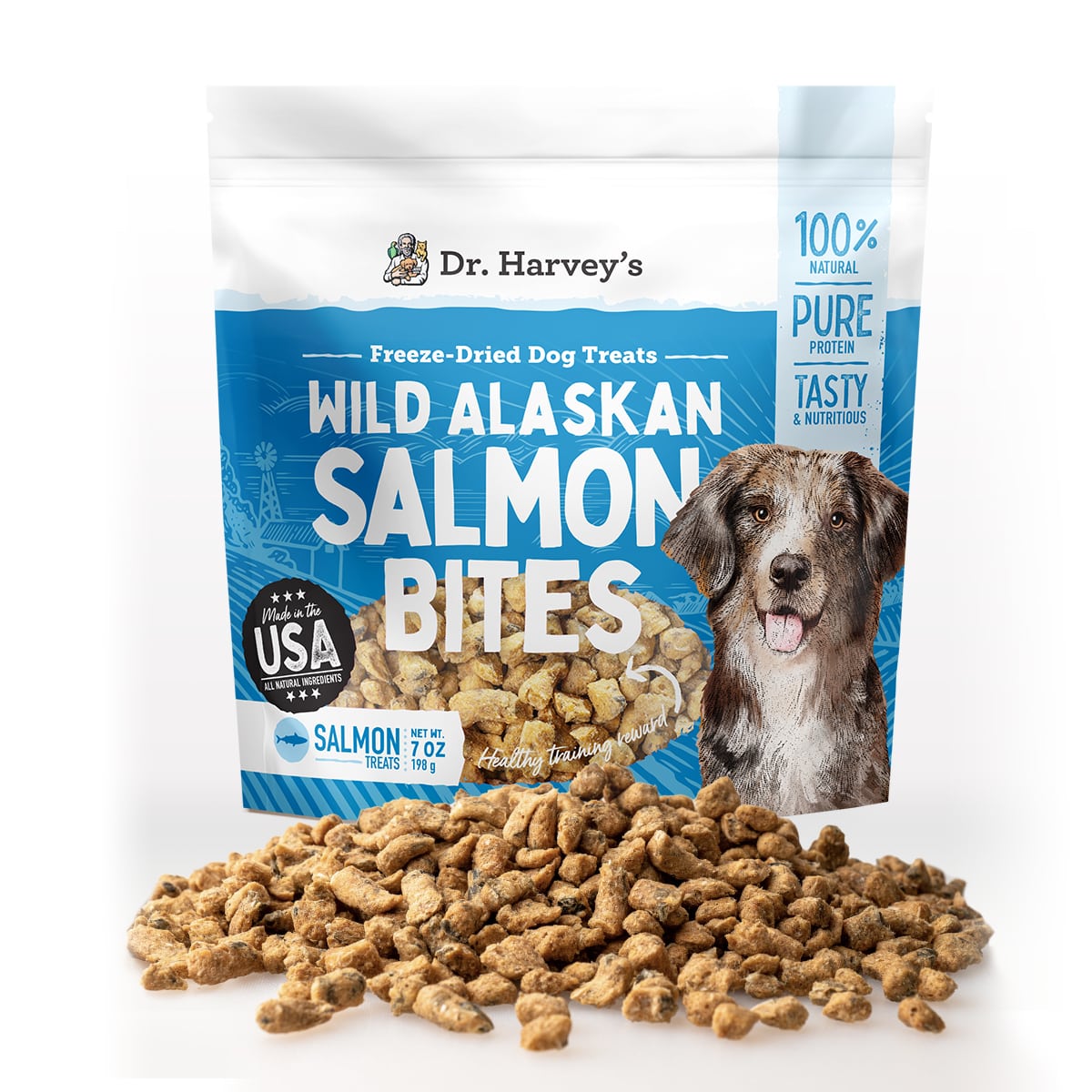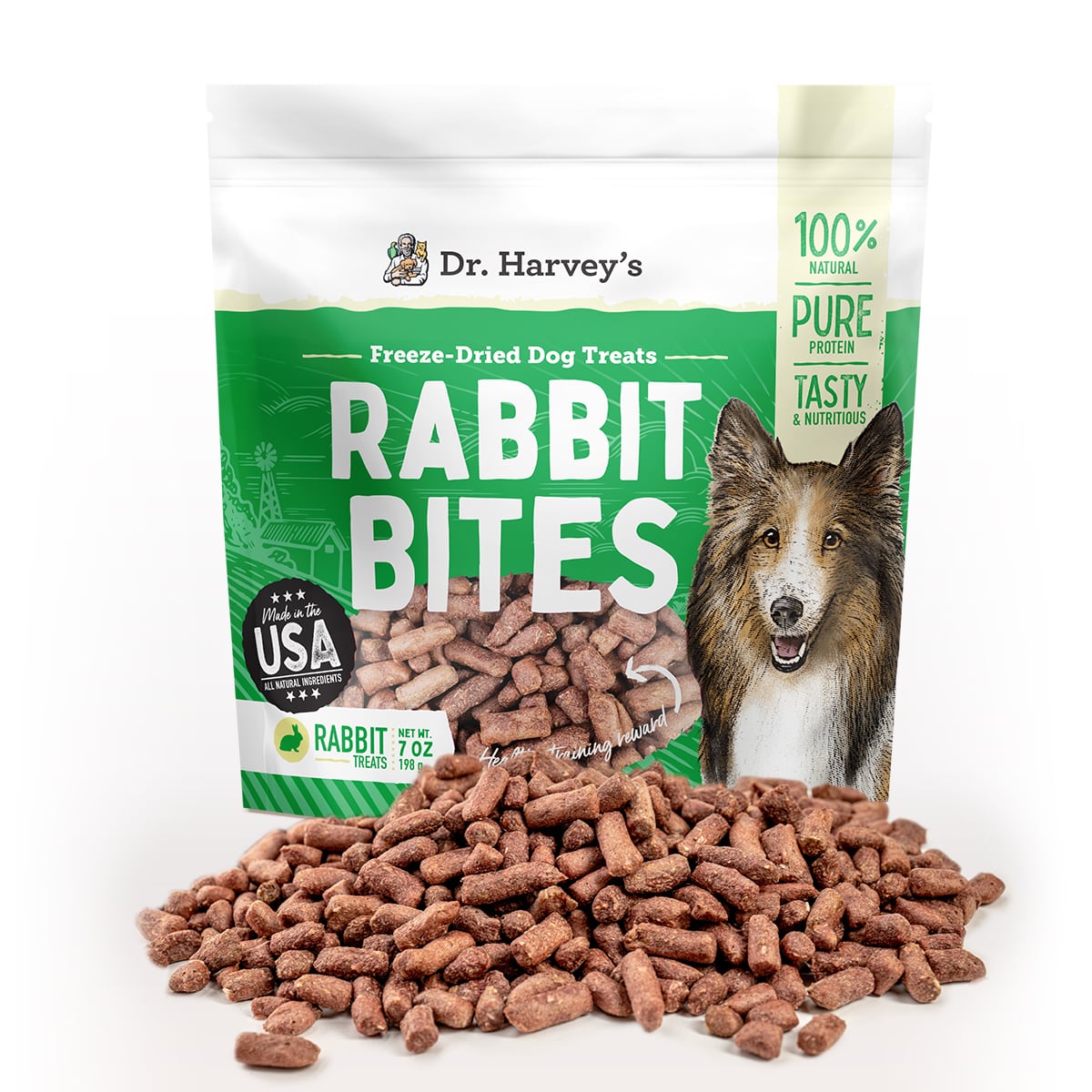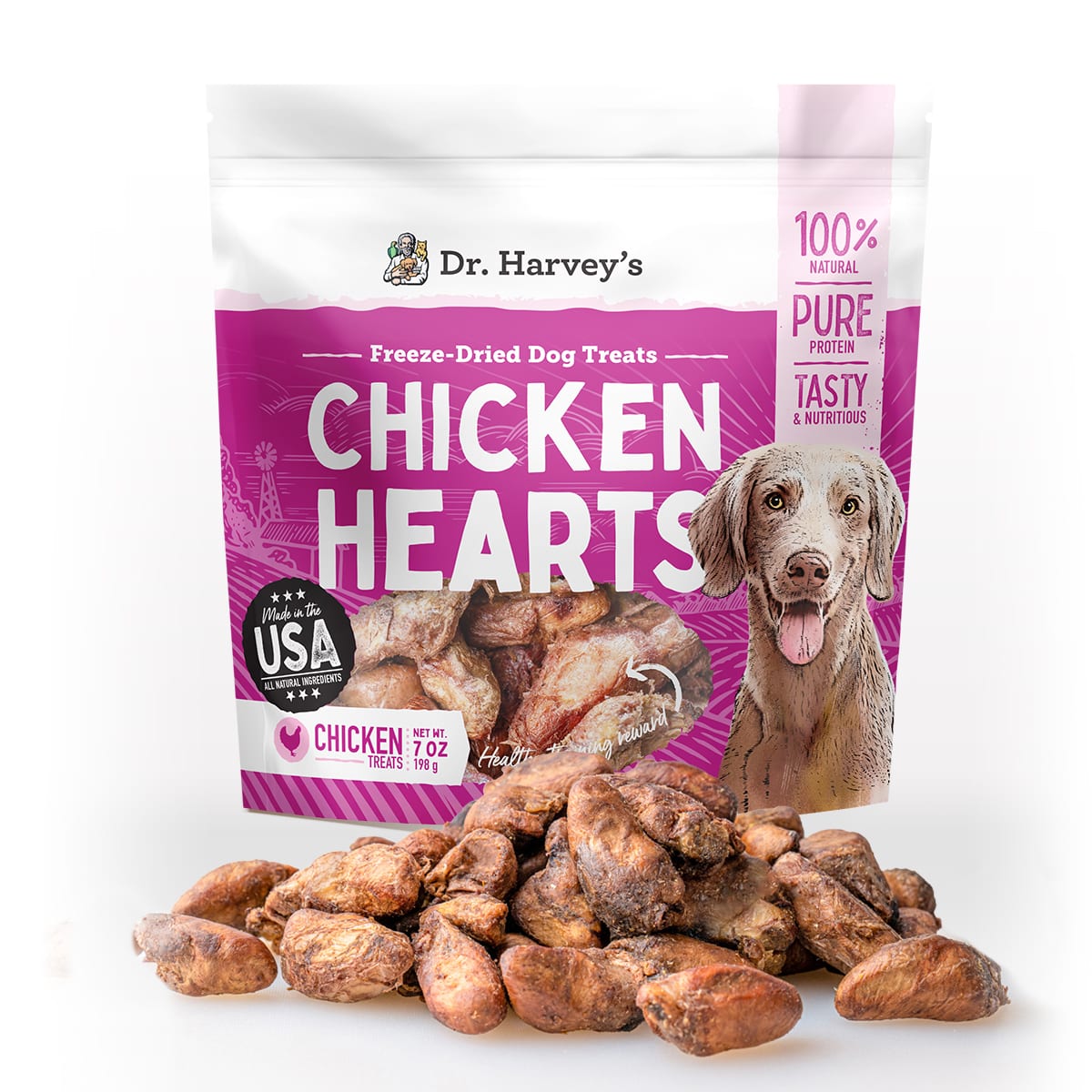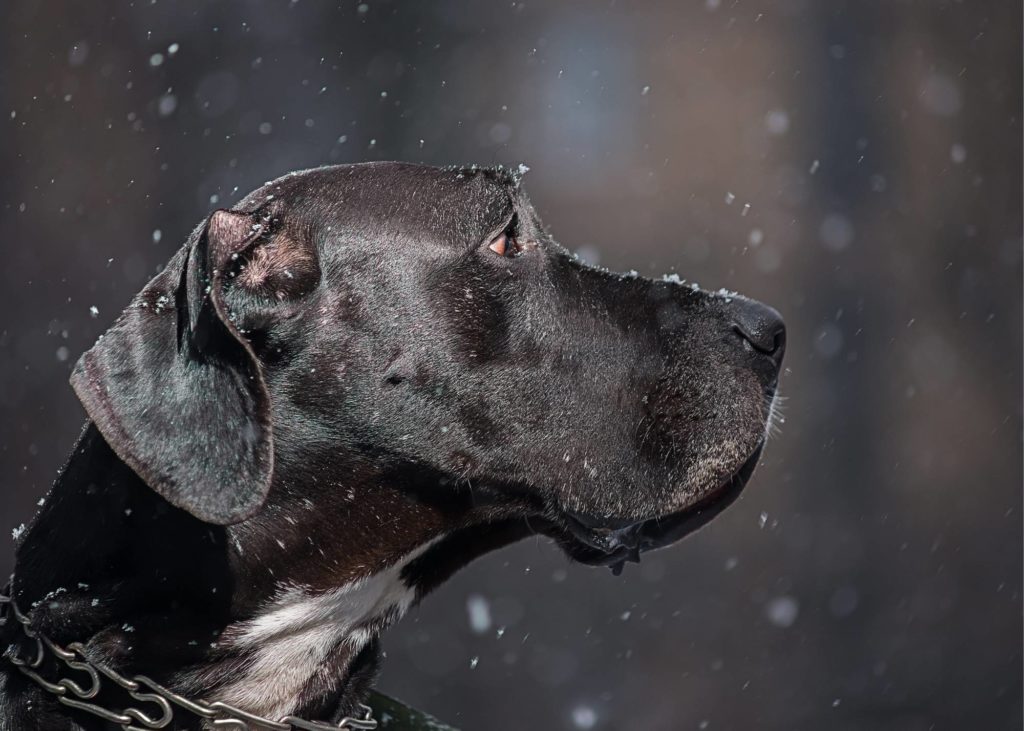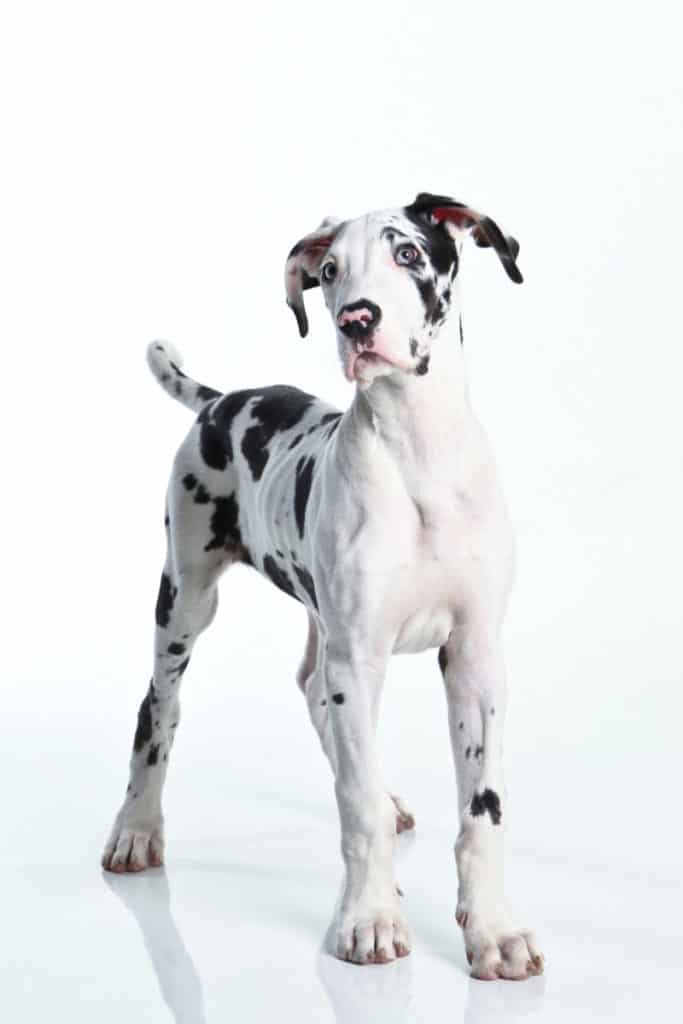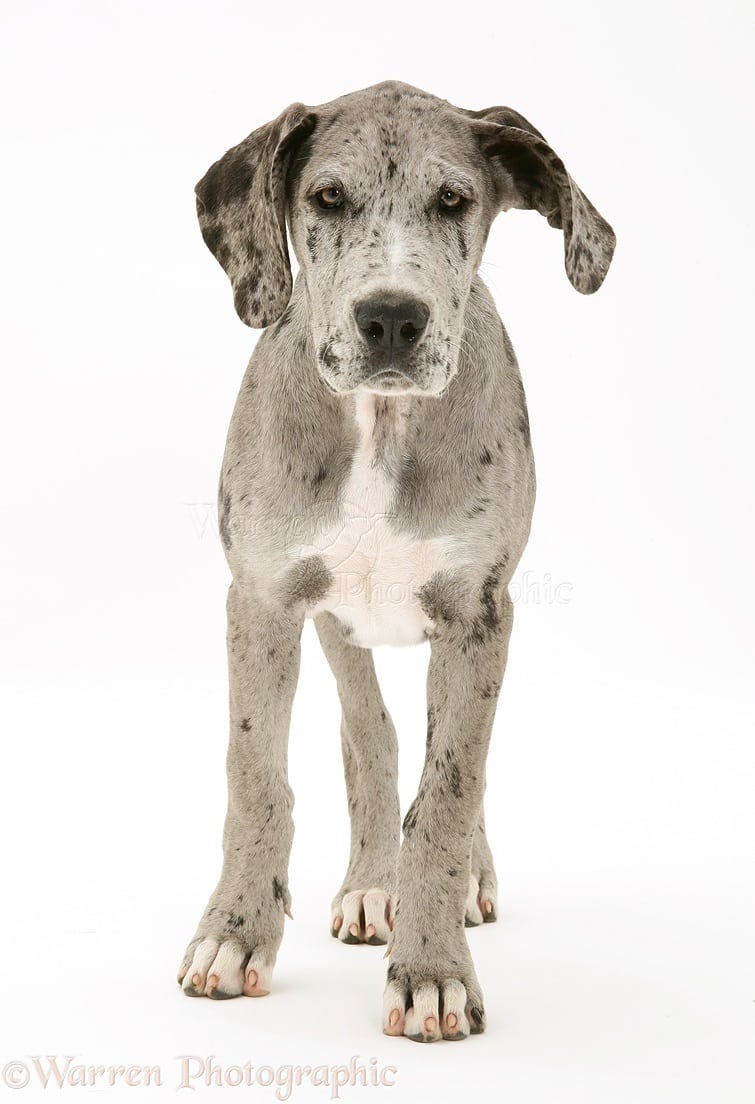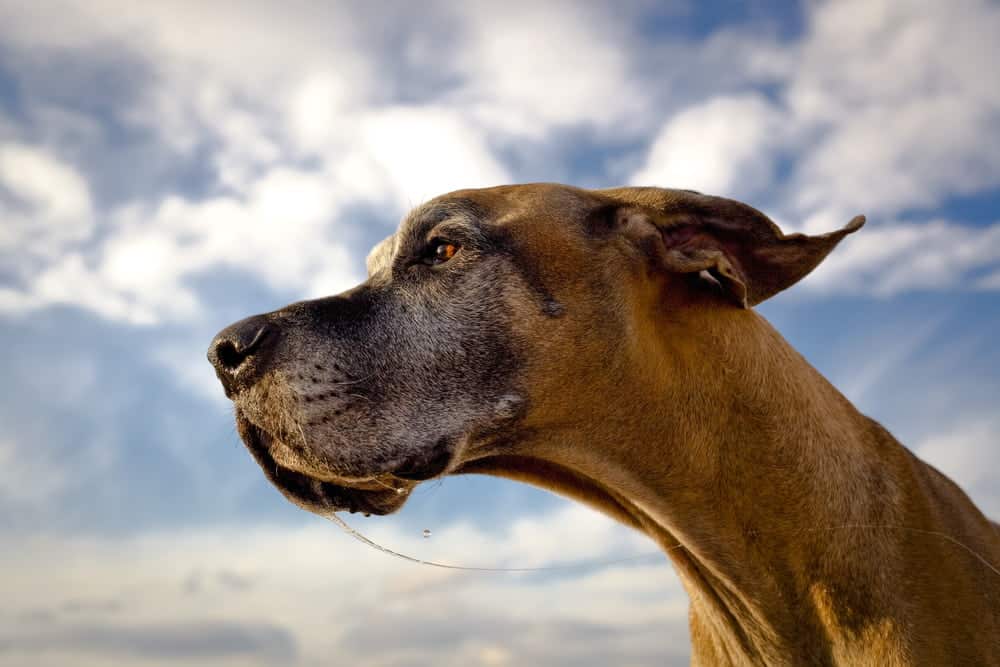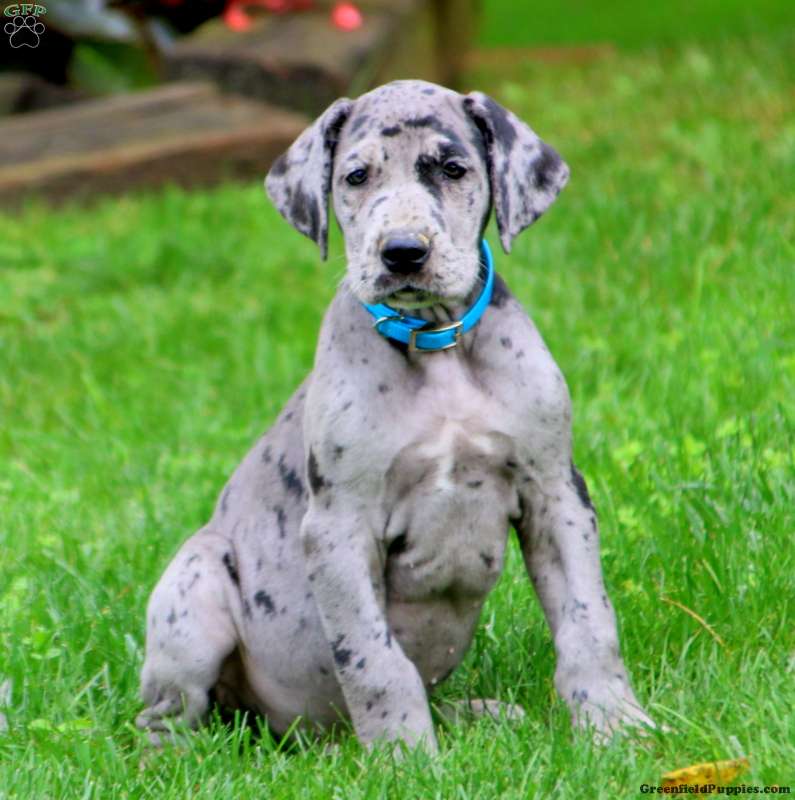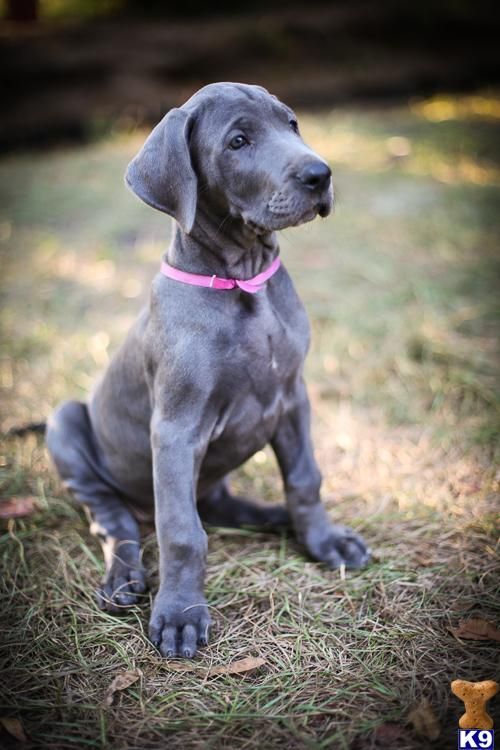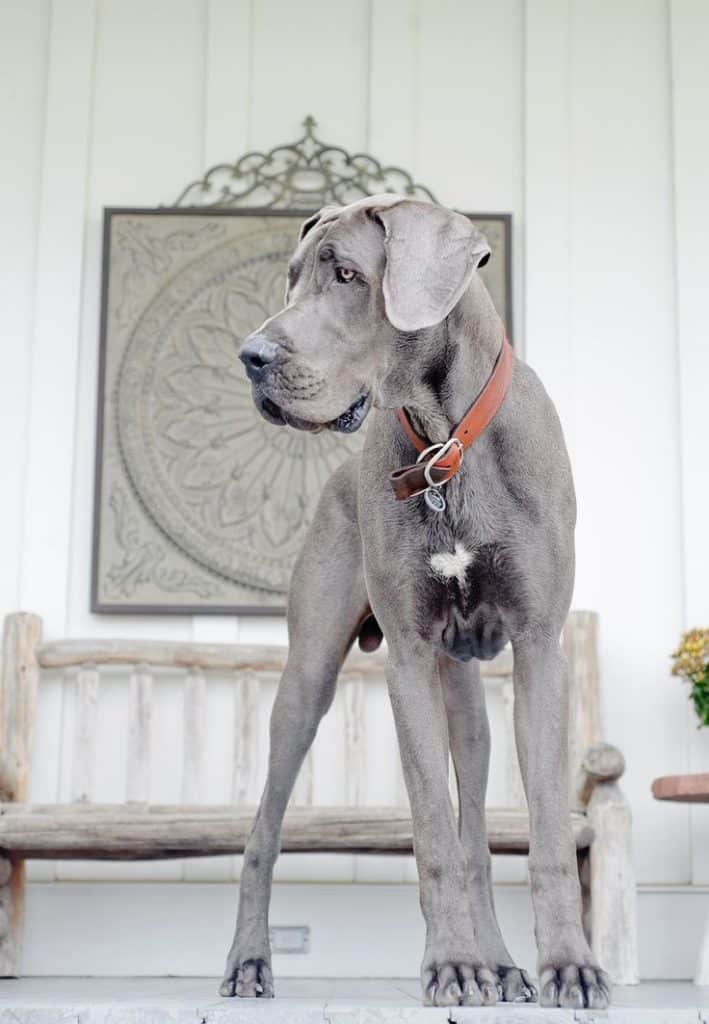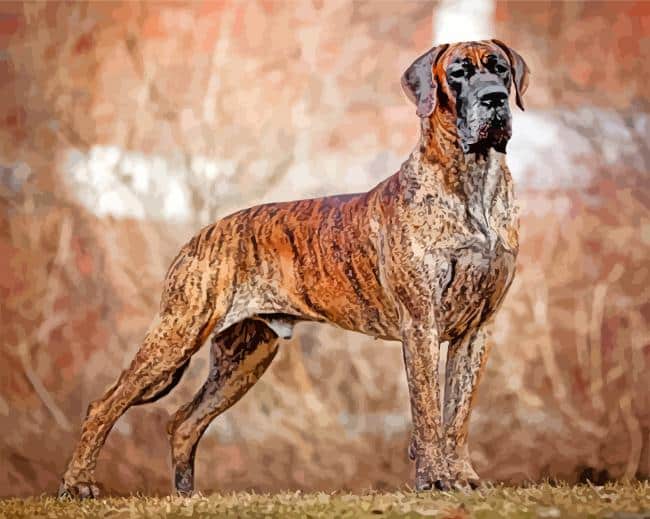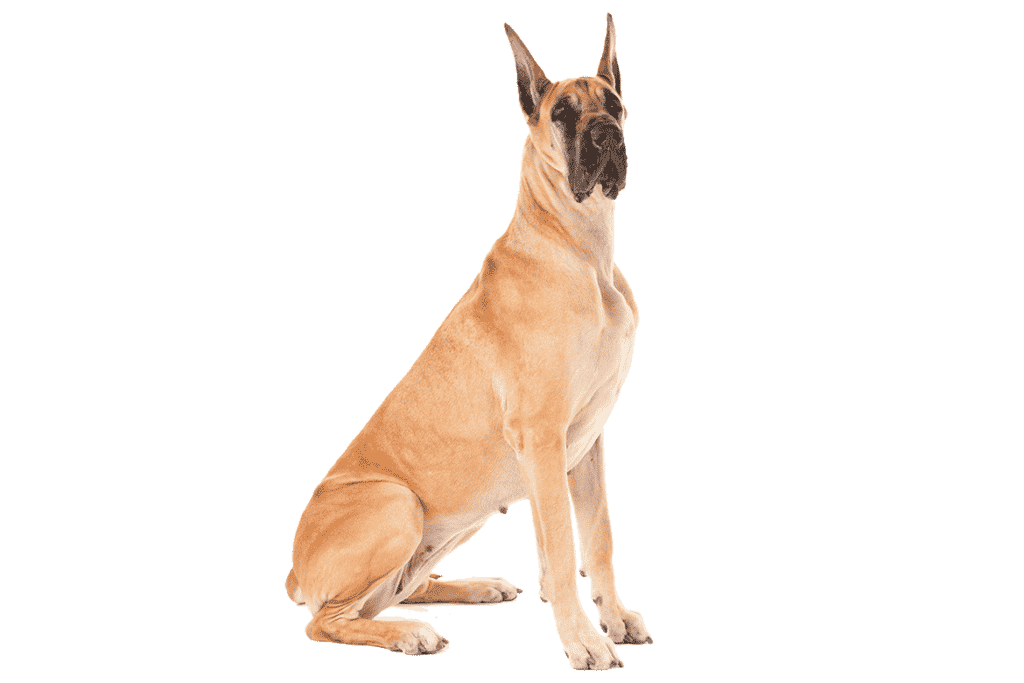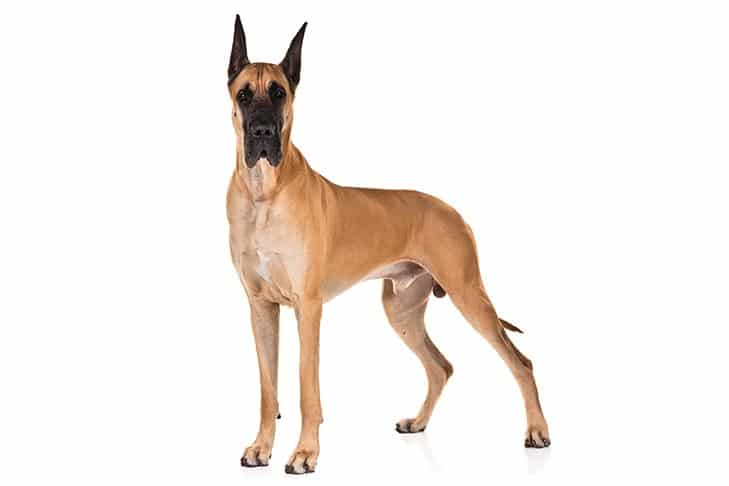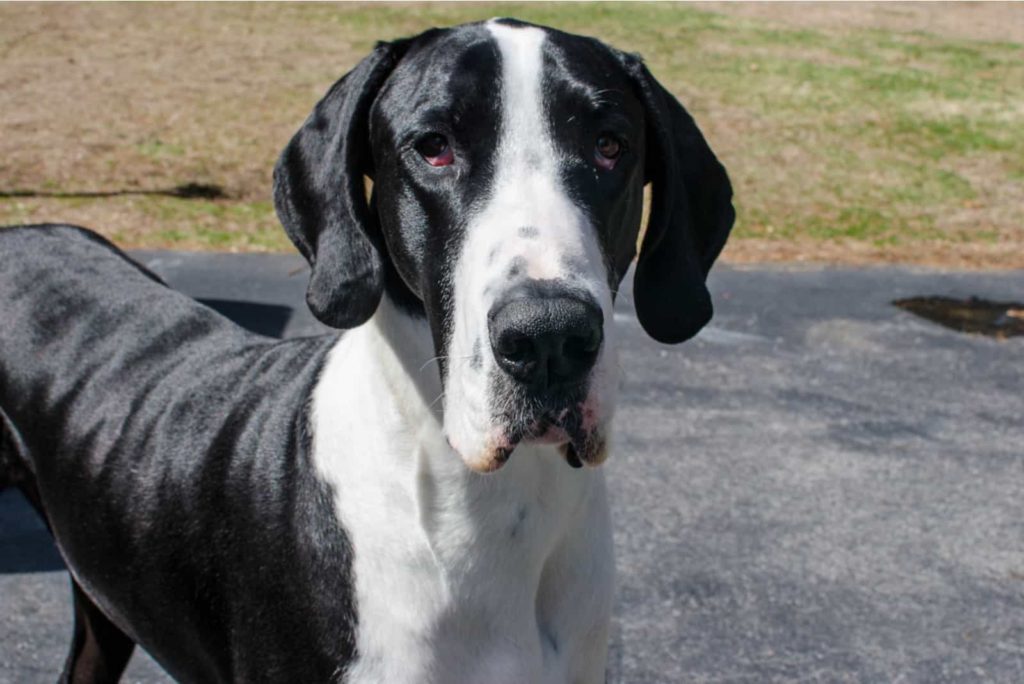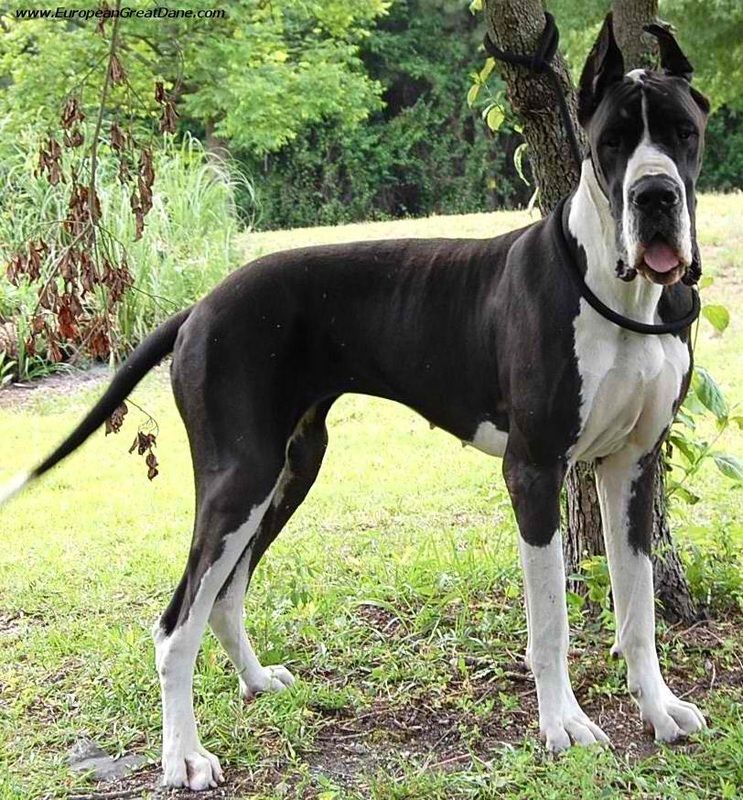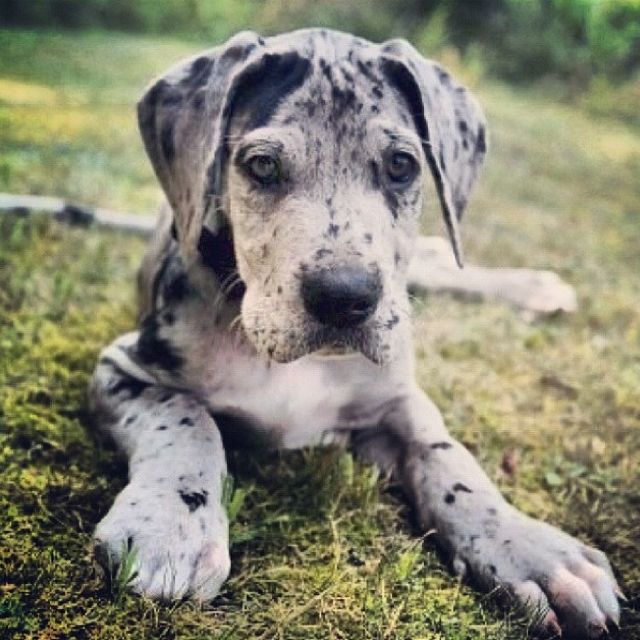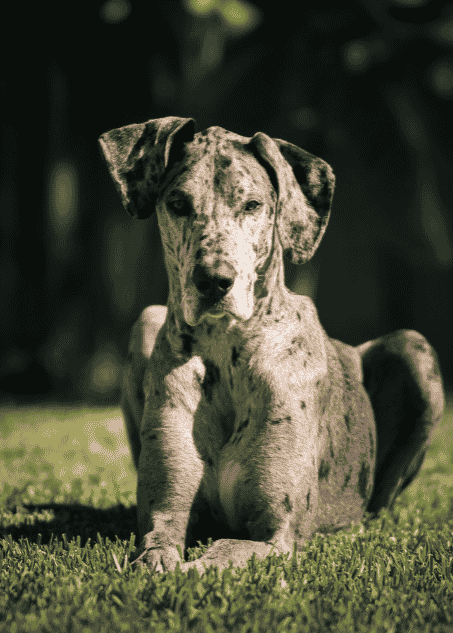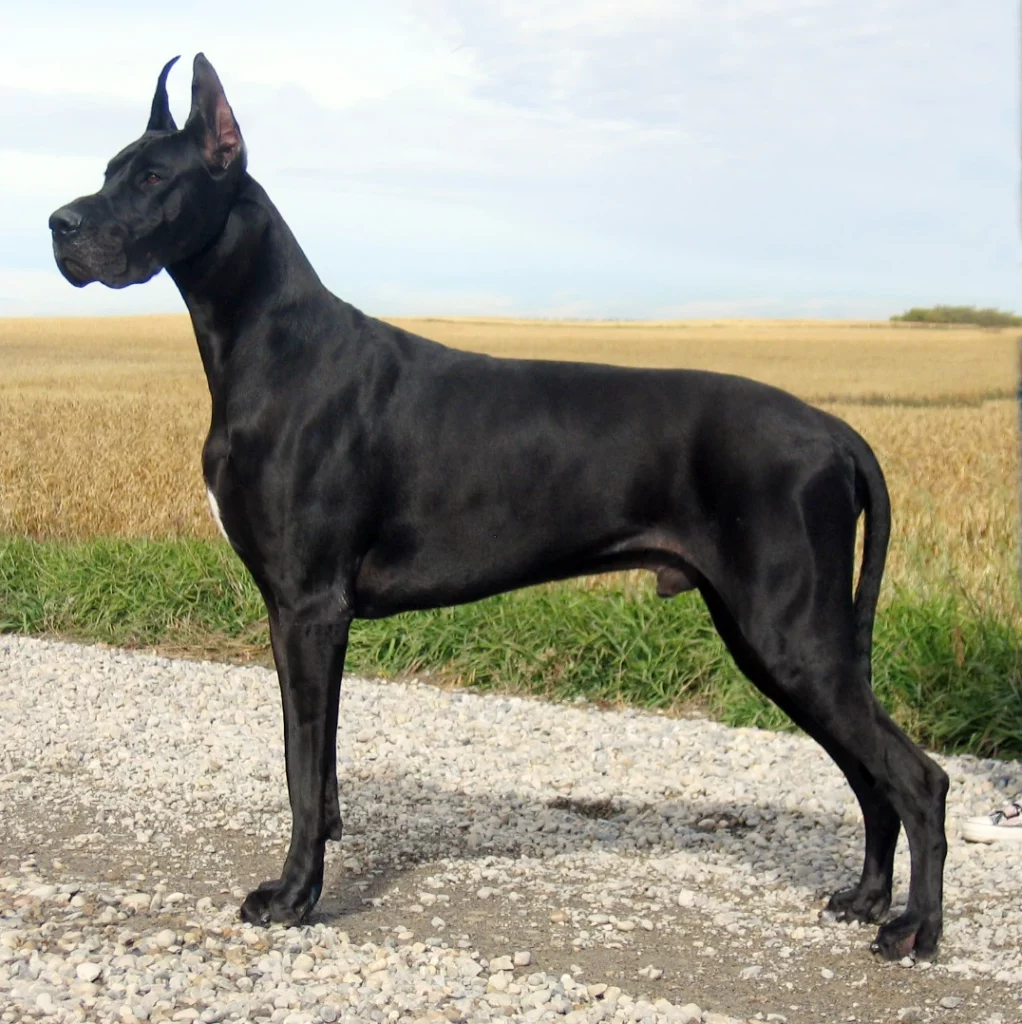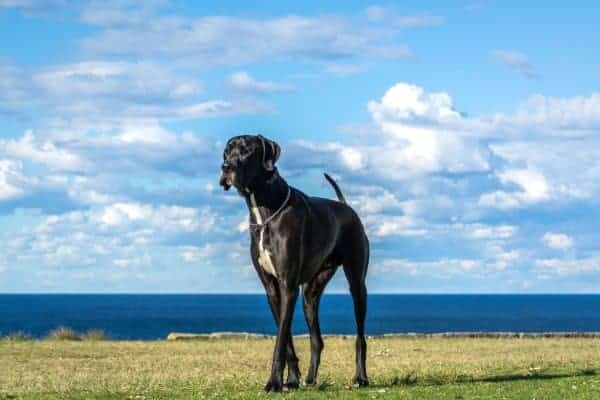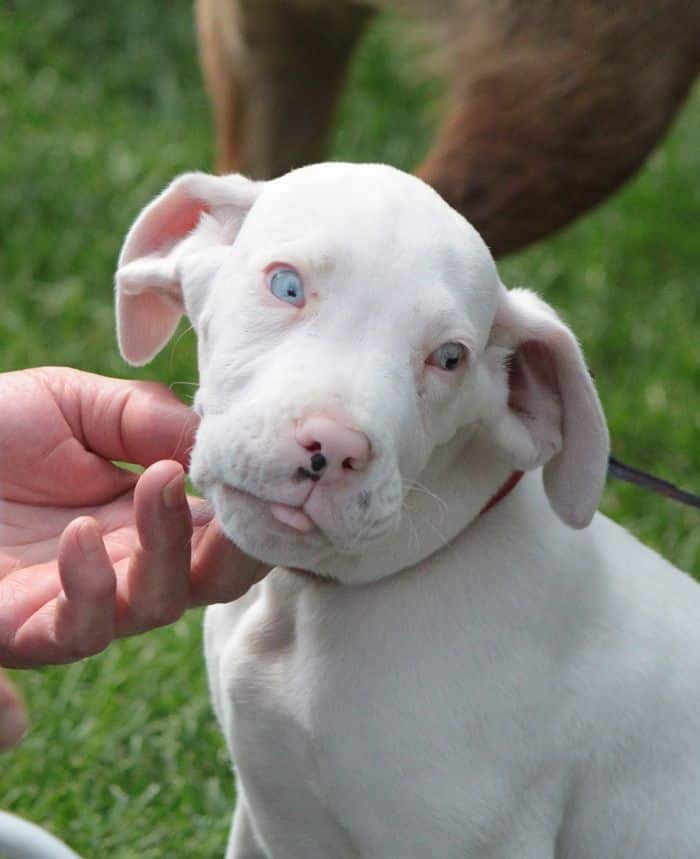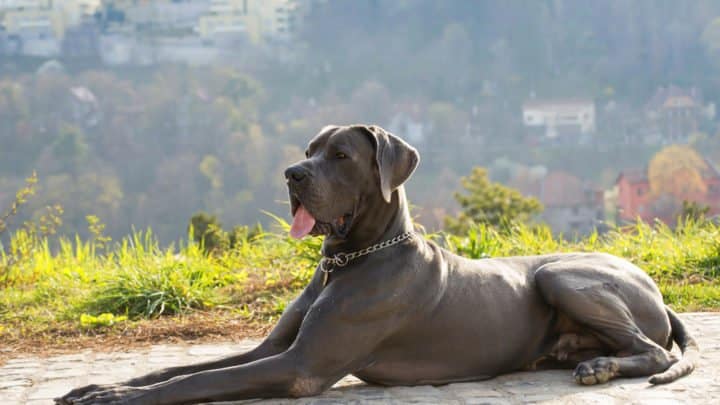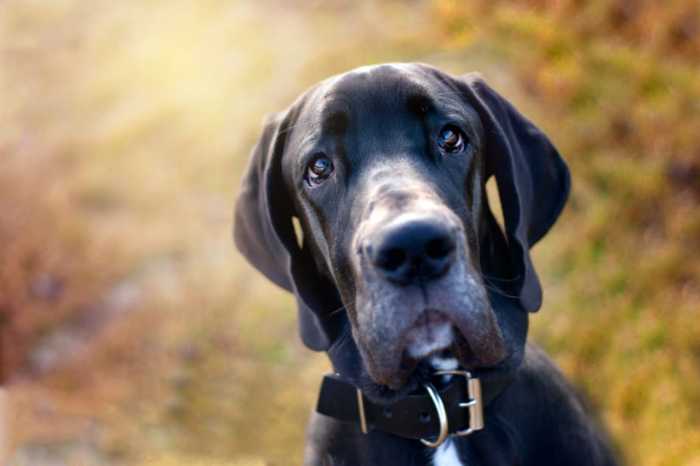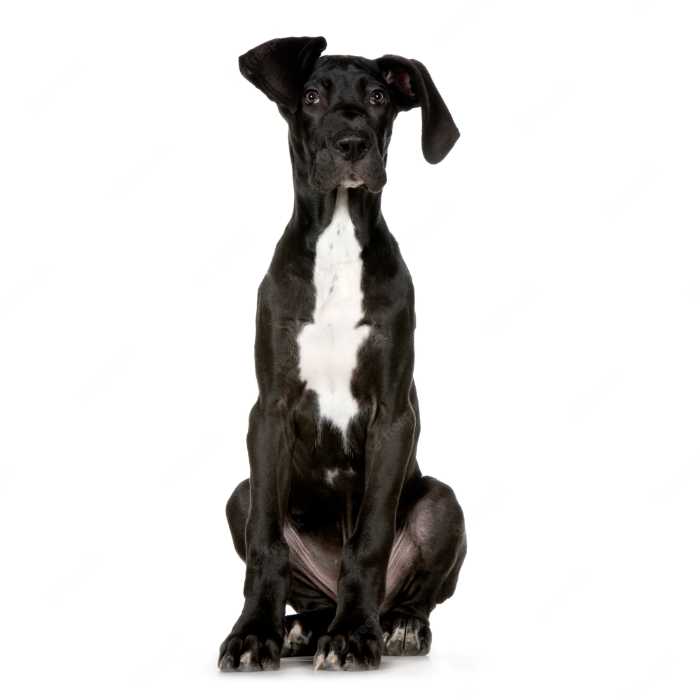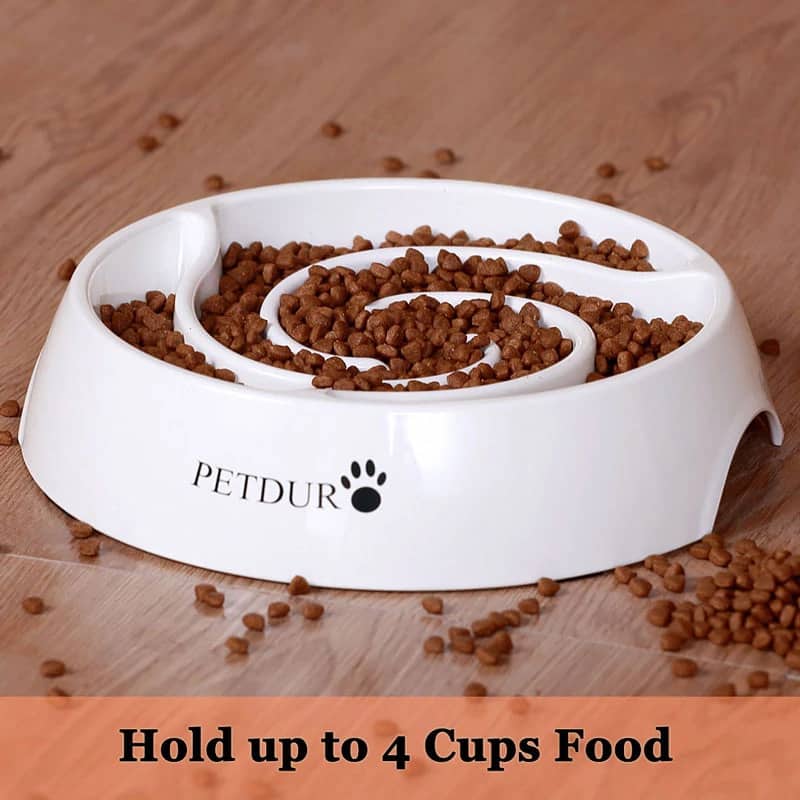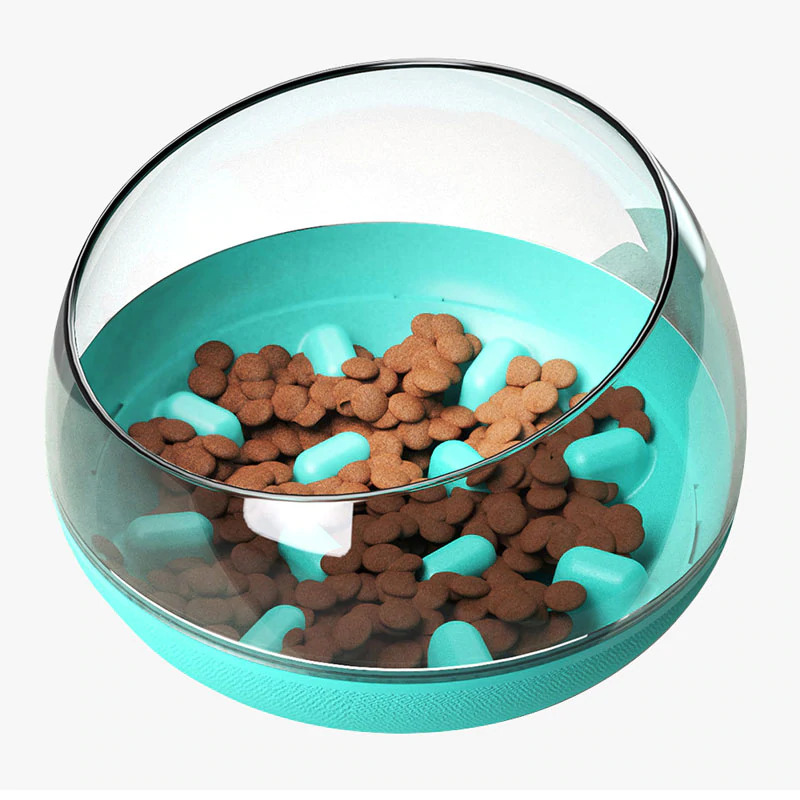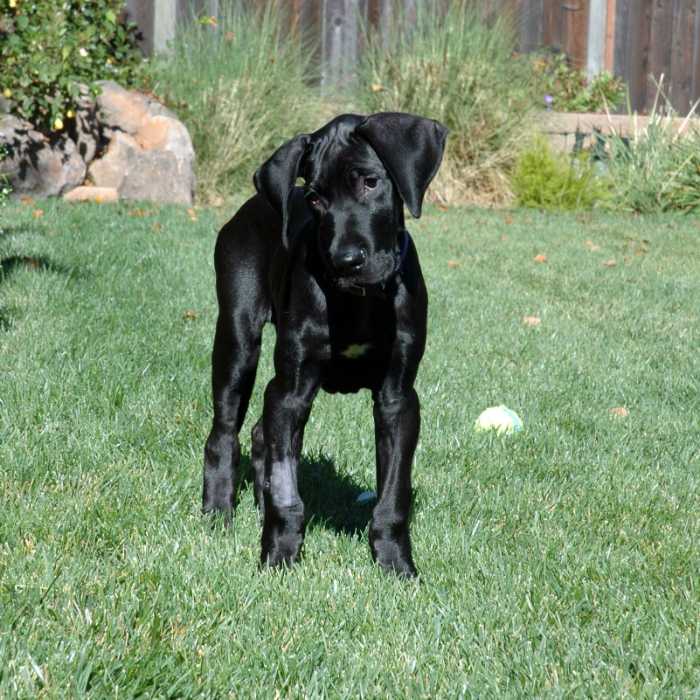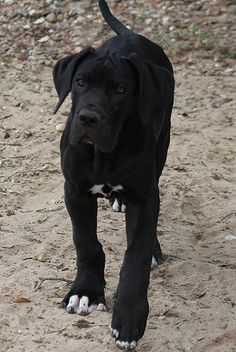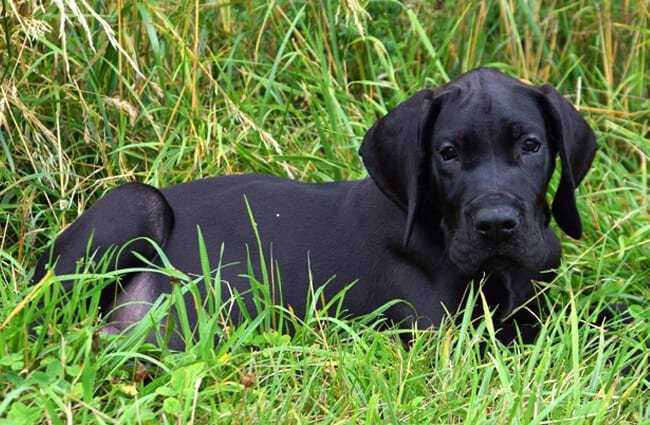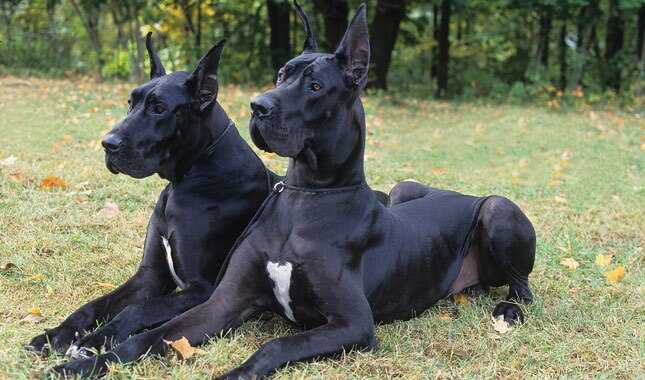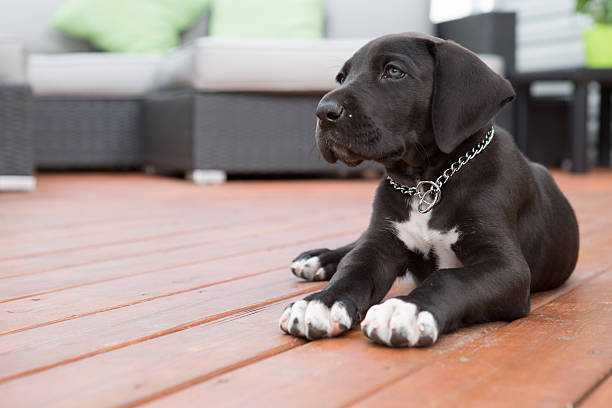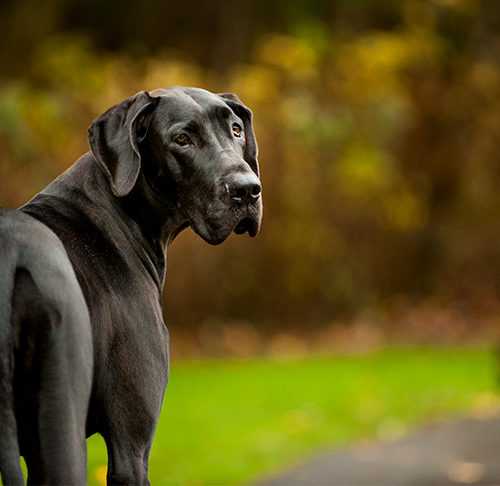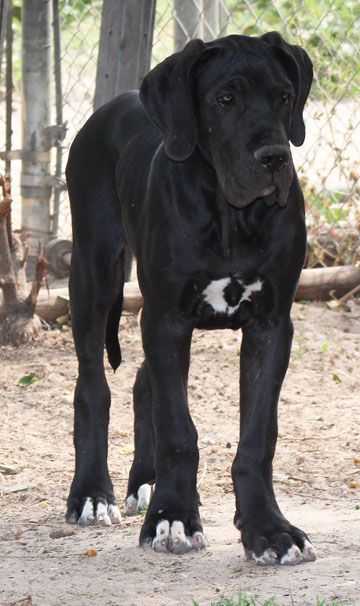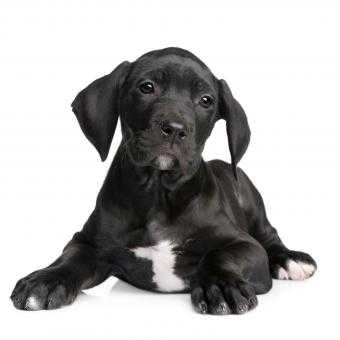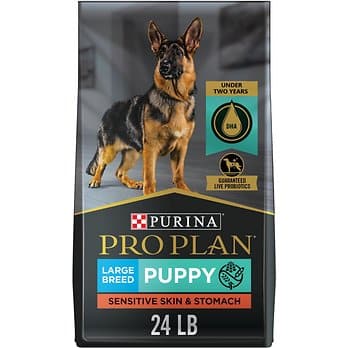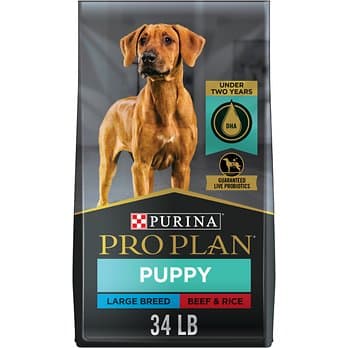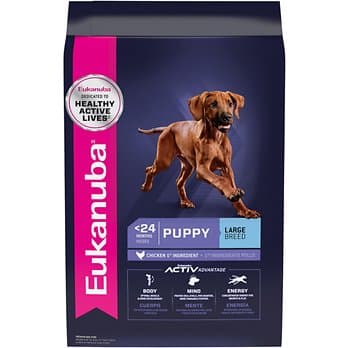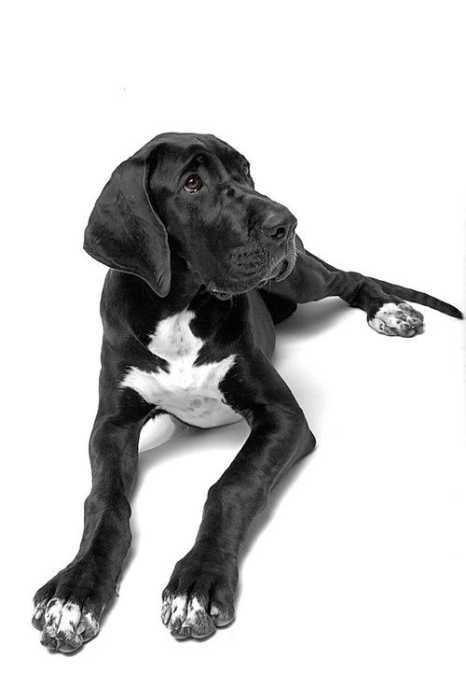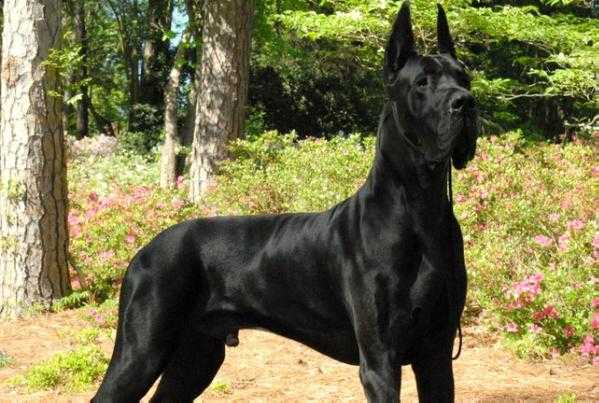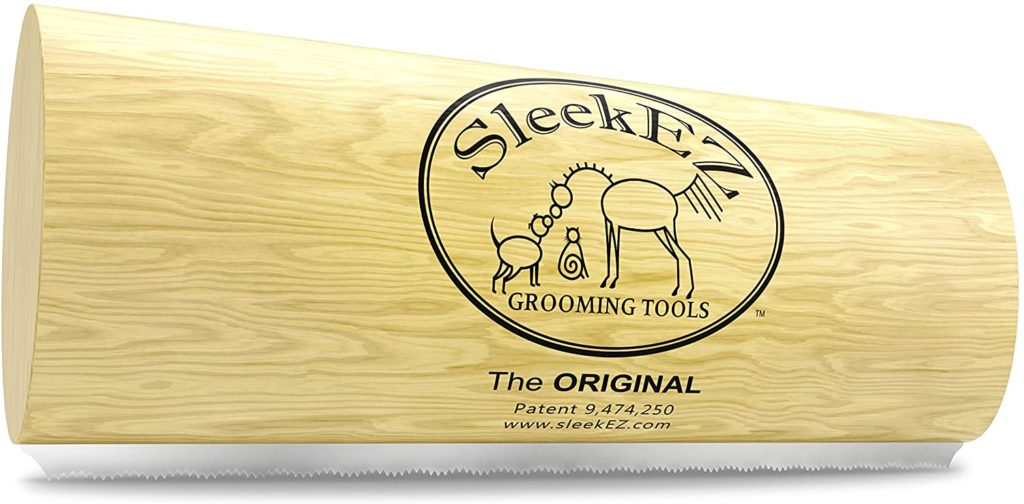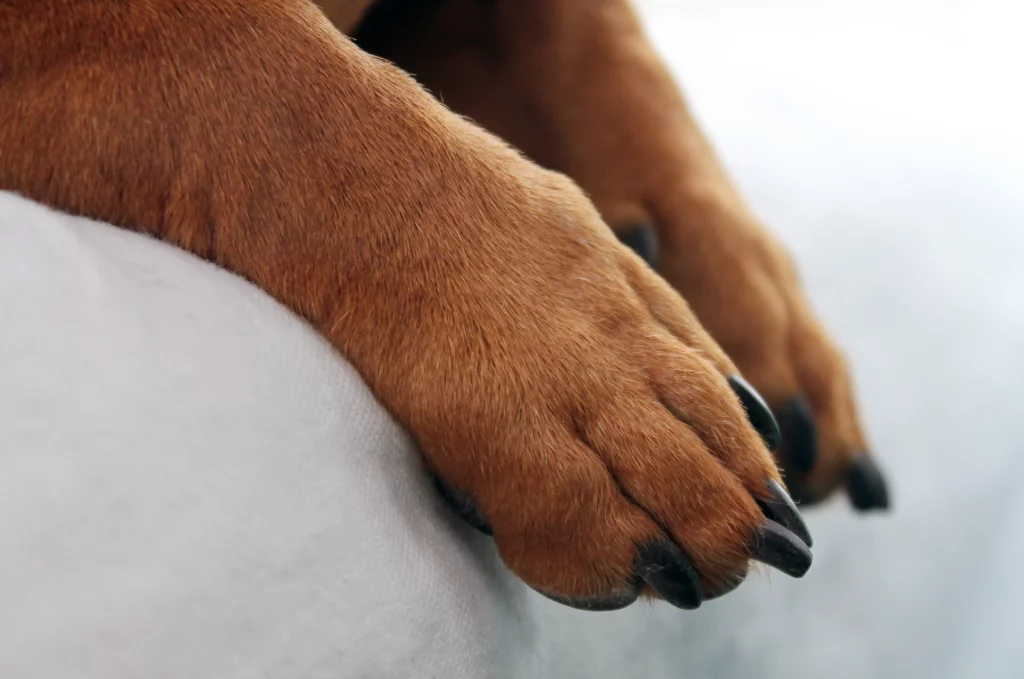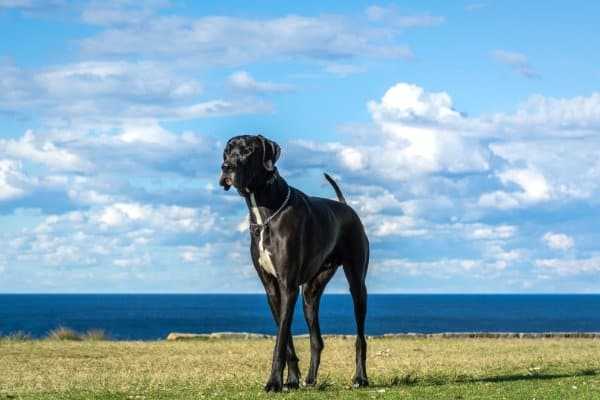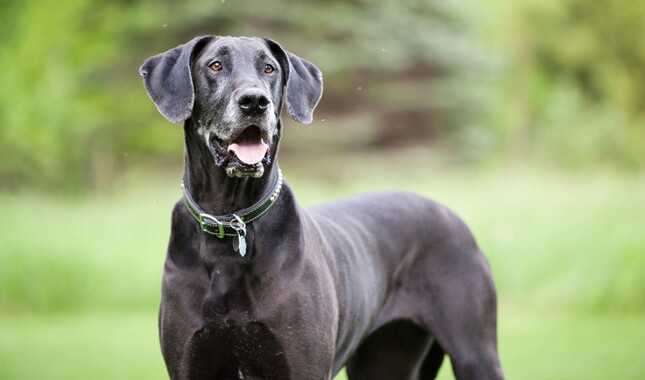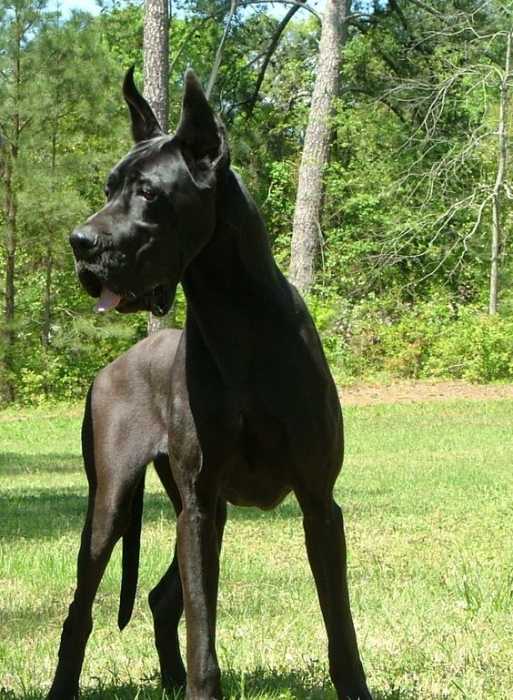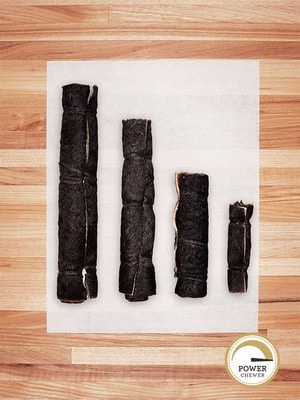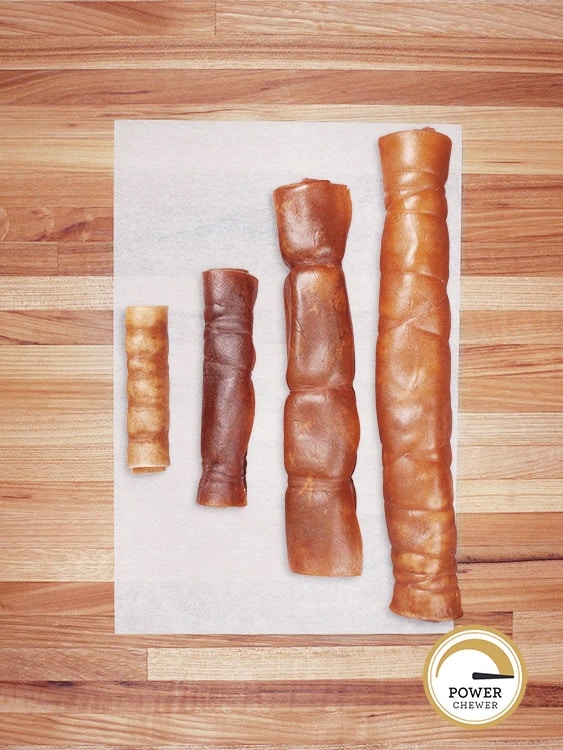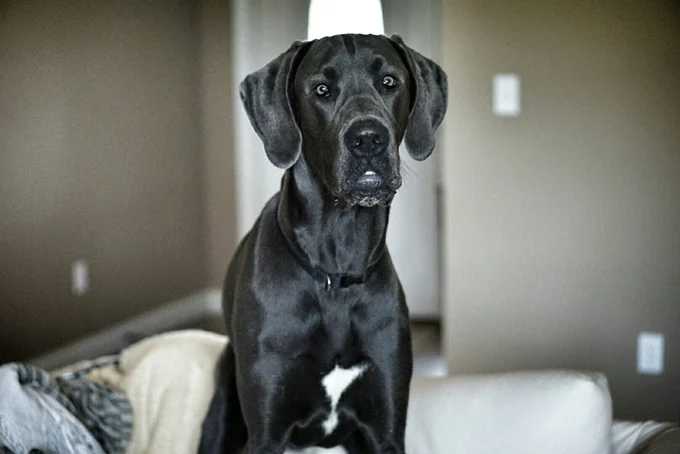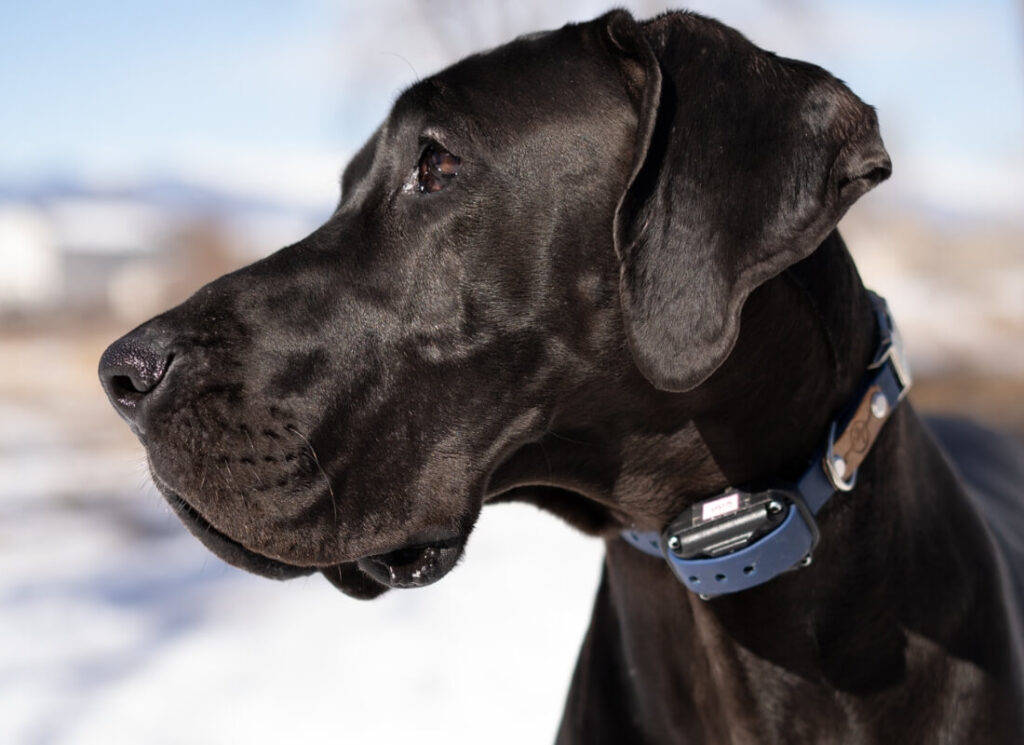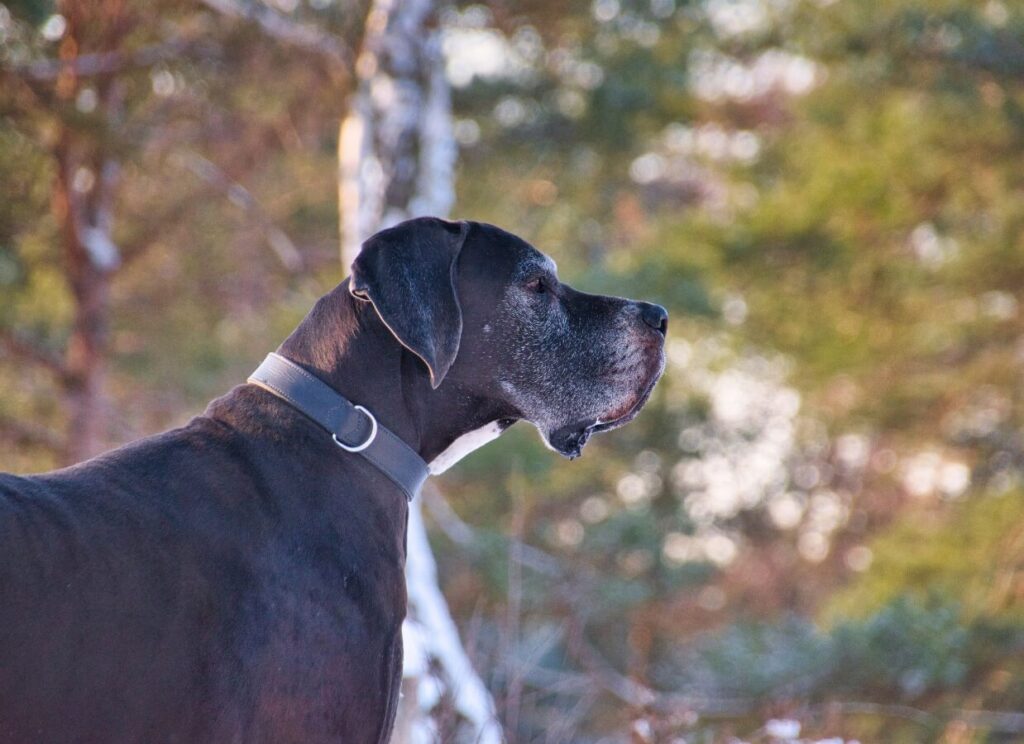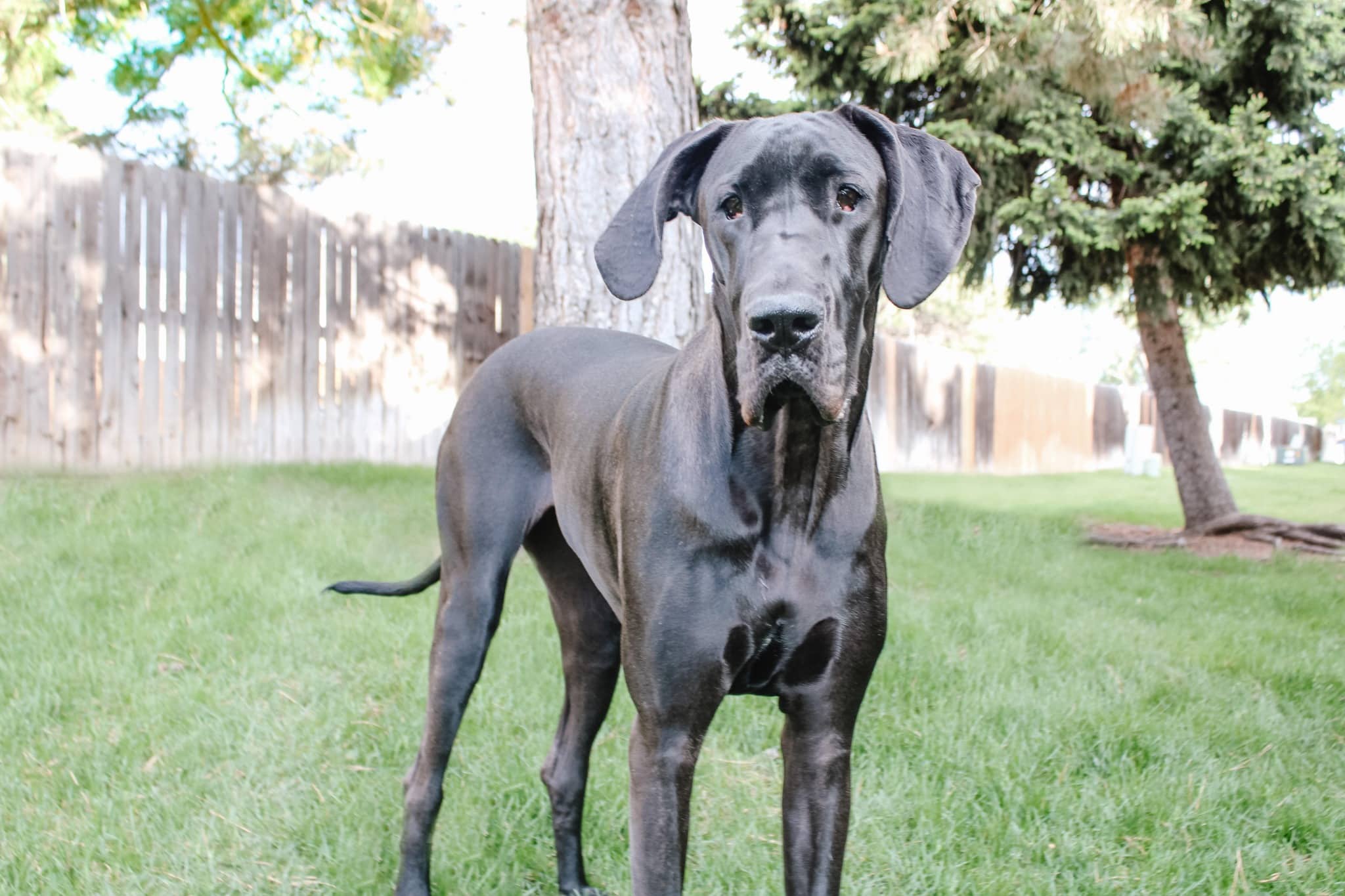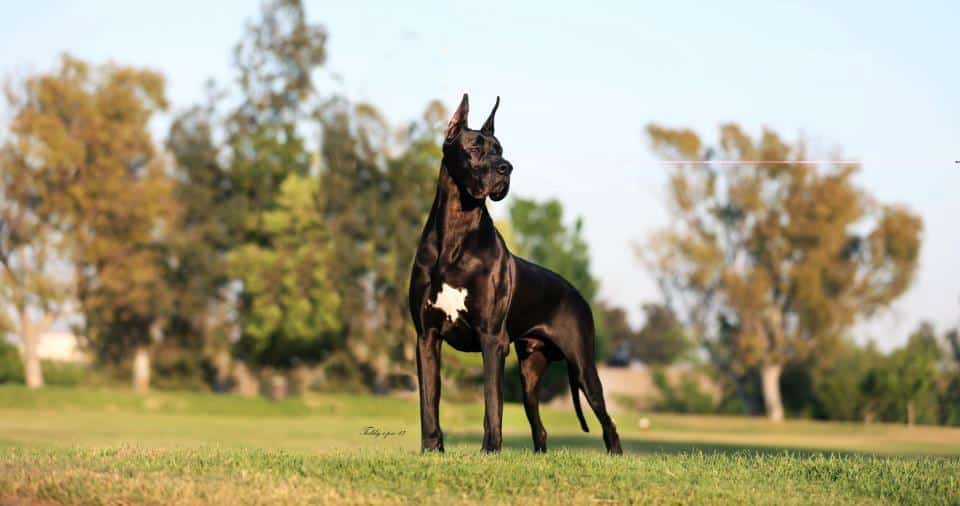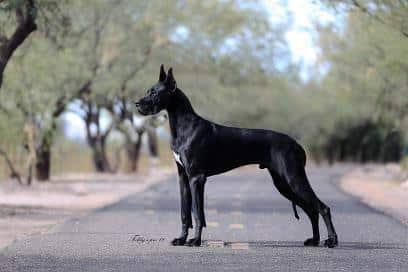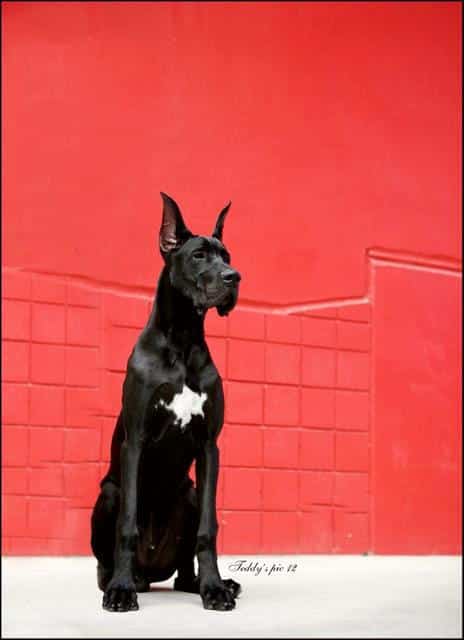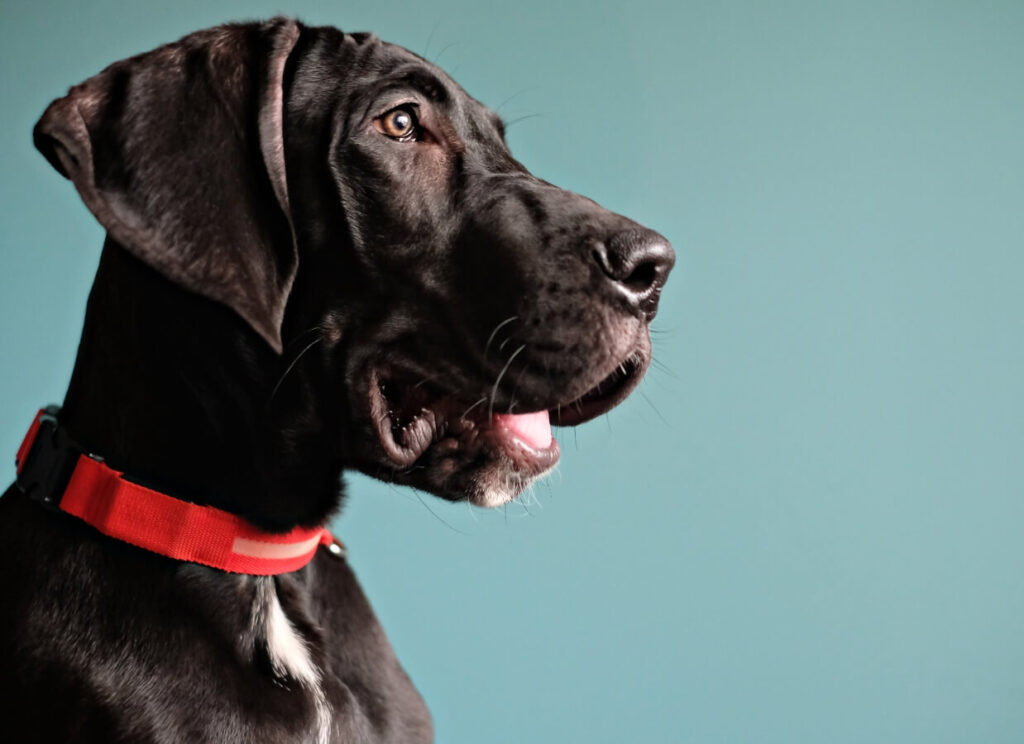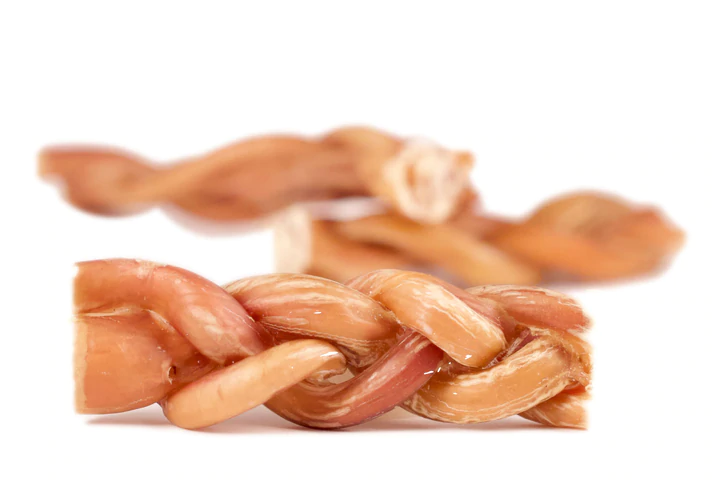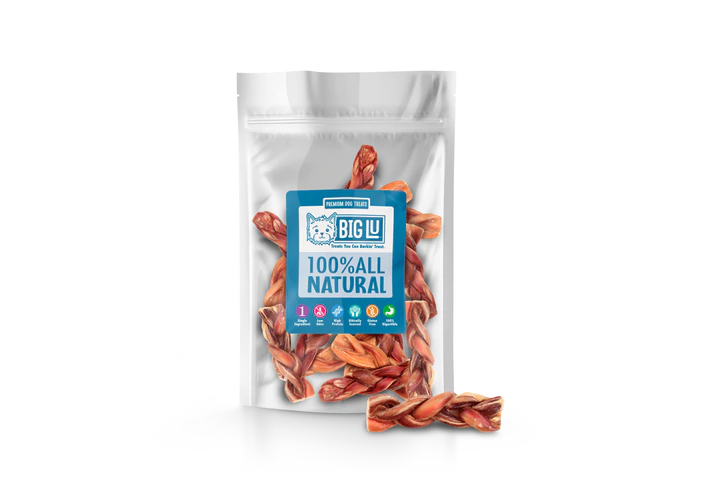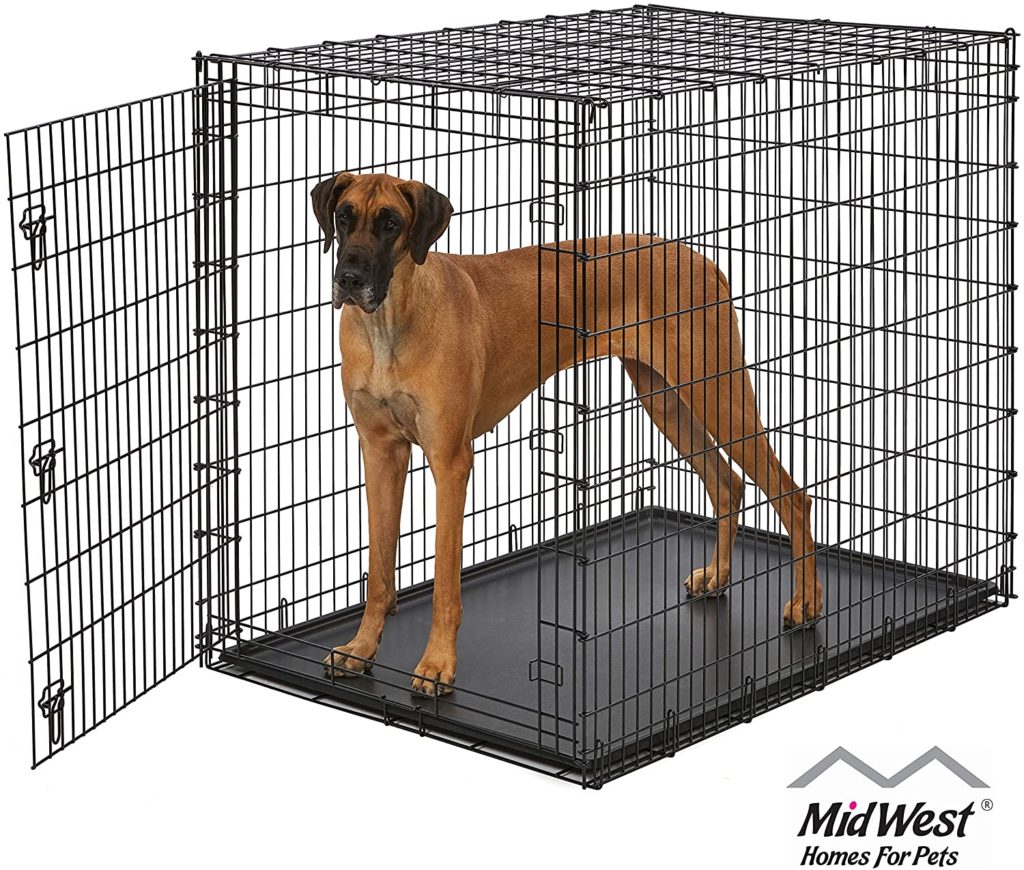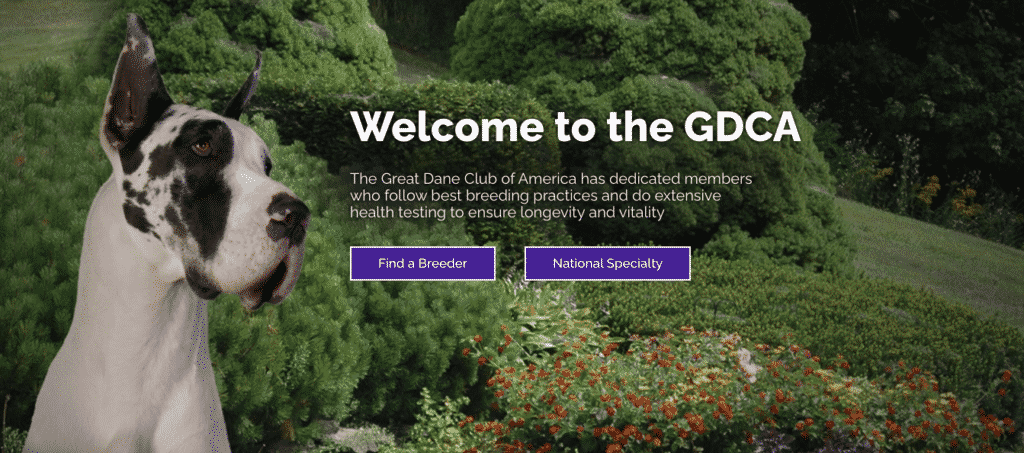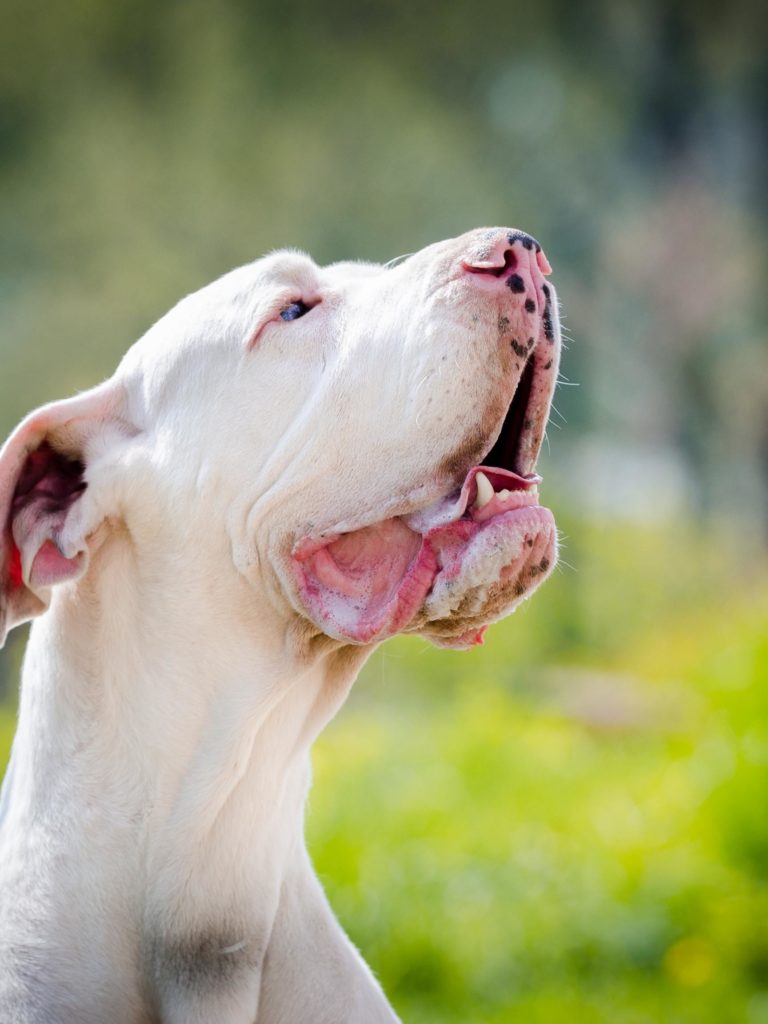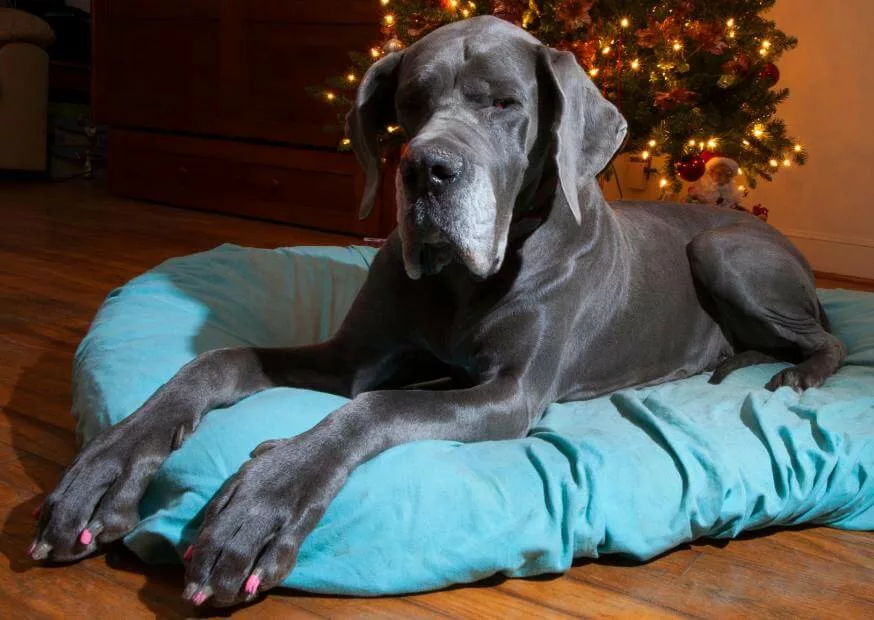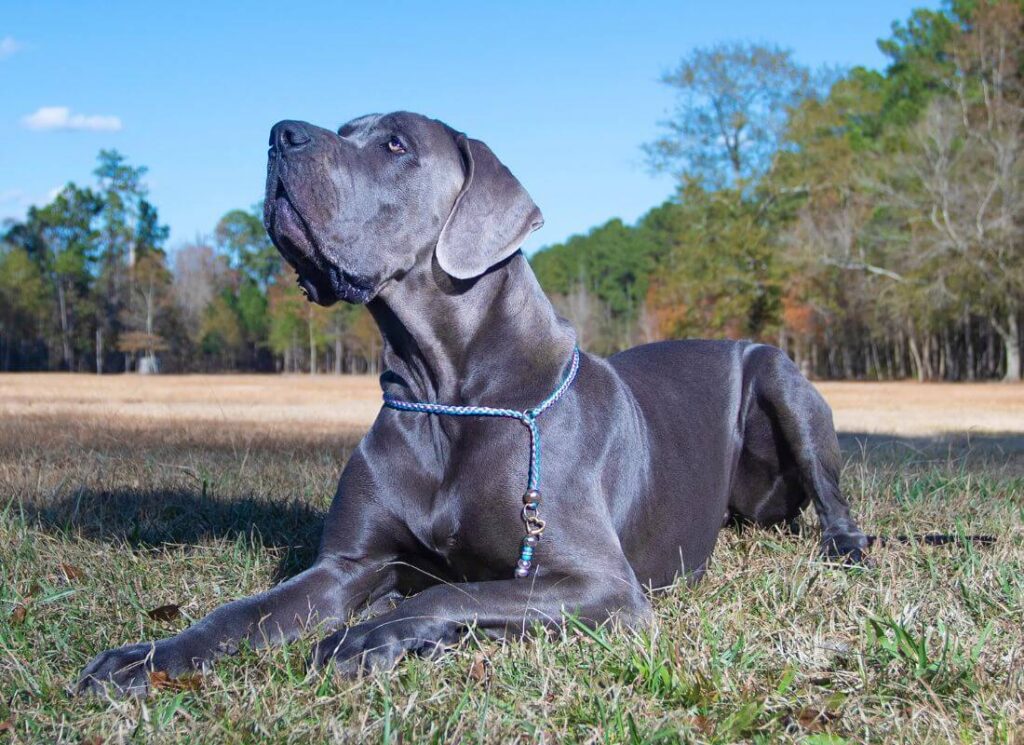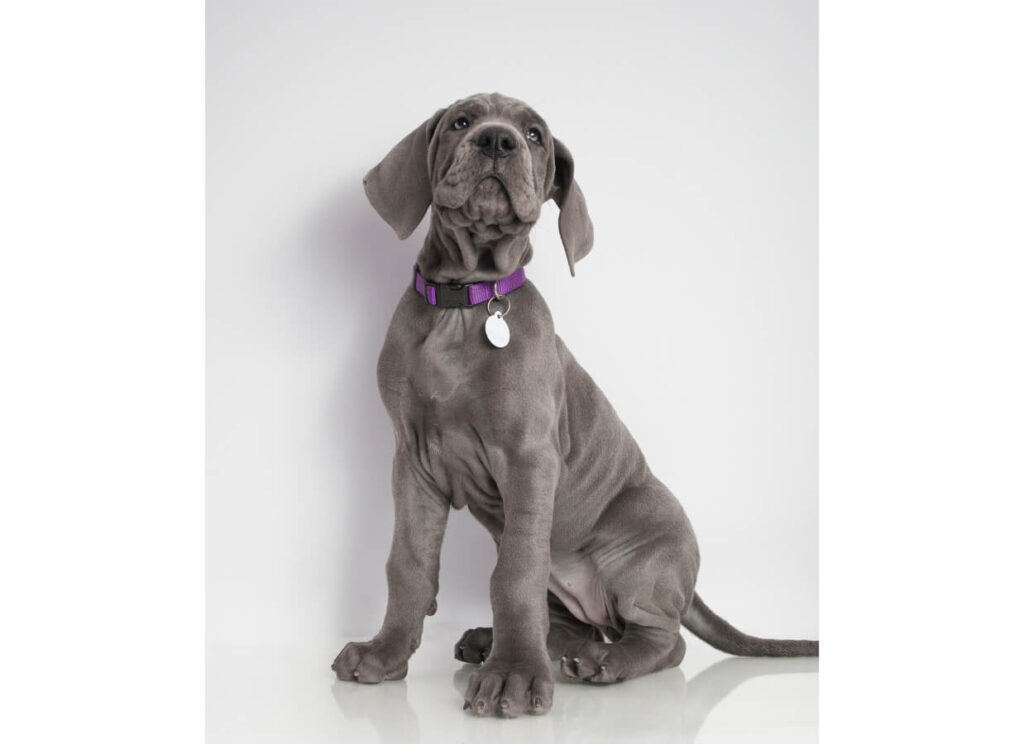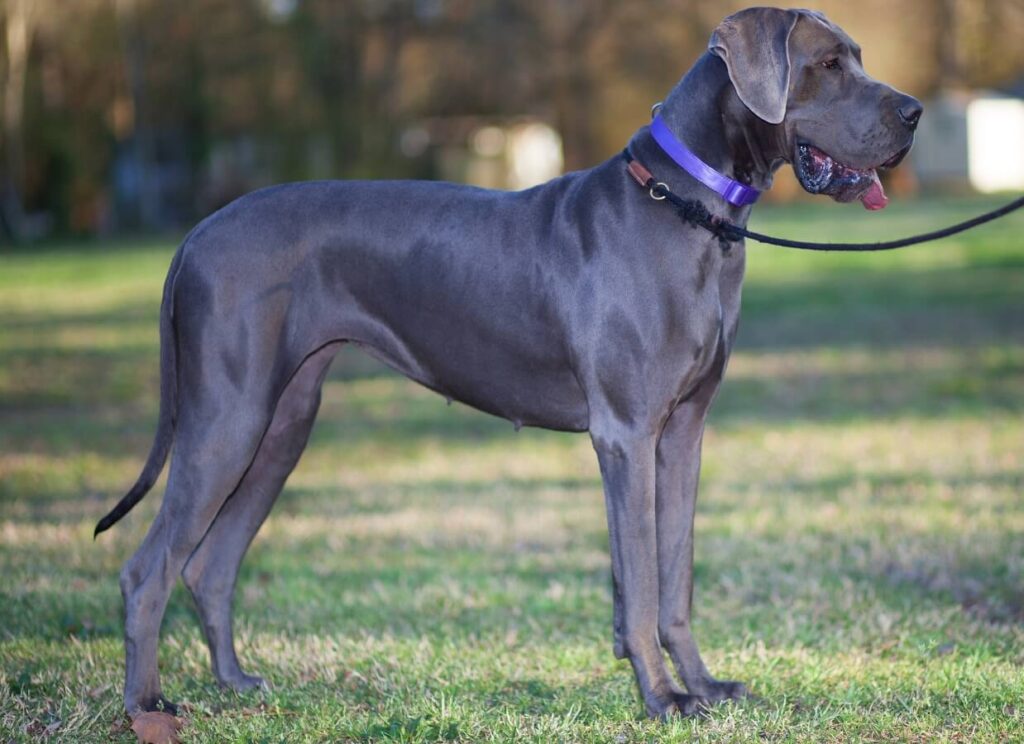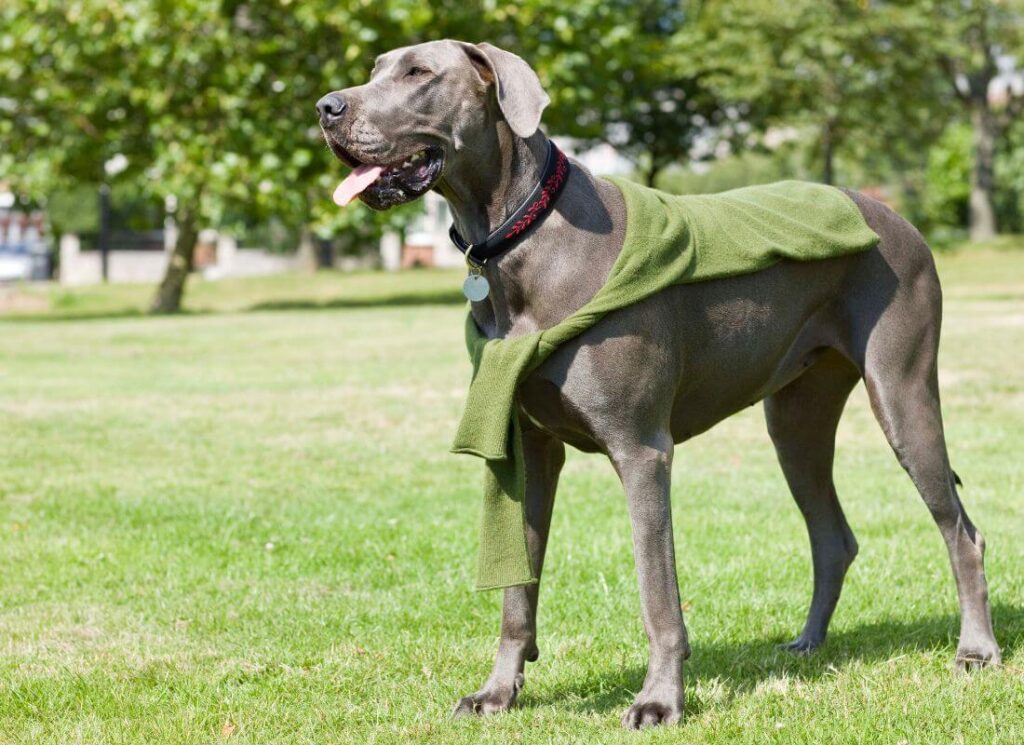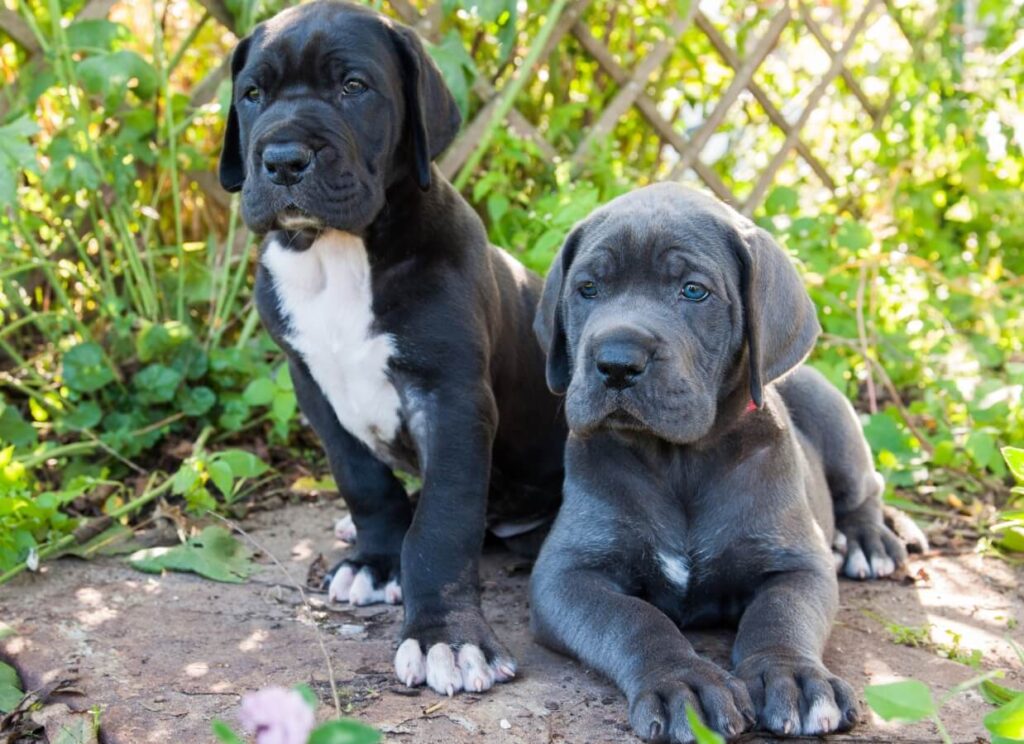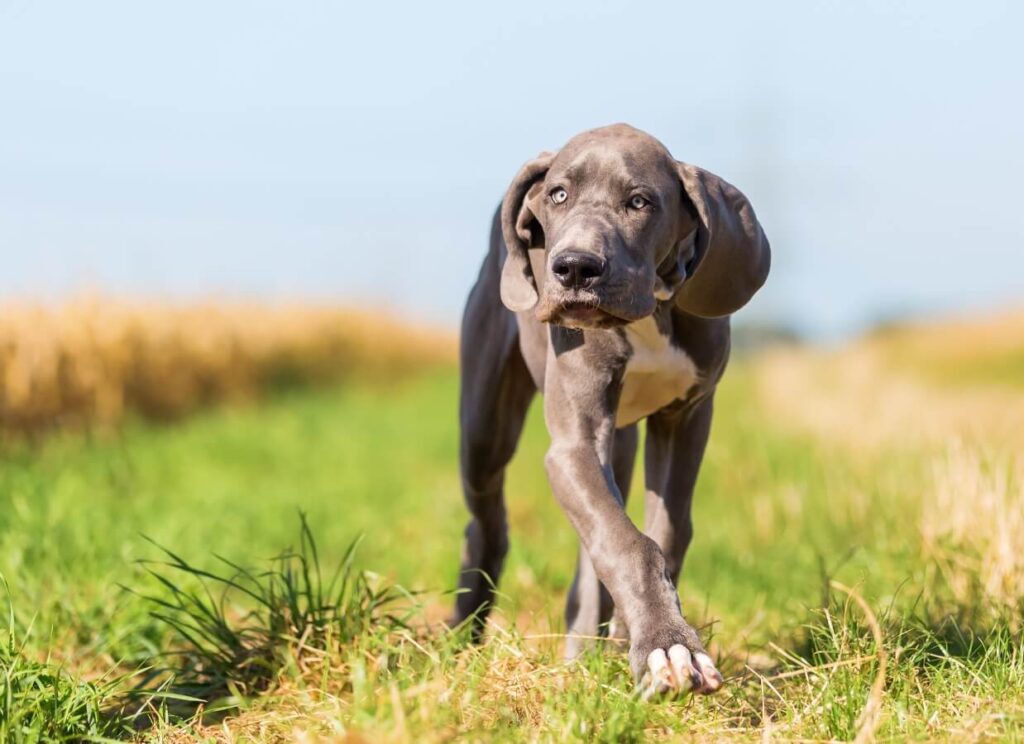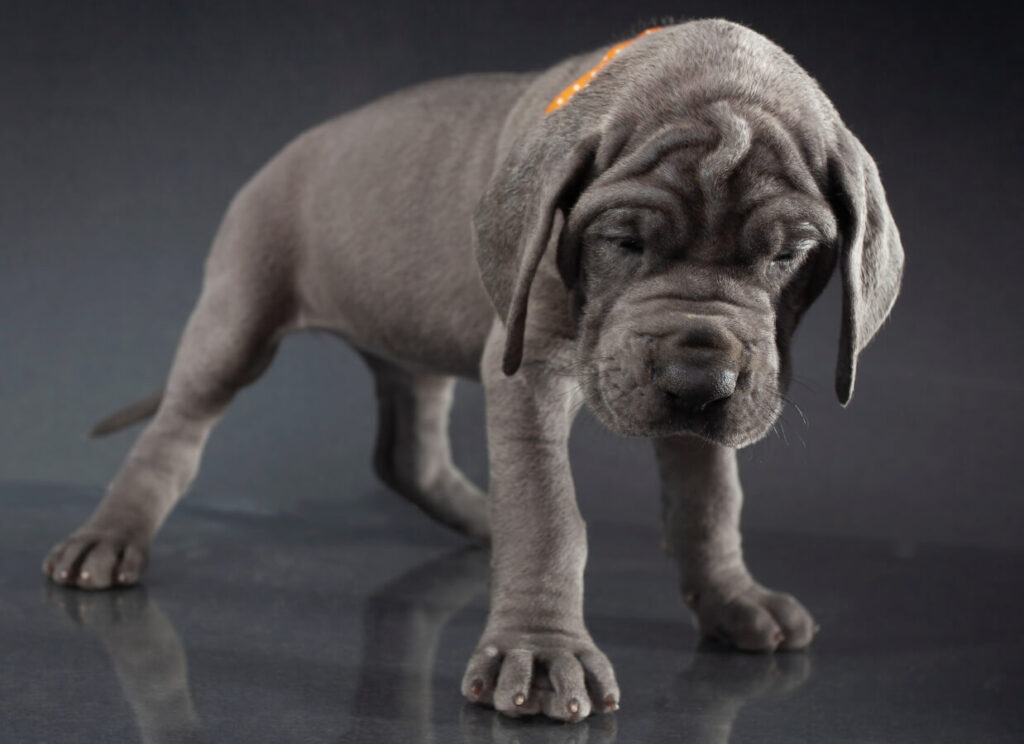What is a Great Dane Brindle coloring and what makes their color so special?
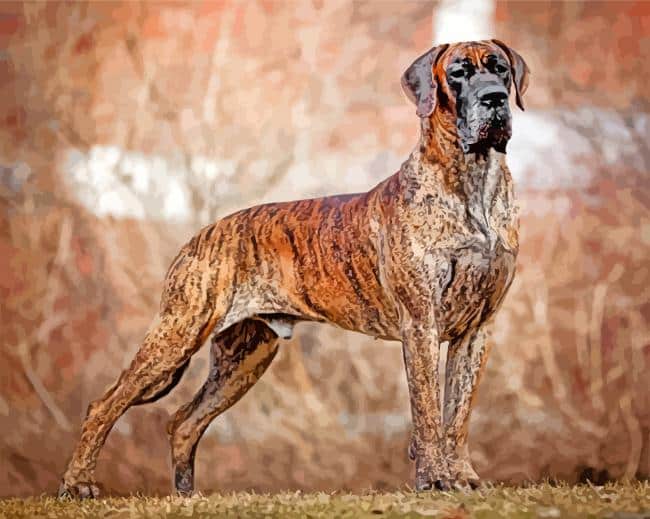
Brindle Great Danes have a beautiful coat color for this breed of dog. The colors are usually black, brown and gray in a brindled pattern.
14 Exciting Things about Black Great Danes
Double Merle Great Danes
Miniature Great Danes: The Pocket Size Version
Colors of Great Danes
Harlequin Great Danes
White Great Danes
So what makes Great Dane Brindle clolouring so special? These gentle giants are not only a beautiful dog, but also a wonderful family pet.
GREAT DANE BRINDLE COLORING
The coat color ‘brindle’ means that the dog’s coat is a mix of black and brown hairs, with gray hairs interspersed throughout. The brindle coloring can be seen in many different dog breeds, but it is particularly common in Great Danes.
The pattern of Brindle Danes is often described as ‘tiger-striped’.
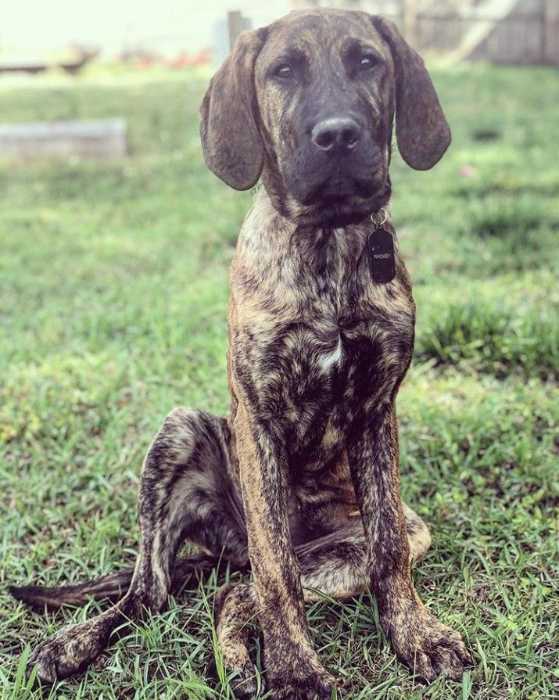
The brindle coloring is caused by a gene mutation that affects the production of pigment in the hair shaft.
This means that Great Dane Brindles can come in a wide range of coat colors, from light brown (dirty colored Brindles) to almost black, where you can’t see the brindle color as well.

However, no matter what, their base color is somewhat of a yellow-gold coat and they have strong black cross stripes, which is what makes people refer to this dog breed as having a ‘tiger stripe pattern’.
BRINDLE GREAT DANE DOG AND THEIR HEALTH

Are Brindle Great Danes healthy?
If you are trying to add a Great Dane puppy into your family, you want to prioritize health.
Some issues that are common with Great Danes are:
- Wobblers Syndrome: This is a neurological condition that affects the dog’s ability to walk. It is caused by a malformation of the vertebrae in the neck, which puts pressure on the spinal cord. (Read about Gigi’s Wobblers Here)
- Hip Dysplasia: This is a condition where the ball and socket joint in the hip doesn’t fit together properly. This can cause pain and lameness in the dog.
- Elbow Dysplasia: This is a condition where the bones in the elbow joint don’t fit together properly. This can also cause pain and lameness.
- Bloat: Great Danes are also susceptible to bloat, which is a life-threatening condition where the stomach twists on itself and traps gas. This can cause the dog to go into shock and die if not treated immediately. (Read about bloat here: What is Bloat?)
- Allergies/Dry Skin: Great Danes can be prone to allergies and skin conditions, but it is most likely due to toxins and food issues. If you have a Brindle Great Dane, look into a properly formulated Great Dane diet while your Great Dane is still a puppy in order to prevent allergies/dry skin issues. Read about Dry Skin Issues Here: Helping Dry Skin)
- Ear Infections: At times, the Great Dane breed may get more ear infections than other dogs. Ear infections can be caused by anything from yeast to food intolerances. Read more here: Ear Infection Tips Plus The ALL TIME BEST Product Recommendation. Read up on Ear Cropping here.
Fortunately, there are steps that you can take to minimize the risk of your Brindle Great Dane having any health problems. You should start by finding a reputable breeder who health tests their dogs for hip dysplasia, elbow dysplasia and has no bloat in their genetics.
Bad Breeders
Scam Breeders: What to Look For
Breeders: Shady Business
Should I Choose a Breeder or Rescue?
Choosing a Dog From a Show Breeder
What Makes a Breeder Good?
What is a backyard breeder? The AKC has 1000’s.
BACKYARD BREEDING AND GETTING A BRINDLE GREAT DANE
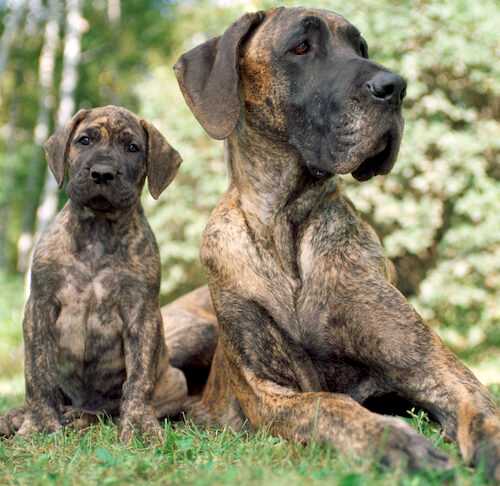
Backyard breeding is a huge issue in the Great Dane breed. Finding a reputable and responsible breeder is one of the most important things you can do if you are getting a Brindle Great Dane puppy.
Red flags for Great Dane breeders:
- RED FLAG #1: A breeder who does not health test their dogs for hip dysplasia, elbow dysplasia and other OFA tests. (OFA HEALTH TESTS)
- A breeder who is not knowledgeable about the Great Dane breed and cannot answer your questions. (How to find a good breeder)
- A breeder who has a high number of puppies available or who frequently has litters of puppies. (BAD BREEDER RED FLAGS)
- A breeder who breeds for “Euro” Danes. (Euro: The Droopy Issue)
- A breeder who breeds off colored Great Danes with no health testing for color. (Great Dane ‘off standard’ colors- is it good or bad?)
- A breeder who refuses to let you meet the puppies’ parents or see where the puppies are being raised.
- A breeder who sells their puppies online without meeting you in person first. (SCAMS!)
- A breeder who breeds a Harlequin Great Dane with either another Harlequin Great Dane or another Merle Great Dane OR does not color test their Great Danes prior to breeding to see what colors they carry for as it can produce white Great Danes (high chance of being blind and deaf).
- A breeder who only accepts cash payments.
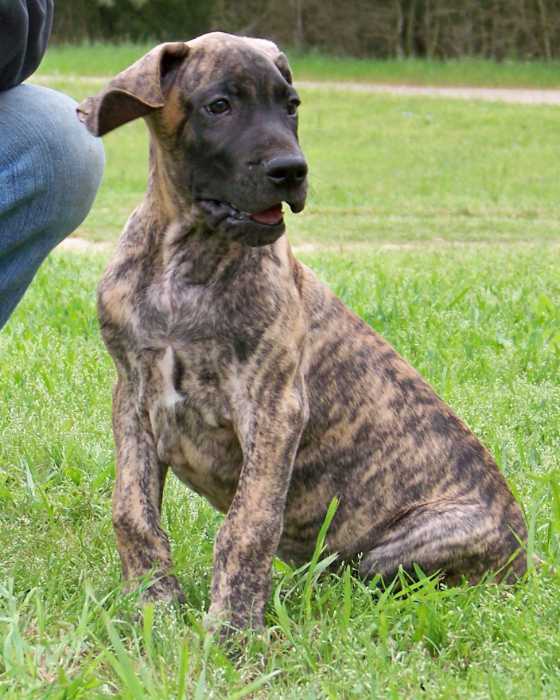
Bottom line: Do your research before getting a Brindle Great Dane! Getting a puppy from a reputable and responsible breeder can help your Brindle Great Dane live a long and healthy life.
ARE BRINDLE GREAT DANES GOOD WITH KIDS?
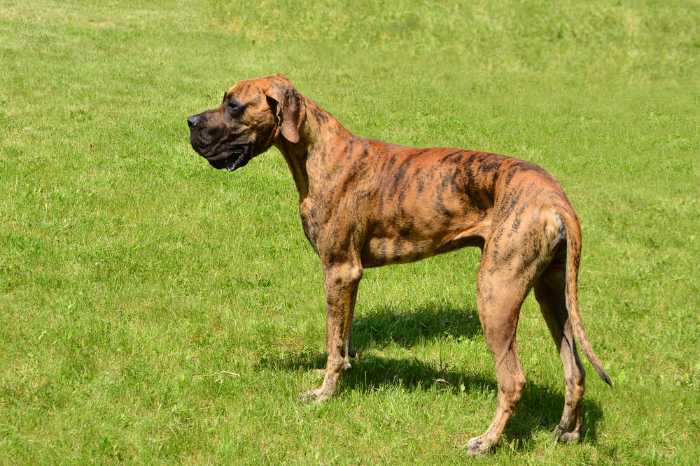
Brindle Great Danes are also known to be very friendly and good with children.
They are gentle giants, after all!
However, because of their size, you need to make sure that your children know how to approach and touch a Great Dane properly, so that they do not accidentally hurt or scare them.
SHOULD YOUR CHILDREN LAY ON OR SIT ON YOUR DANES?
Properly socializing not only your Great Dane puppy but also educating your children on how to interact is going to help all parties be more successful.
Resources for Great Dane breed socialization and training:
WHAT ARE THE TOP ITEMS NEEDED WHEN BRINGING HOME A BRINDLE GREAT DANE?

If you are a new Great Dane owner, you are likely wondering what items you need to bring home with you when you get your new puppy?
Here is a list of the top things you will need:
- A crate or kennel: Crate Training: The Best Crates for Great Danes
- A collar and leash: The Best Collars for Great Danes
- Food and water bowls
- A bed or mat for them to sleep on: Big Barker Bed Review
- A few toys and bones: Best Toys for Great Danes
- Treats: Best Training Treats for Great Dane Puppies
- A properly formulated diet that is fit for a Great Dane: A Tasty Top: The Top 11 Foods to Feed a Great Dane
- A plan of action to train your Great Dane: Respect Training Tips: How to Train Your Puppy Great Dane
- Baby gates and a plan to potty train your Great Dane: 12 Potty Training Tips for a Great Dane Puppy
- Supplements to help your Great Dane grow correctly and stay healthy: Supplements for Great Danes
IS IT EASY TO TRAIN A BRINDLE GREAT DANE?
With proper training, any dog can learn right from wrong.
Canine Good Citizen Training for Great Danes
Your Puppy is Bored
How to Choose the Best Dog Trainer
Schedule for Bringing Home a Great Dane Puppy
Great Danes are no different! They are actually very intelligent dogs and can learn tricks and commands easily.
The key to training any dog is consistency, patience and positive reinforcement.
With proper training, your Brindle Great Dane will be a well socialized pup in no time.
It is important that you work hard while your Great Dane is young to prevent fear and anxiety which can lead to aggression down the line.
Resources for training your Great Dane here:
What is an E Collar?
What is the Difference Between an E Collar and a Shock Collar?
9 Reasons to E Collar Train Your Great Dane Puppy
Is the Gentle Leader an Abusive Tool?
99 Reasons Why to Use an E Collar and a Shock Ain’t One
Things that are More Aversive Than an E Collar in Training
E Collars are NOT Shock Collars
Proper E Collar Placement
E Collar Comfort Pads
E Collar 900 Review
Using an E Collar to Teach Recall
WHAT ARE THE OTHER COLORS OF GREAT DANE DOGS?
The coat colors of other Great Dane puppies vary depending on how the dogs are bred.
Great Danes, when in breed standard, come in 7 official Great Dane colors: Fawn, Blue, Black, Mantle, Merle, Brindle and Harlequin Great Danes.
Blue Great Danes
Mantle Great Danes
14 Exciting Things about Black Great Danes
Double Merle Great Danes
Miniature Great Danes: The Pocket Size Version
Colors of Great Danes
Harlequin Great Danes
White Great Danes
Of course there are many more colors of Great Danes that don’t fall under the breed standard due to crossbreeding.
Some popular non-standard/ unofficial Great Dane colors are: Lilac, Chocolate, Blue Fawn, Fawn colored Harlequin (Fawnequin Great Danes) , Piebald Great Dane, and White Great Danes (otherwise known as double Merle).
Off Standard Colors of Great Danes
Double Merle: A Big, Beautiful Issue
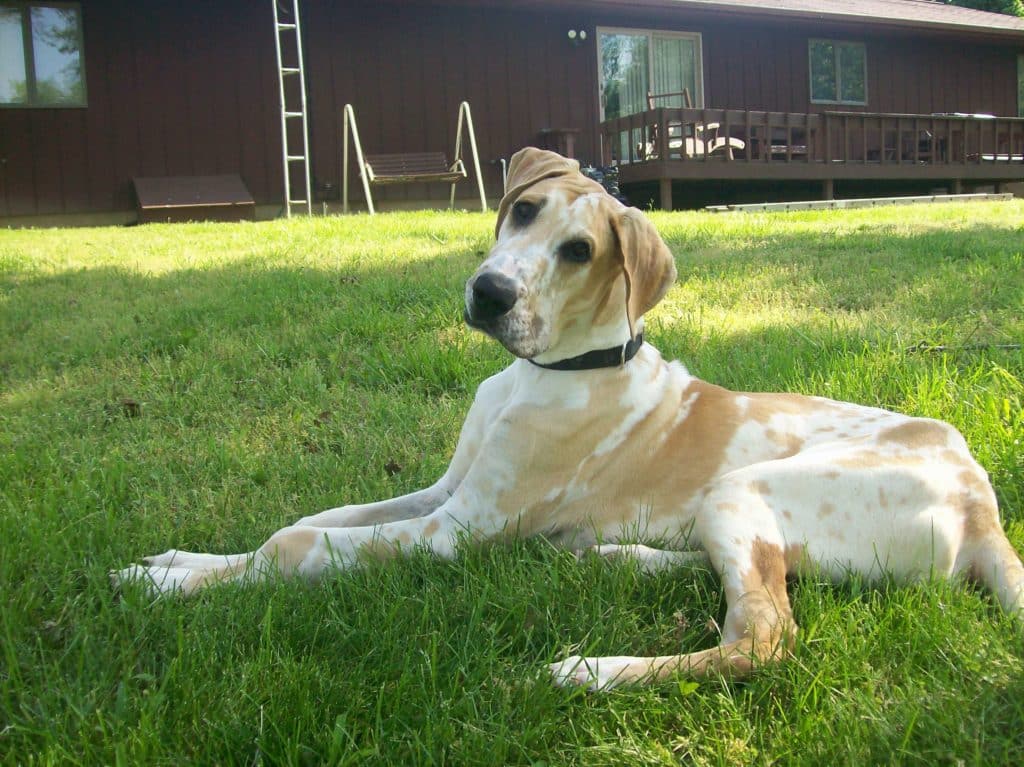
MERLE GREAT DANES
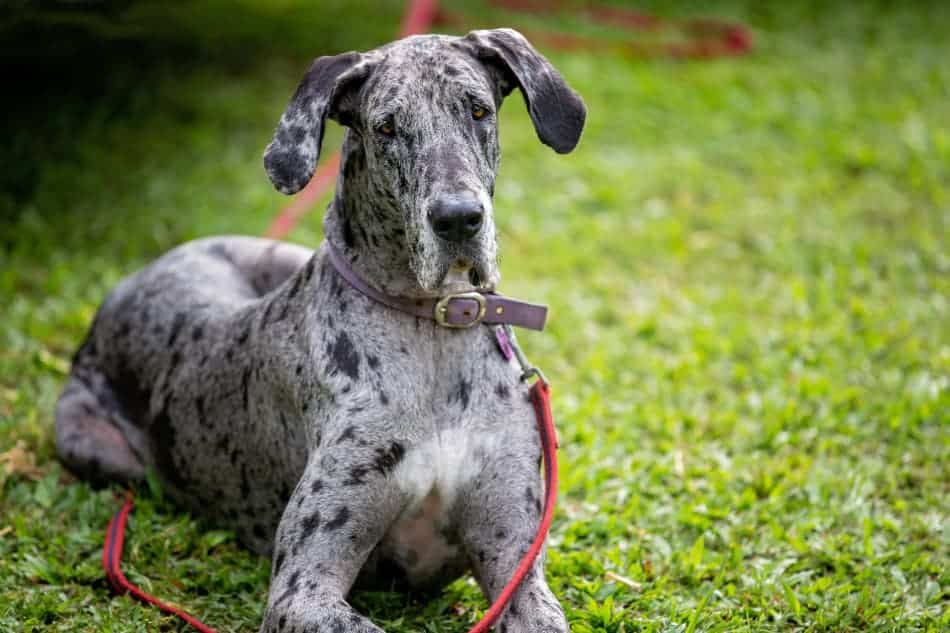
Merle Great Danes are an extremely beautiful and popular coat color in the dog breed.
Merle coat colors are somewhat of a pure steel blue base coat with black markings.
These black patches can vary in size and location.
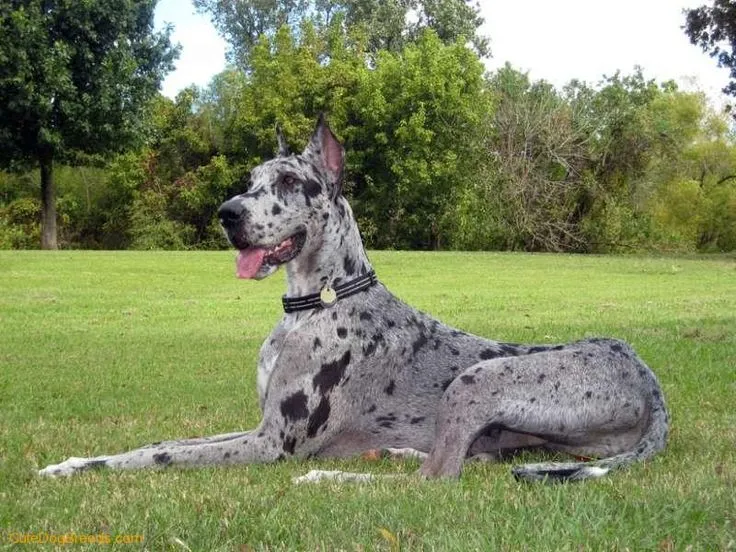
The merle gene is a diluting factor and will often lighten the coat of the dog.
A merle Great Dane should never be bred with another Merle Great Dane, and you should always ask the breeder for proof of color testing. That is because the Merle gene in a Merle Great Dane is responsible for producing white Great Danes, when two of them are bred together.
A single Merle gene, by itself, is a very healthy gene and you should not worry about your Merle being a healthy Great Dane, if bred responsibly. Merle Great Danes do not face any health issues that any other Great Dane doesn’t.
MANTLE GREAT DANES
Mantle Great Danes are completely black with a white coat around the neck and chest area. Their black blanket can vary in size and white markings, but the a Mantle Great Dane at dog shows should only have a white markings on its neck and snout.
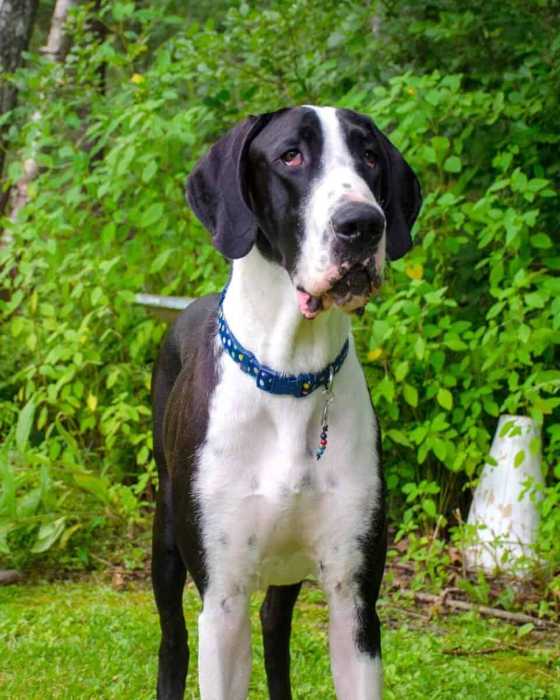
The white markings on a Mantle Dane can vary from a small patch to almost completely white chest and neck as well as sometimes tail tip and feet.
A Mantle Great Dane is very similar in color to a Black Great Dane, but with the addition of the white markings.
A correctly marked Mantle Great Dane will also sometimes have broken spots on their black coat where white patches break through. However, in dog shows it is important that their coat color remain free of white markings on the black coat.
DO I WANT A SHOW DOG OR A PET?
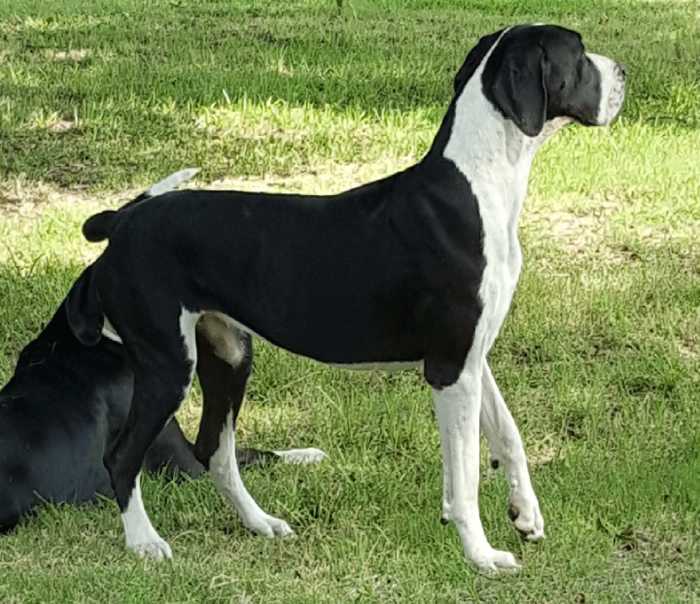
Mantle Danes are very beautiful and their black coat has a regal look about them. If you are looking for a Mantle Great Dane to add to your family, beware: they are one big gentle giant.
FAWN GREAT DANES
Fawn Great Danes are one of the most popular colors of this dog breed. A breeder can produce fawn Great Dane puppies when they breed either two Fawn Great Danes together or any Great Dane that carries for Fawn with a fawn colored Dane.
FAWN GREAT DANES: WHAT COLOR IS SCOOBY DOO?
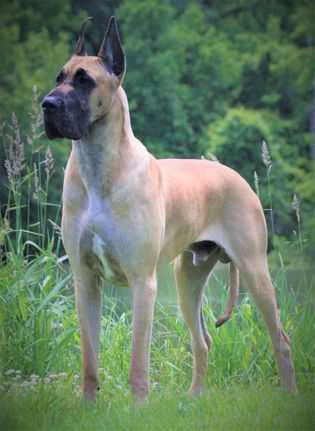
Other than their coat color, Fawn Great Danes are just like any other color of this gentle giant breed. They are loving, playful and make great family dogs.
A Fawn Dane is a beautiful golden color with black shading around the face, ears, and tail.
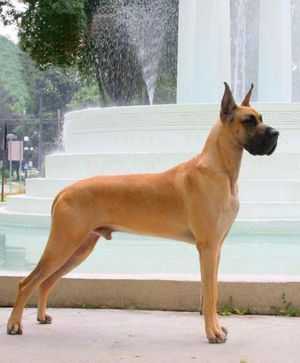
The amount of black on a Fawn Dane can vary from very little to almost completely black.
The fawn coat is often referred to as a ‘Scooby Doo’ coat color, since both are somewhat yellow/gold.
If you are looking for one of the 7 official Great Dane colors, a Fawn Great Dane and their golden brown fur might be a classic, original coat color for you.
HARLEQUIN GREAT DANES
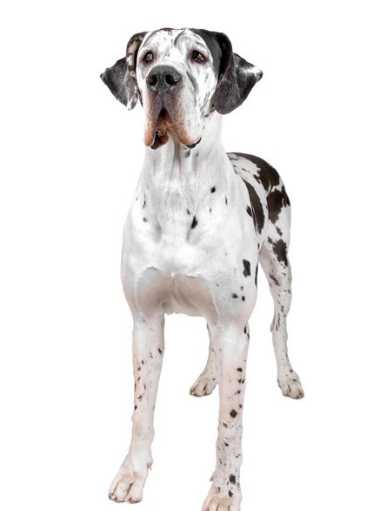
Harlequin Great Danes are probably the most well-known color of this dog breed.
Harlequin Danes are white with black spots all over their body. A properly marked Harlequin Dane should not have too many black patches, but also should not have a completely white coat.
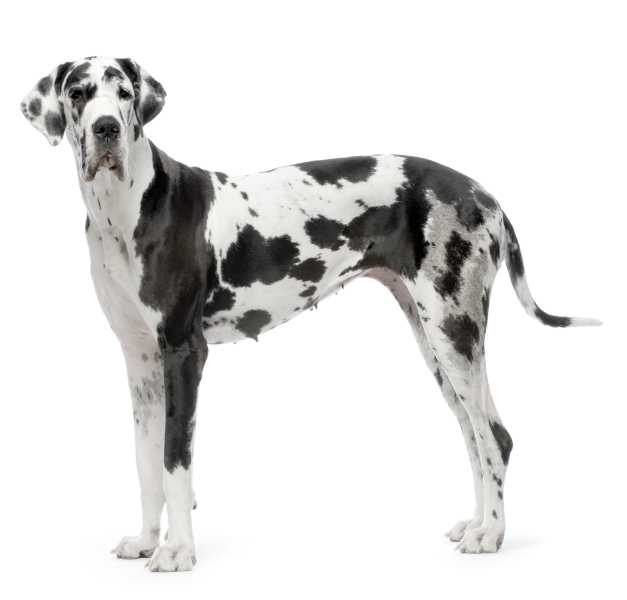
The size and shape of the spots can vary greatly from one Harlequin to another. That is what makes a Harlequin Great Dane so unique- each one has different coat colors and black markings.
Some Harlequins will have large round spots while others will have smaller, irregular shaped spots.
Great Dane Markings on a Harlequin Great Dane may not be the only thing that makes them resemble a cow- they also may eat as much as one too!
BLUE GREAT DANES

Blue Great Danes are a beautiful blue color from the blue gene. At times, they may have a white muzzle or white neck. A Blue Great Dane puppy is sweet like the rest- every Blue Great Dane I have met is just as loving and friendly as any other color of this dog breed.
A Blue Great Dane is very beautiful and their blue coat colors can vary from light to dark blue. Some Blue Great Danes resemble almost a silvery light blue while others are a darker more gray Blue Great Dane.
But, it is more favorable if they are completely solid Blue.`
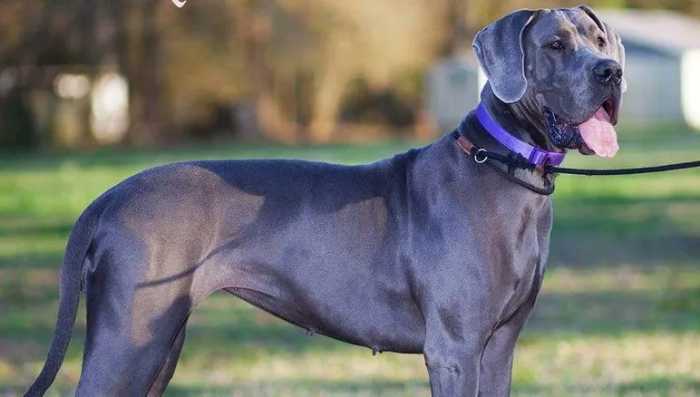
Blue Danes are very popular and have a regal look about them.
Not very many people can turn down how adorable they are, either!
BLACK GREAT DANES
Black Great Dane dogs are extremely elegant looking.

Dog lovers refer to them as ‘Black Velvet’, as for some reason, they tend to be the softest of all Great Danes.
Most desirable is a solid black coat, but some might have some parts of a white coat on their hind legs, a white muzzle, or white tail tip or toes.
If they have any part of a Harlequin coat, they are not a true black Great dane, but rather a Harlequin Great Dane.
ALBINO GREAT DANE
A Great Dane with a solid white coat is known as a Double Merle. DM Great Danes, although beautiful, have a high risk of being deaf or blind.
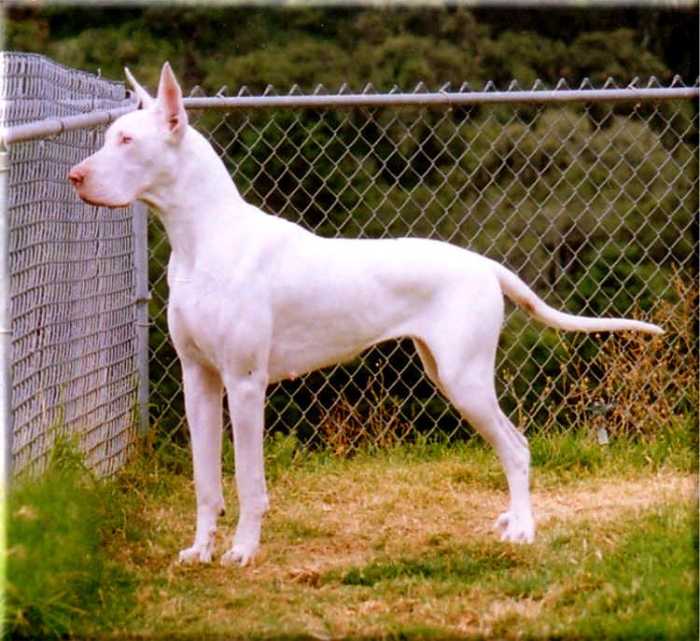
This is why most breeders do not purposely breed for this coat color.
If you see a completely white Great Dane, chances are he/she is deaf or blind, or both.

White Danes are the product of backyard breeding or uneducated breeders who breed together two dogs who both have merle genes. When a white Dane is produced, the breeder should inform any prospective family that they are not getting a healthy Great Dane. Albino Great Danes face many health issues in their lifetime.
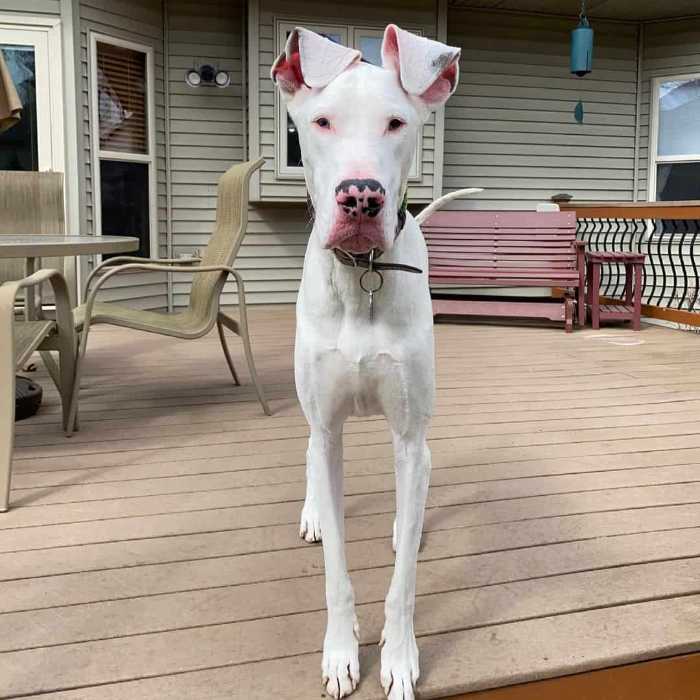
Not all Double Merle Great Danes will be completely white. Although it is most common that they will have a completely white coat, they might have more merle or Harlequin on them, black patches with white markings, etc, and still be considered a DM Great Dane puppy.

The white coat may be catching to the eye, but White Great Danes should never be produced intentionally.
IS A BRINDLE GREAT DANE RIGHT FOR MY FAMILY?
Overall, Great Danes are incredible members to add to your family. They are gentle giants who love nothing more than spending time with their family.
Each Great Dane color has their own unique personality and set of characteristics, so it is important to do your research before you decide on which color is right for you and your family.
No matter what color you choose, a Great Dane will bring joy and laughter into your home.
Do you have your heart set on a certain color of Great Dane? Perhaps you are considering a Blue Great Dane or even a Black Great Dane.
But have you ever seen a Harlequin Great Dane? Harlequin Great Danes are one of the most unique and beautiful colors of this breed.
If not, be sure to check out this post: Harlequin Great Danes.
READ MORE:
